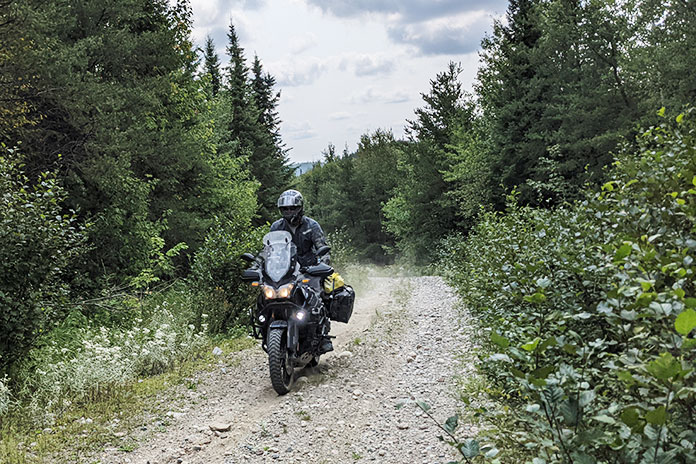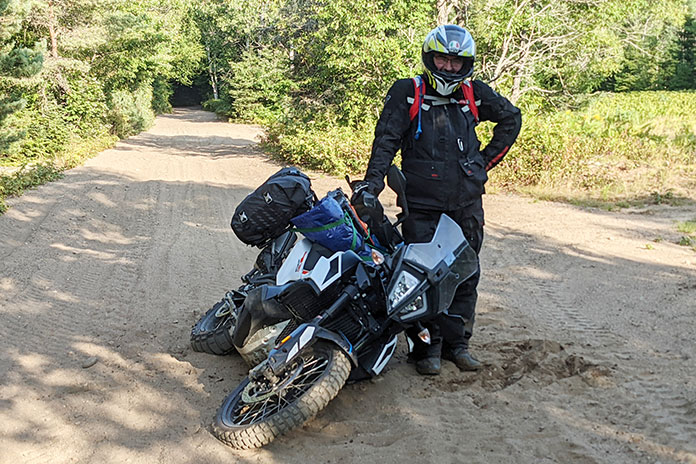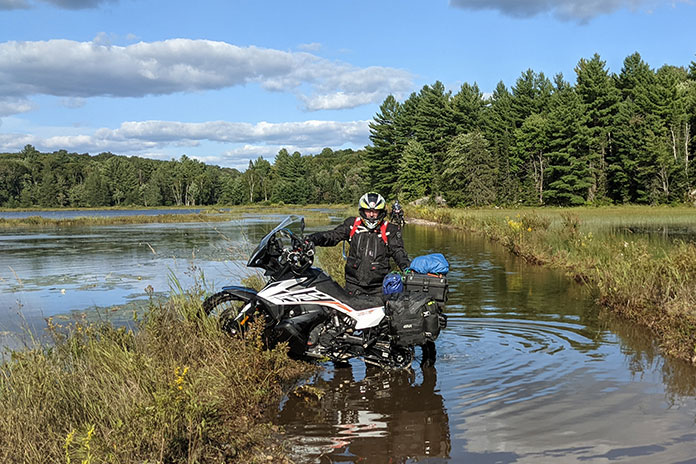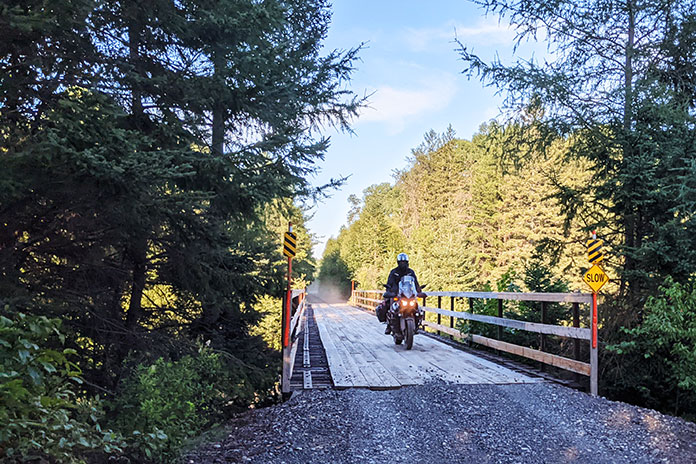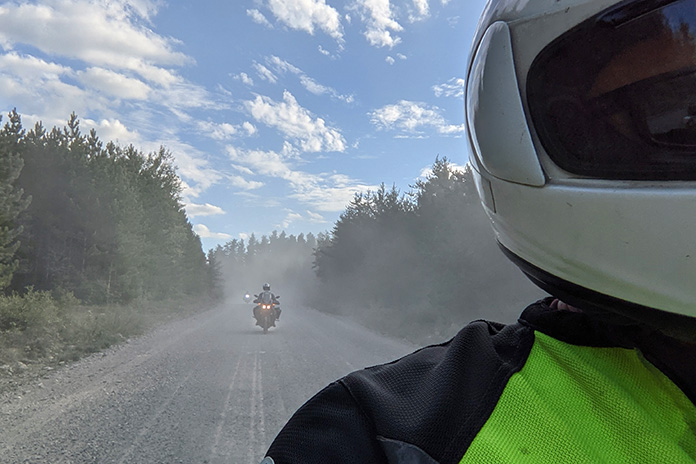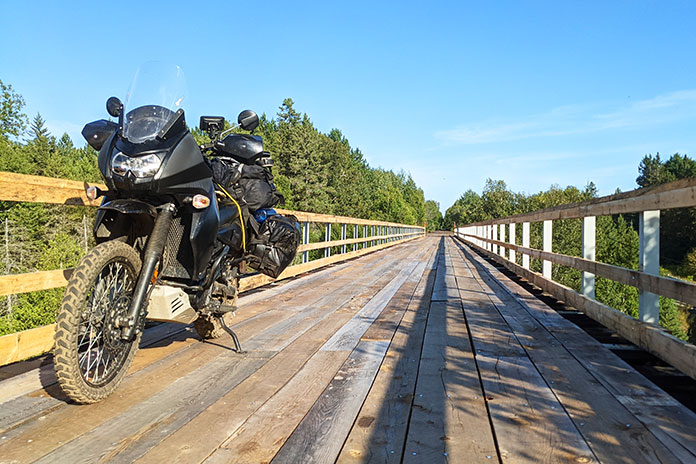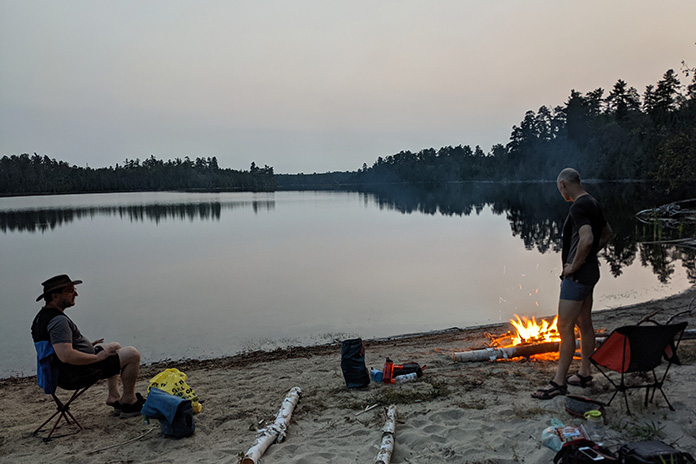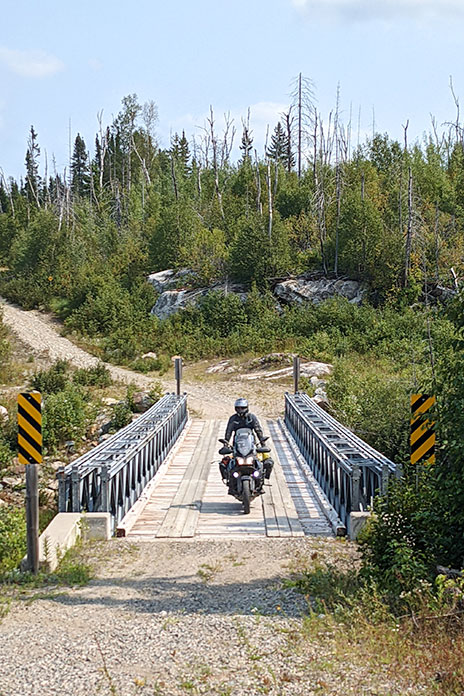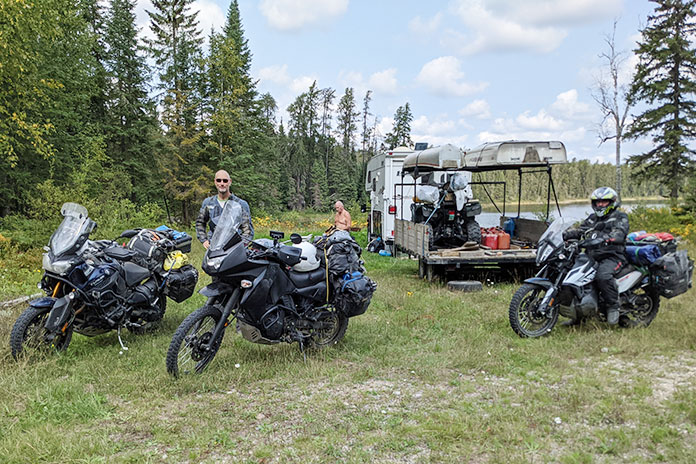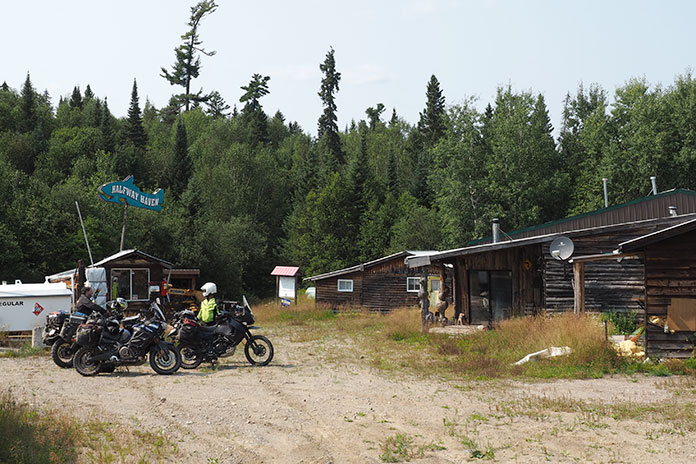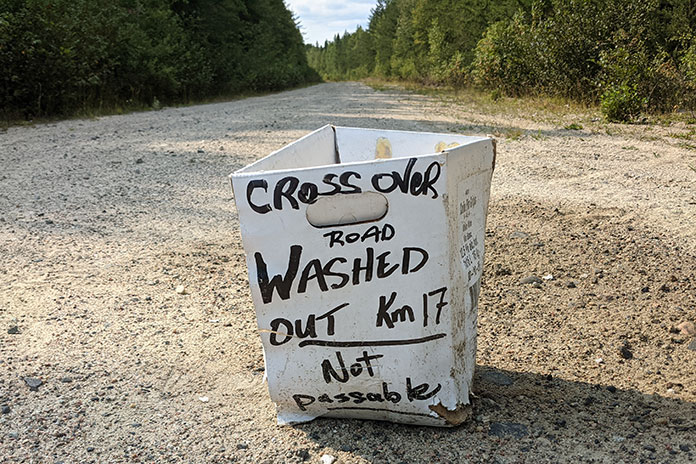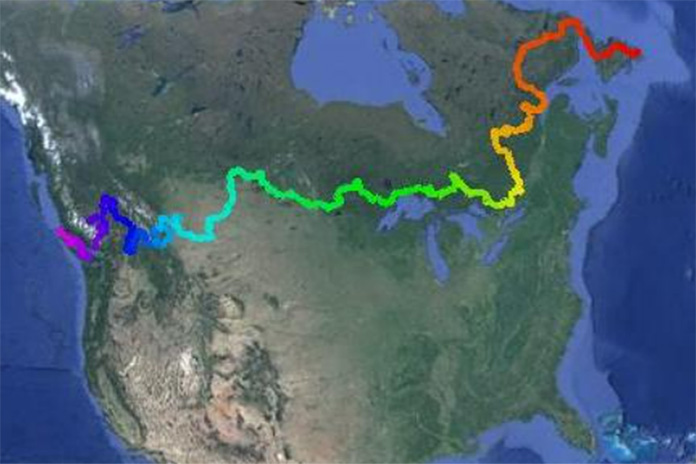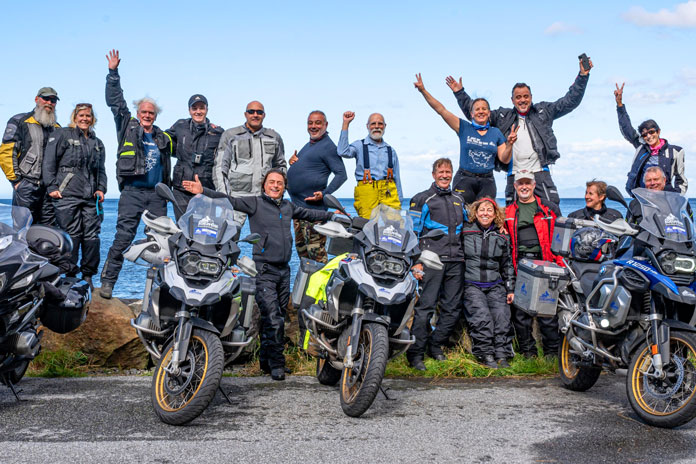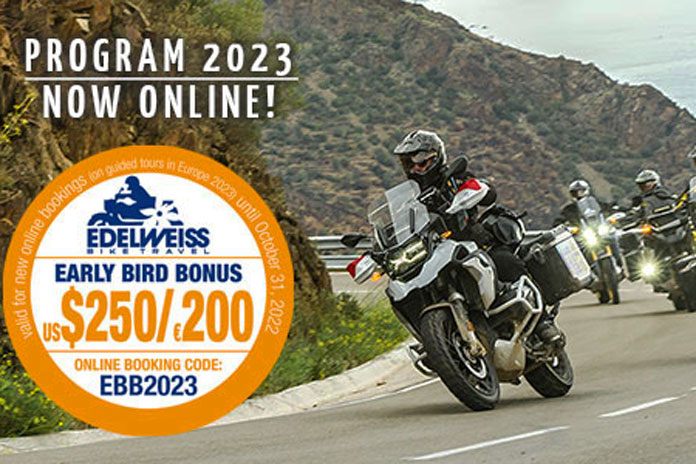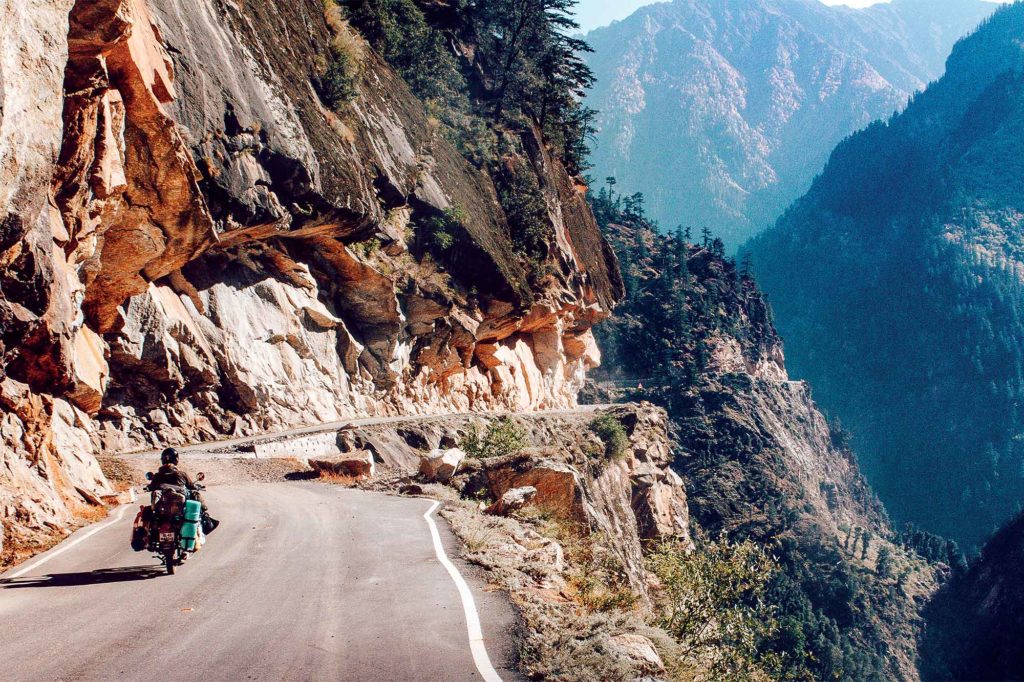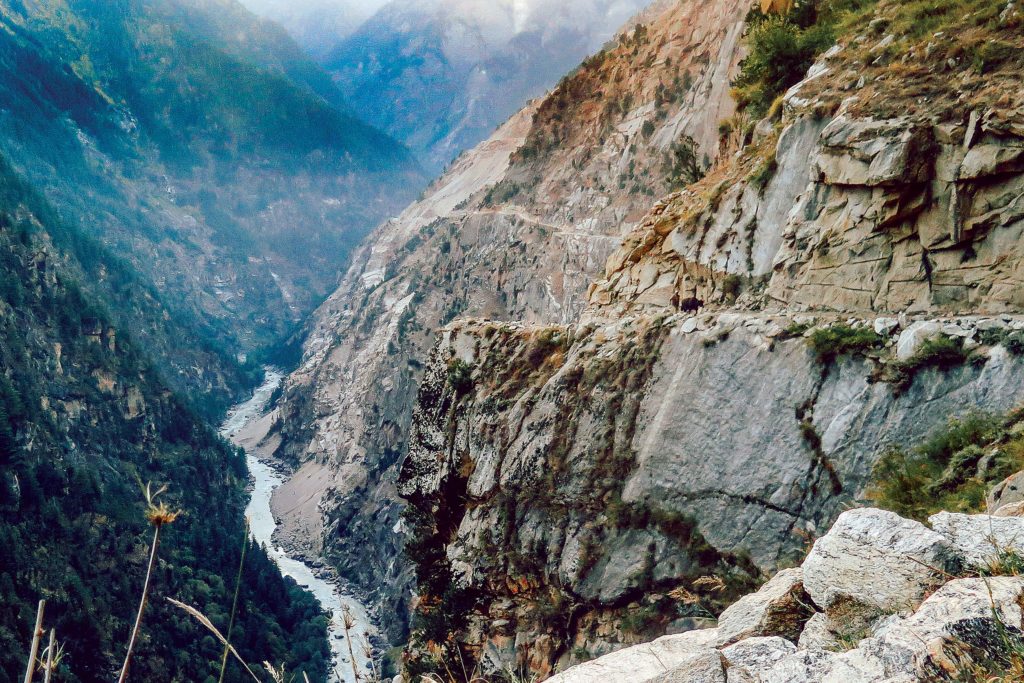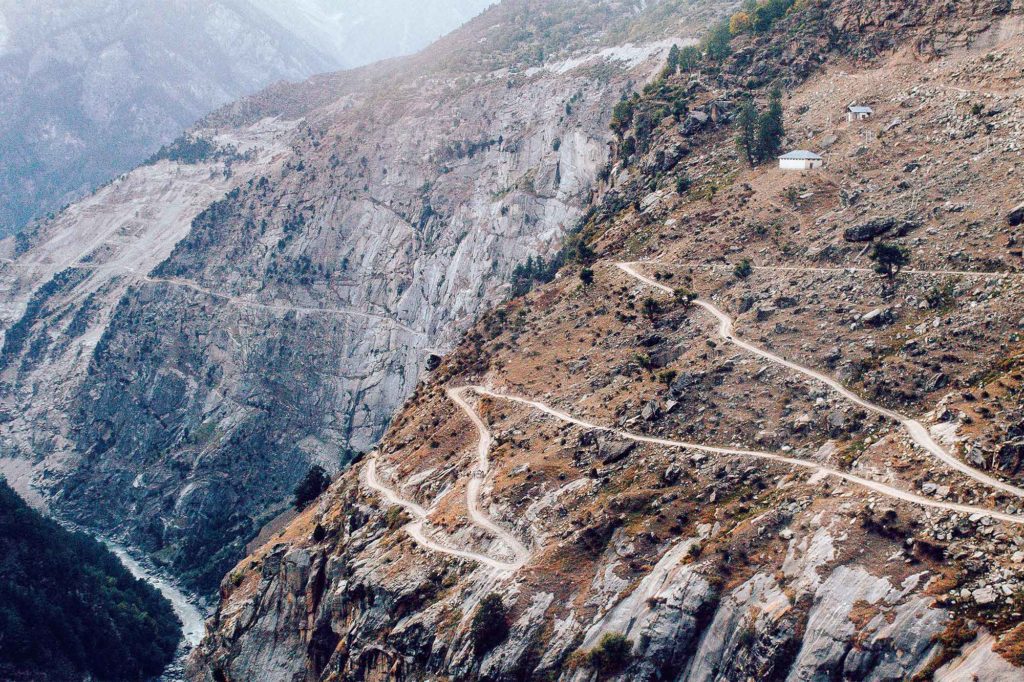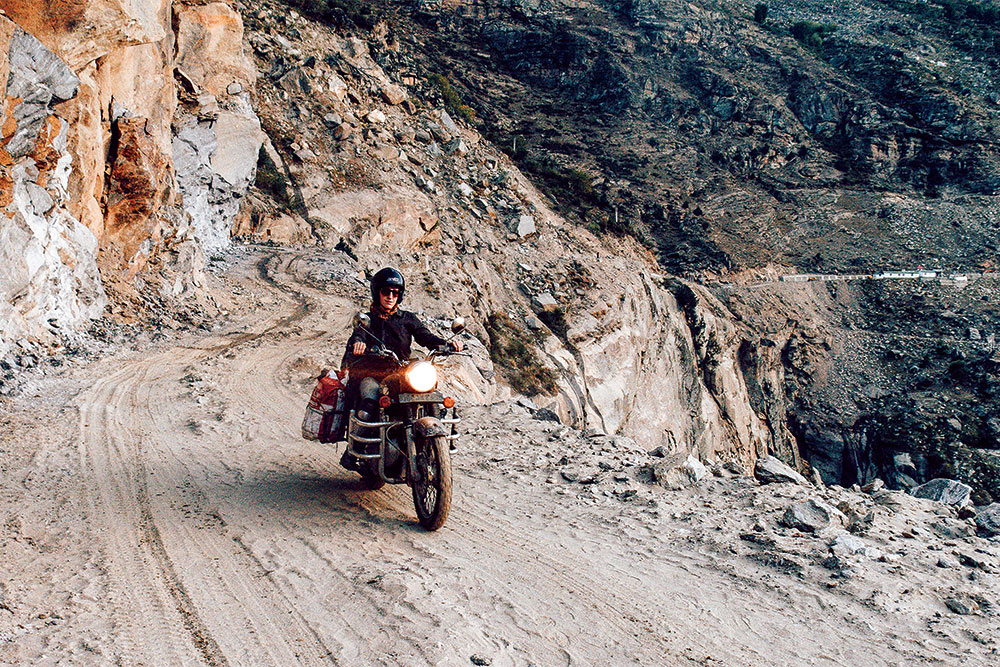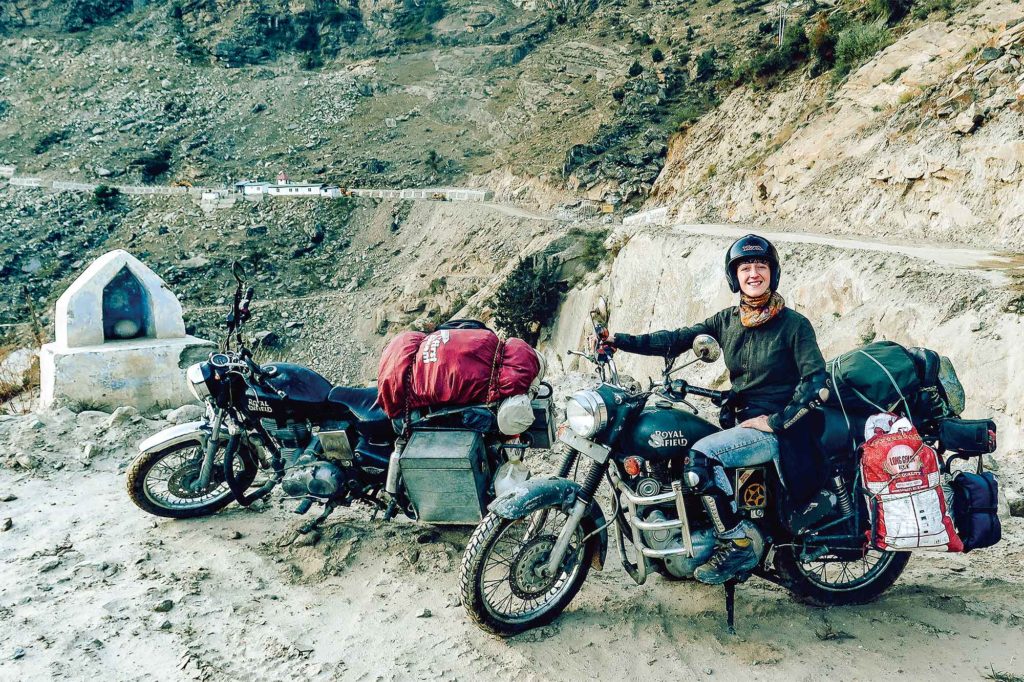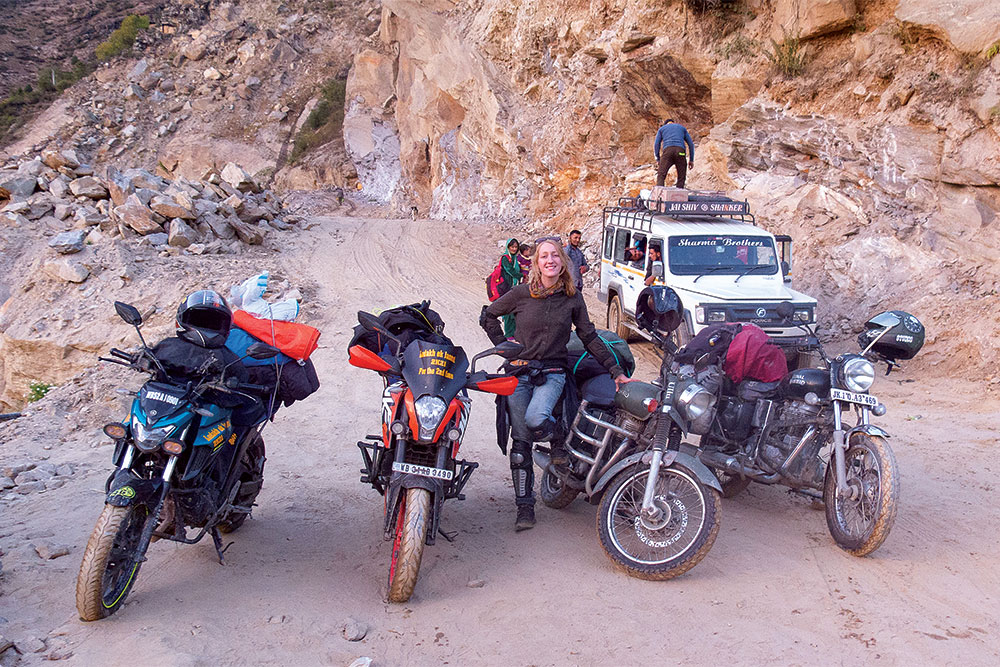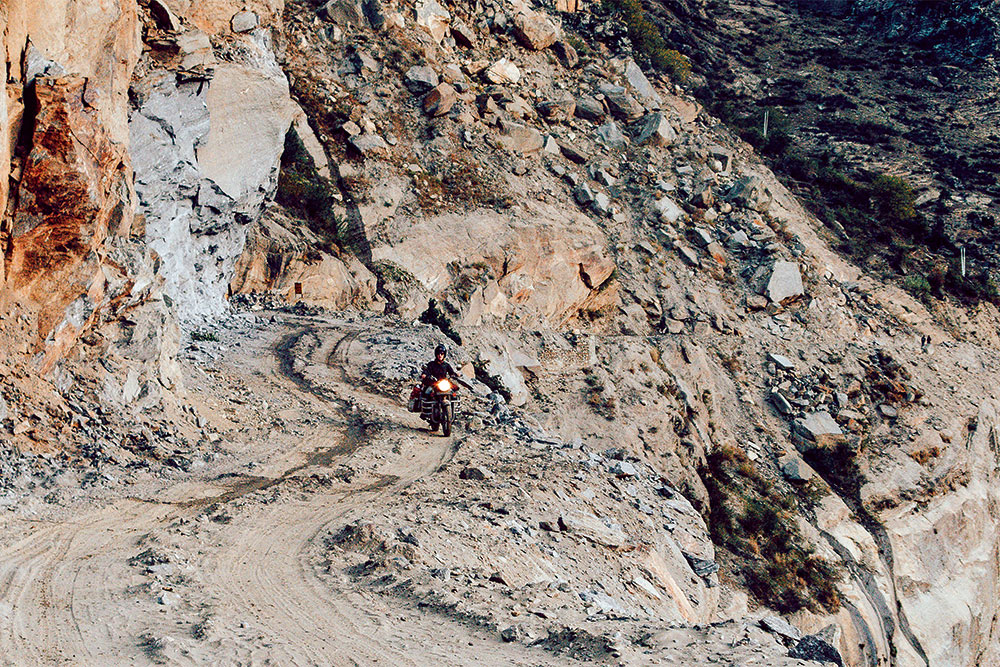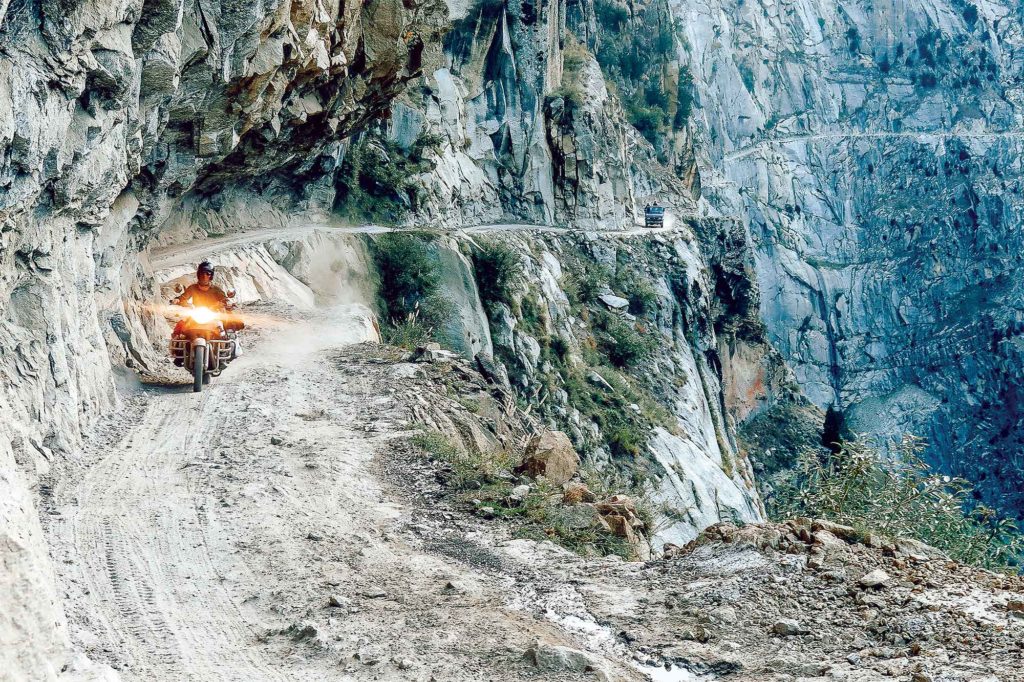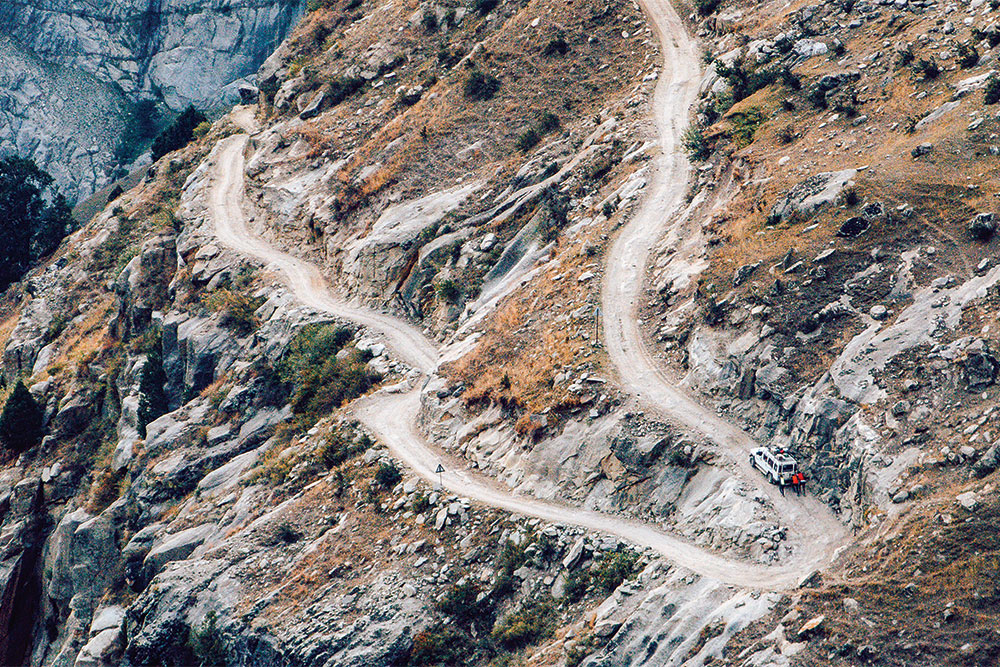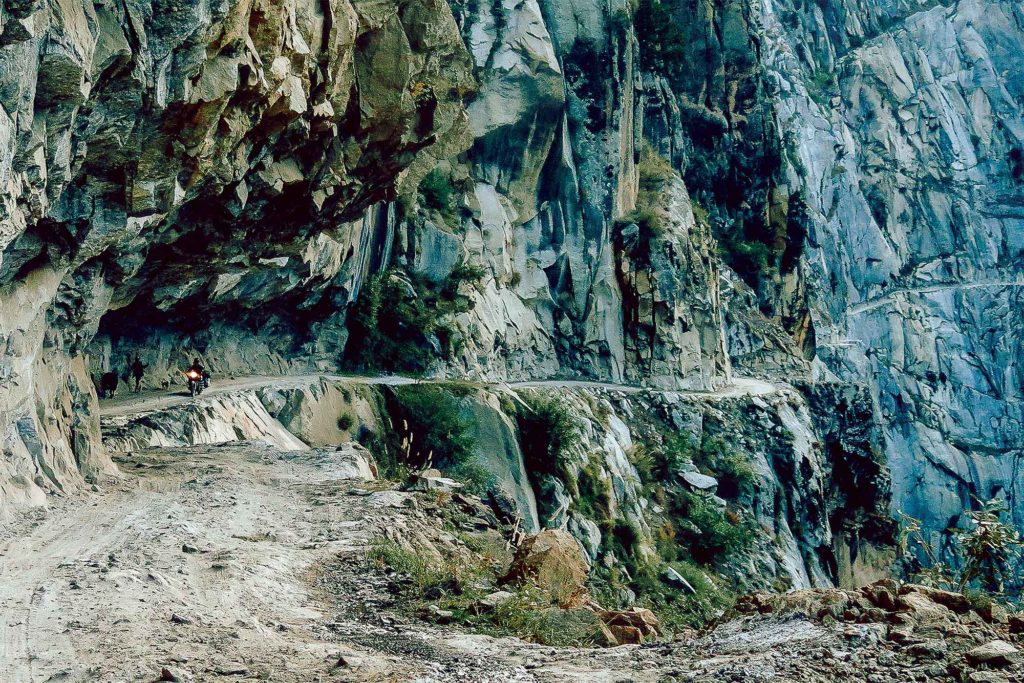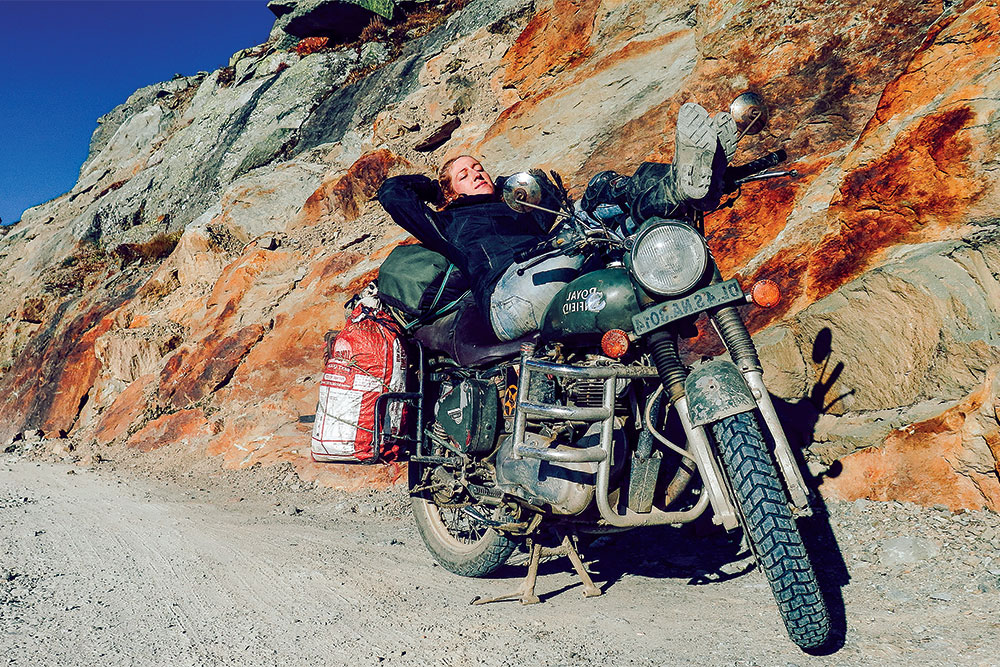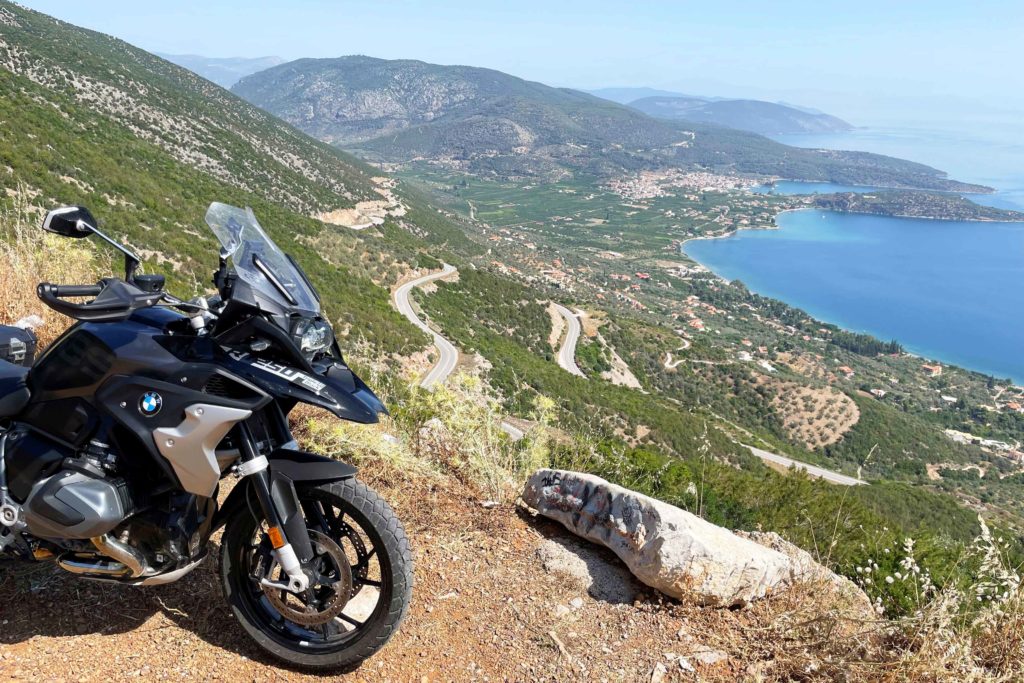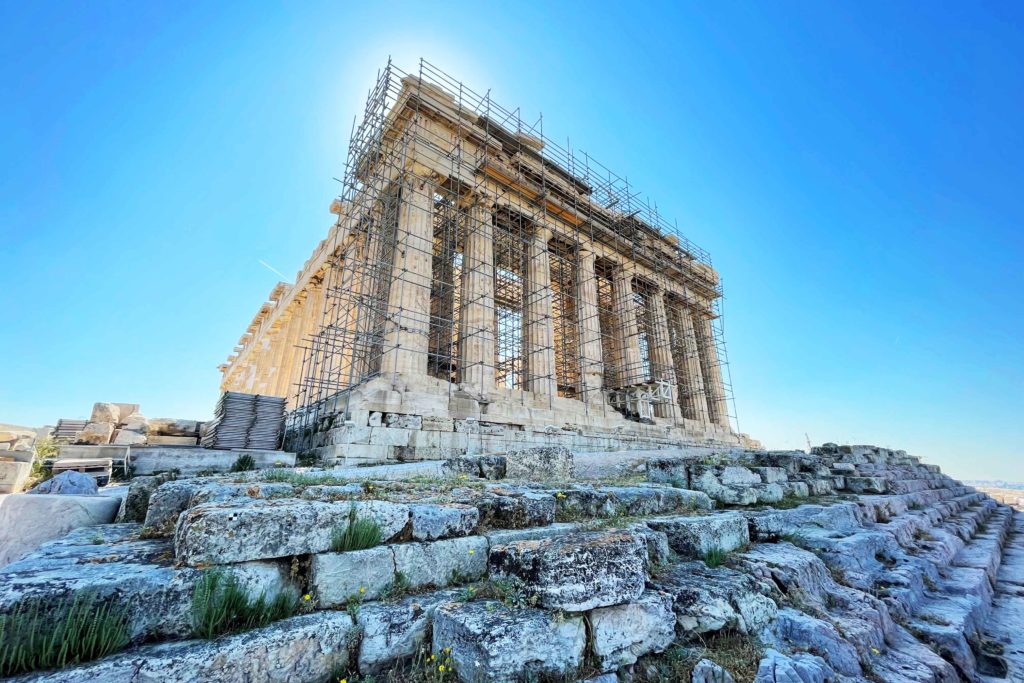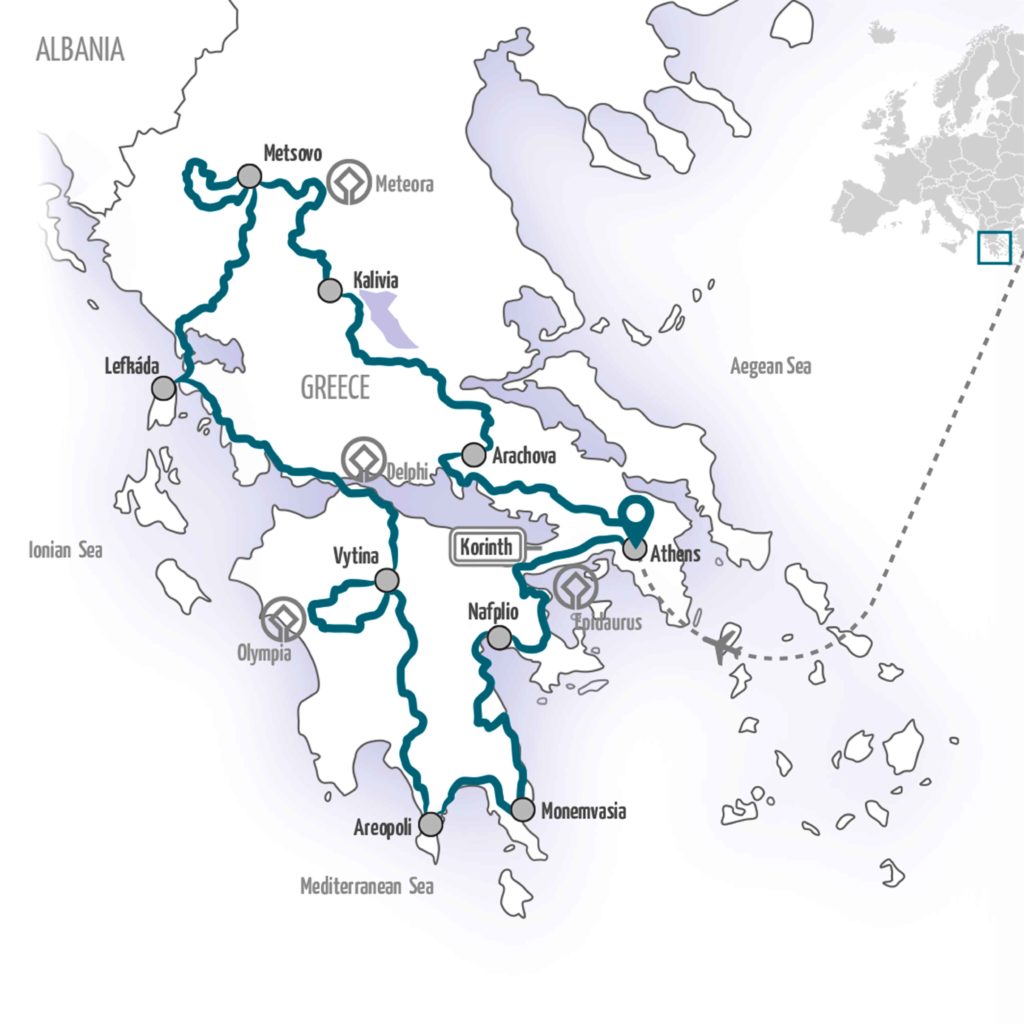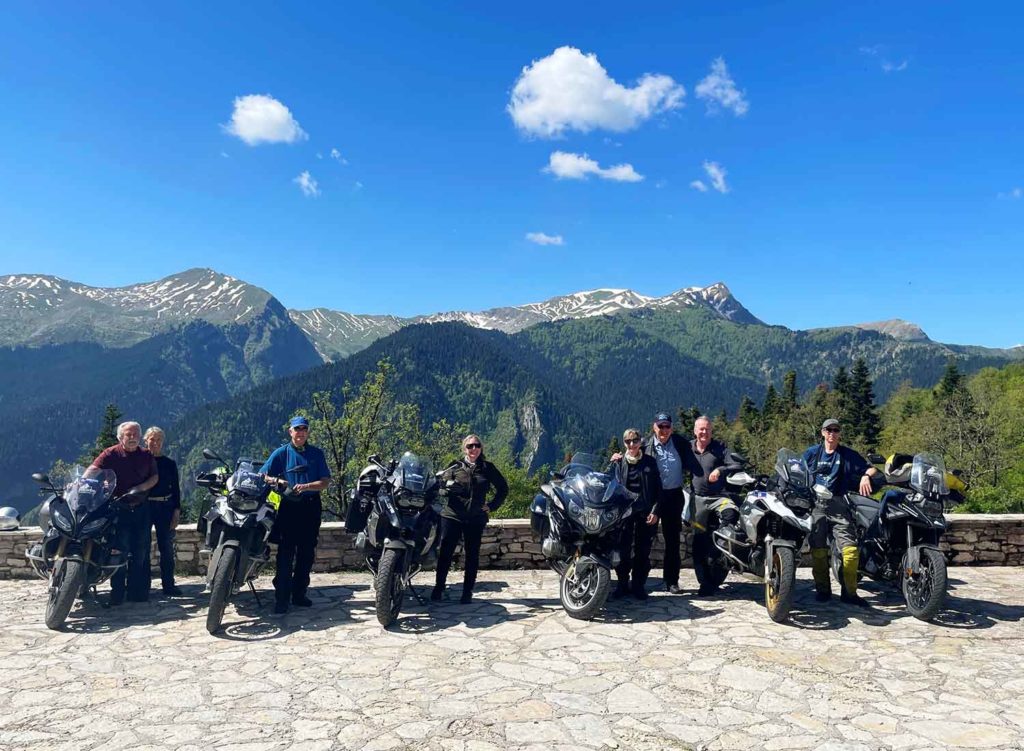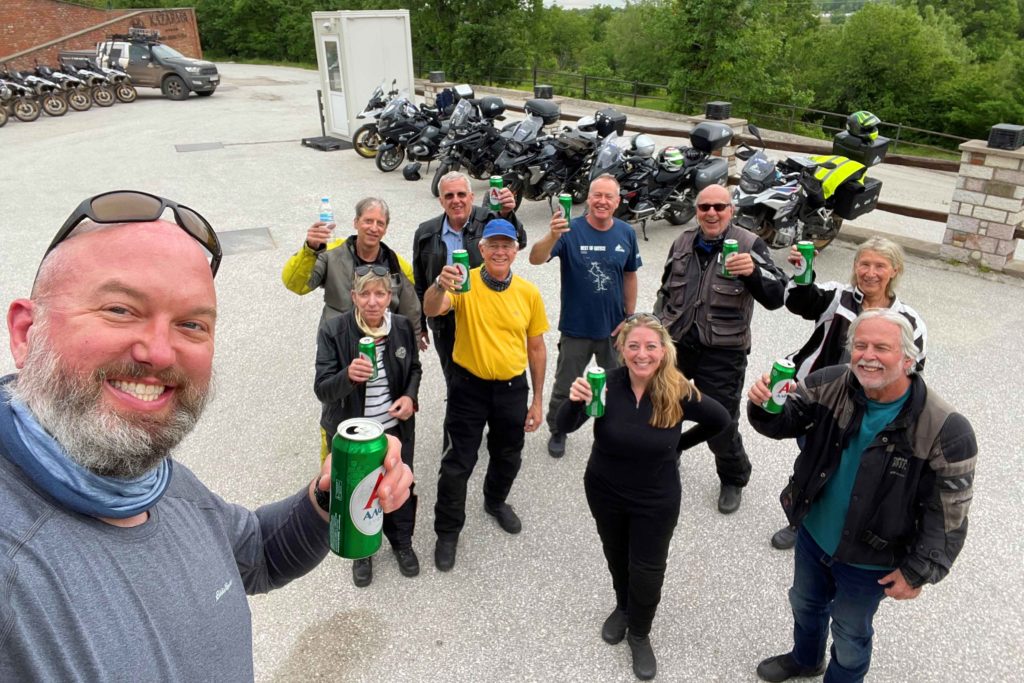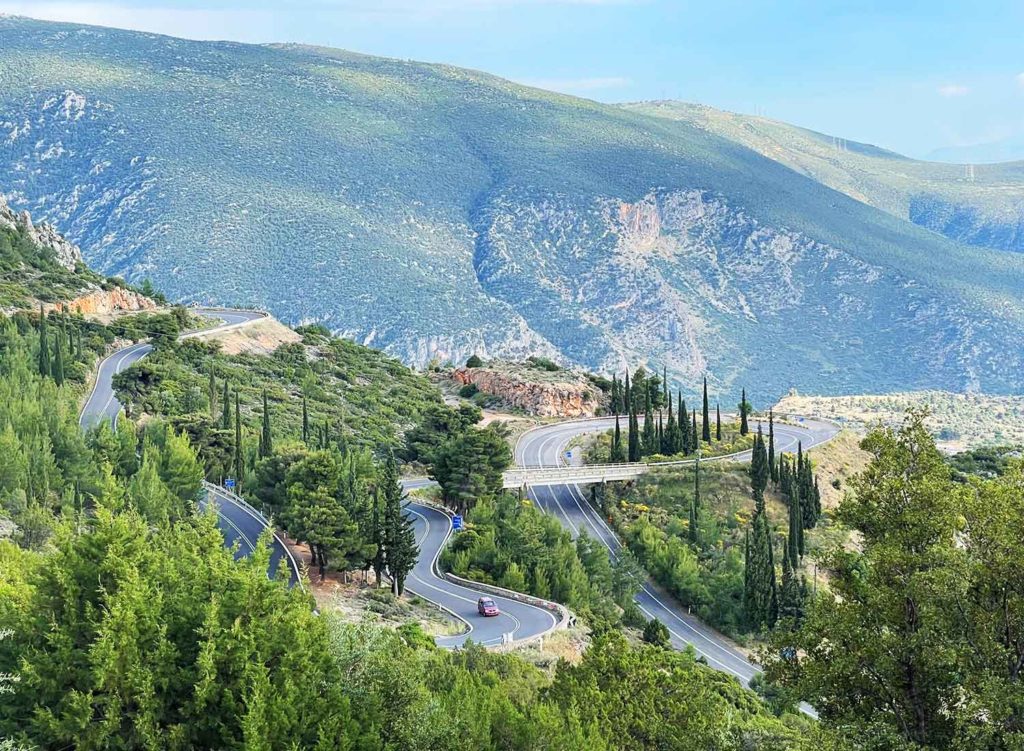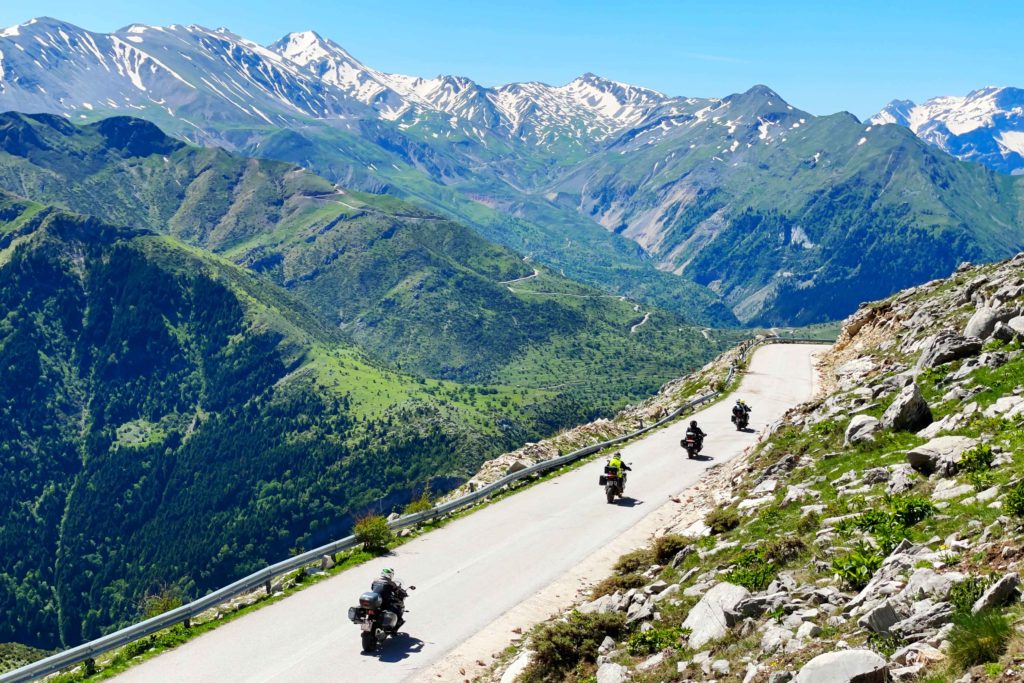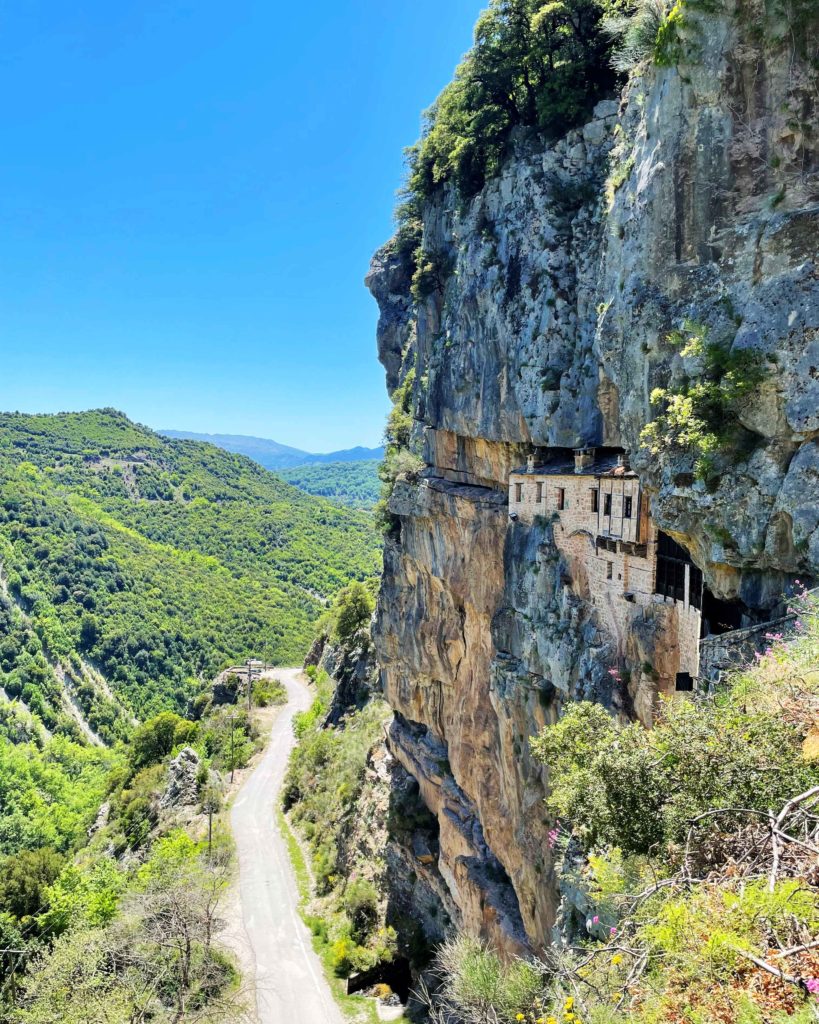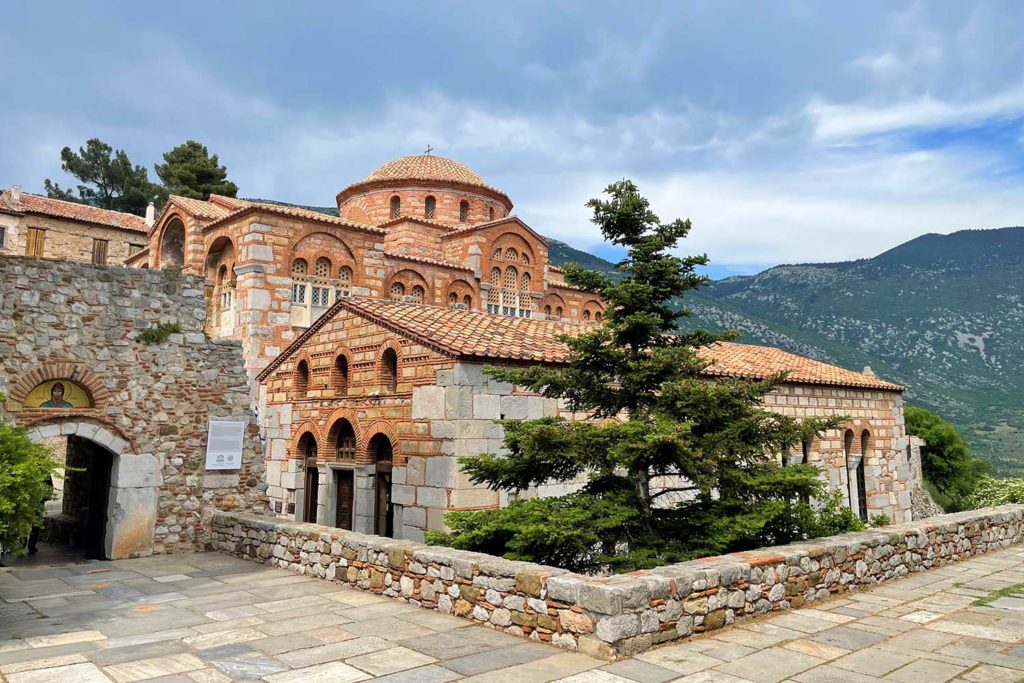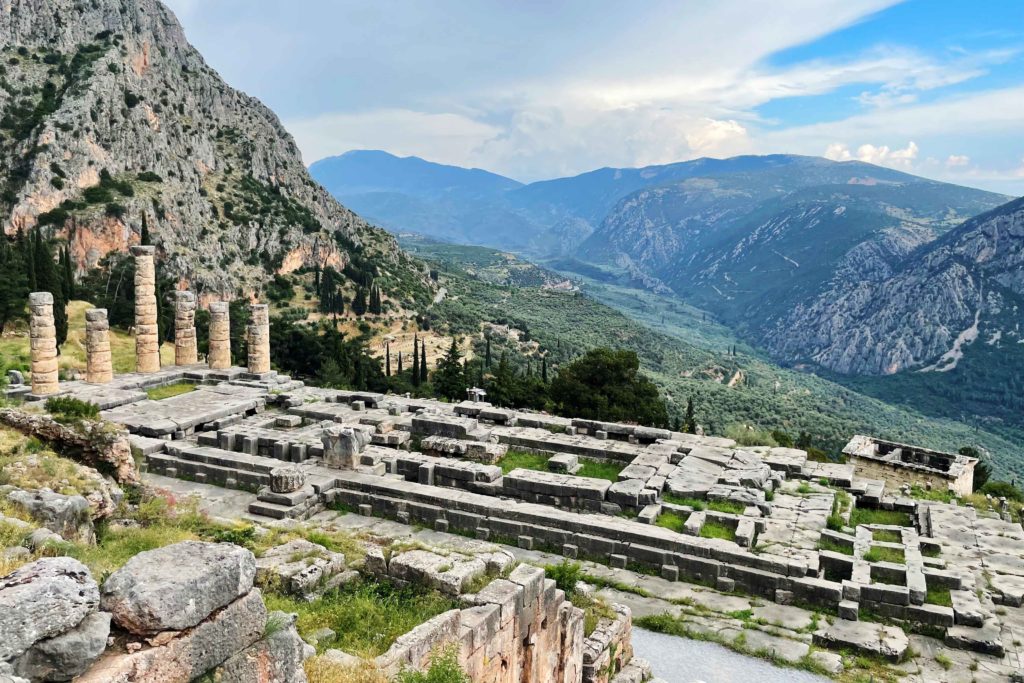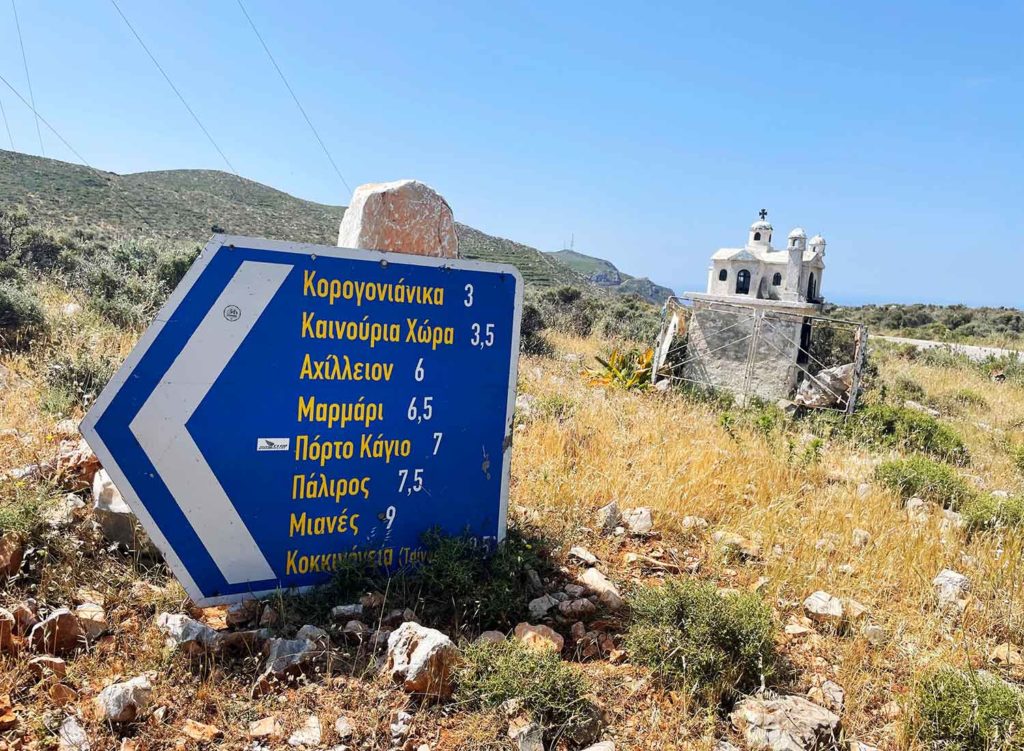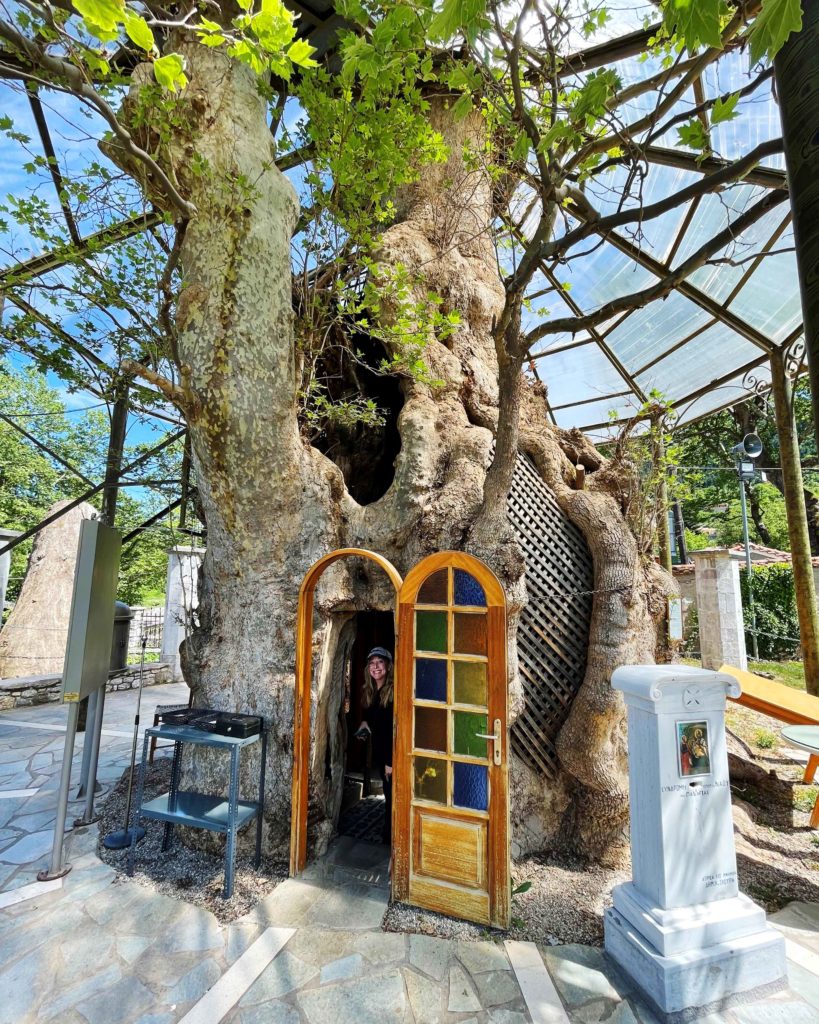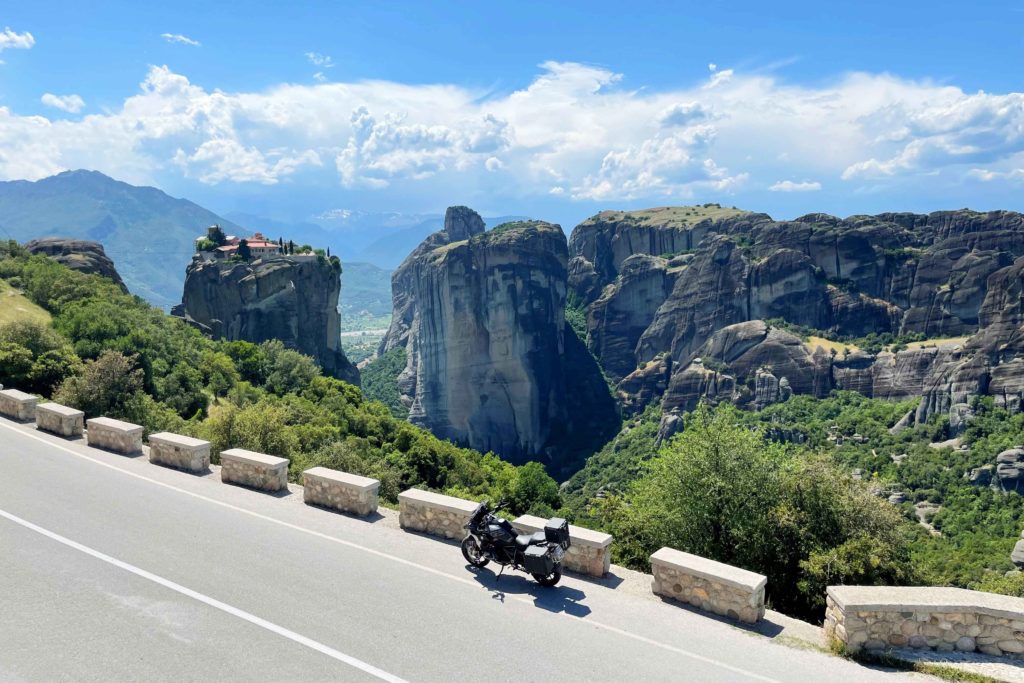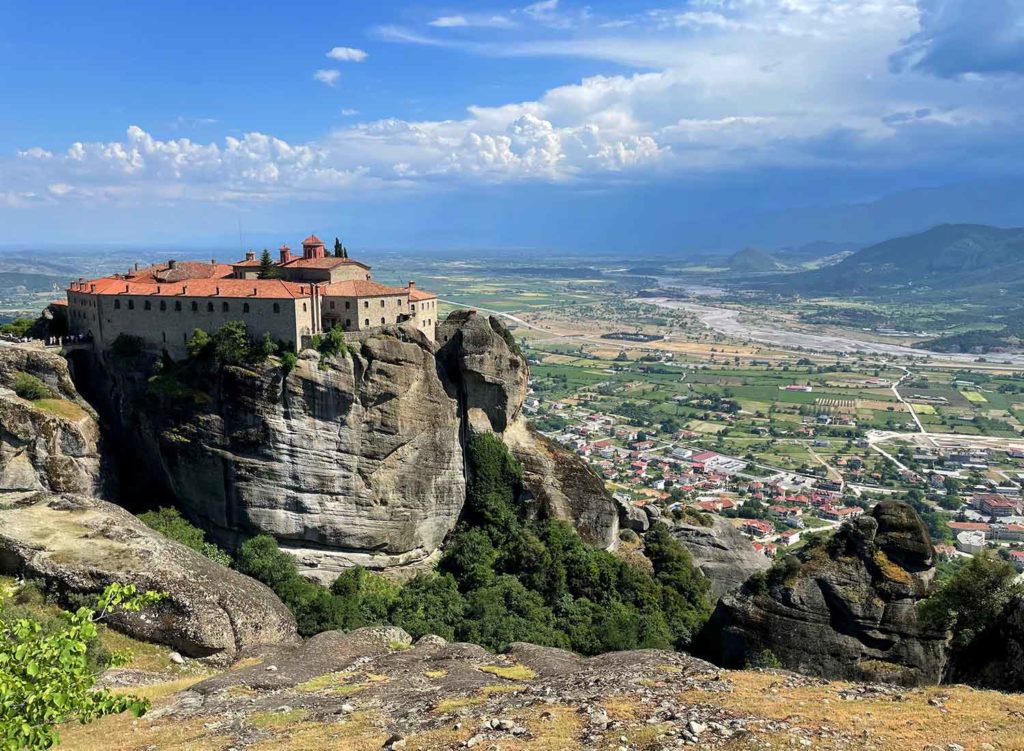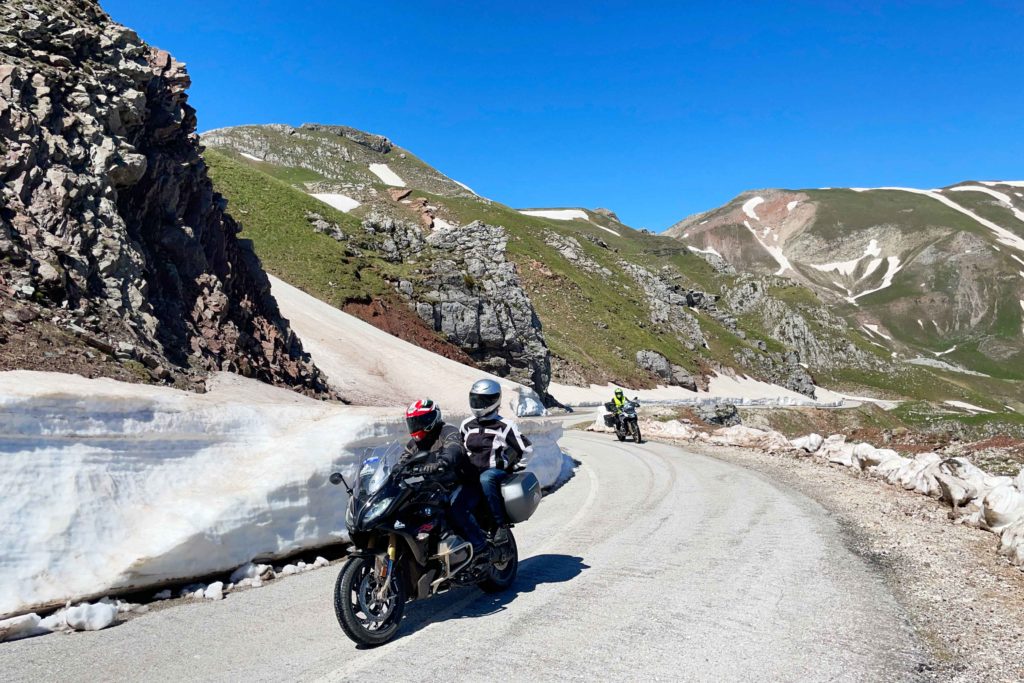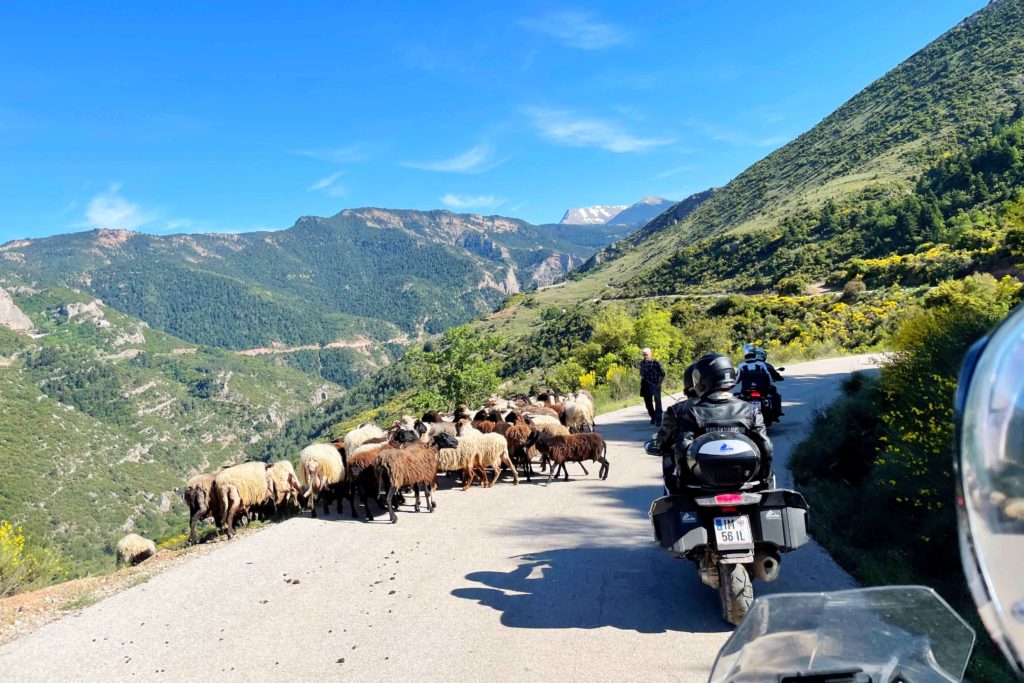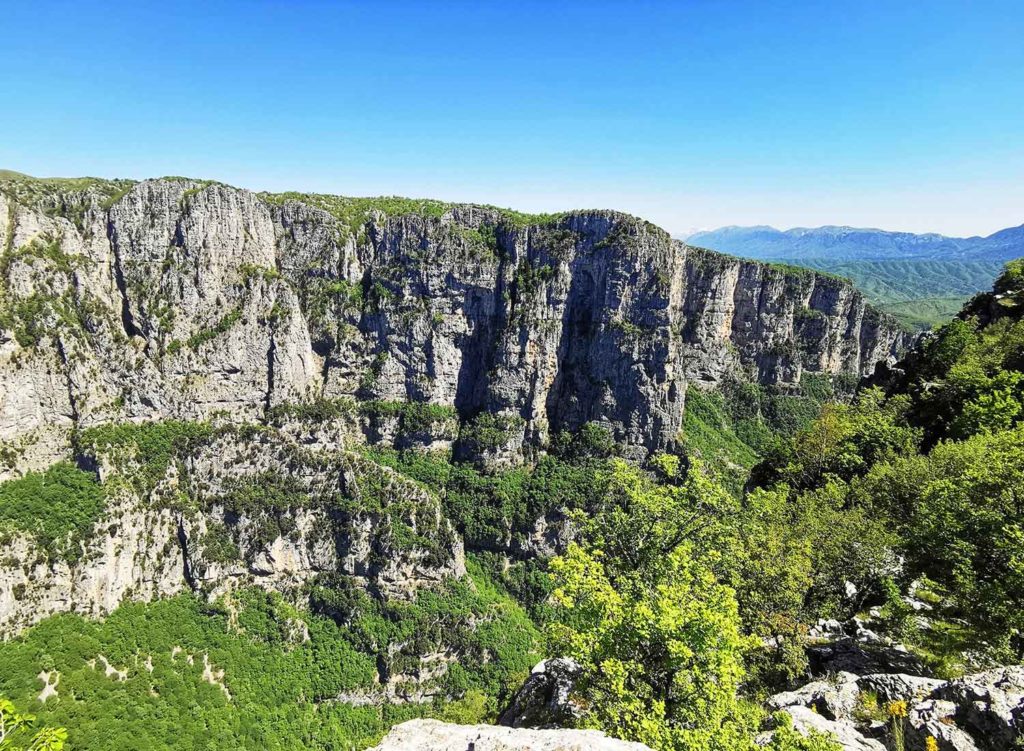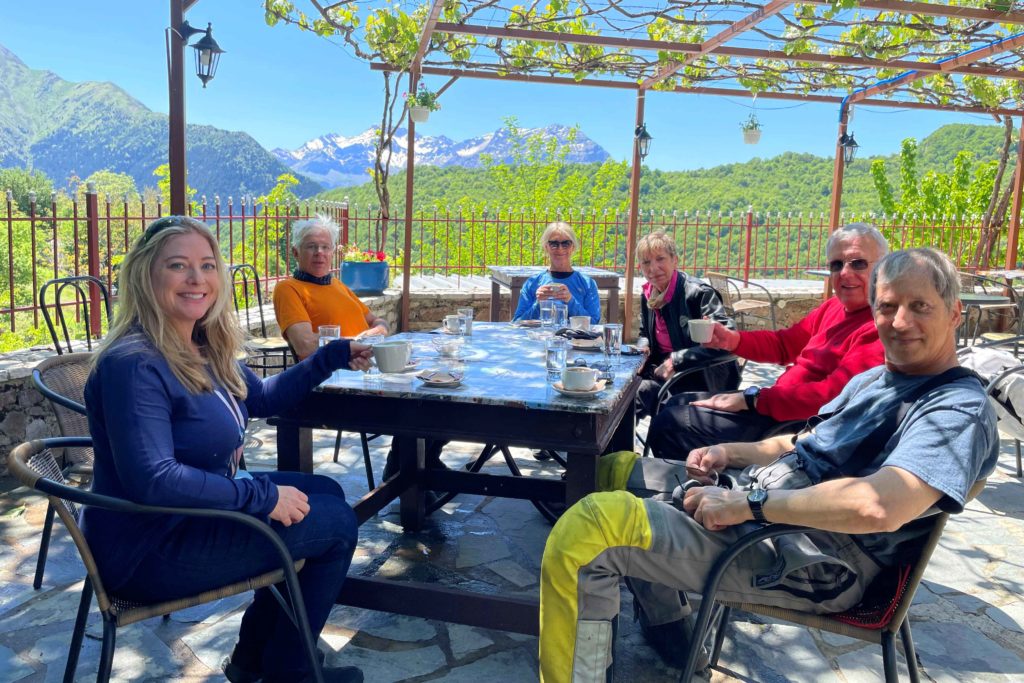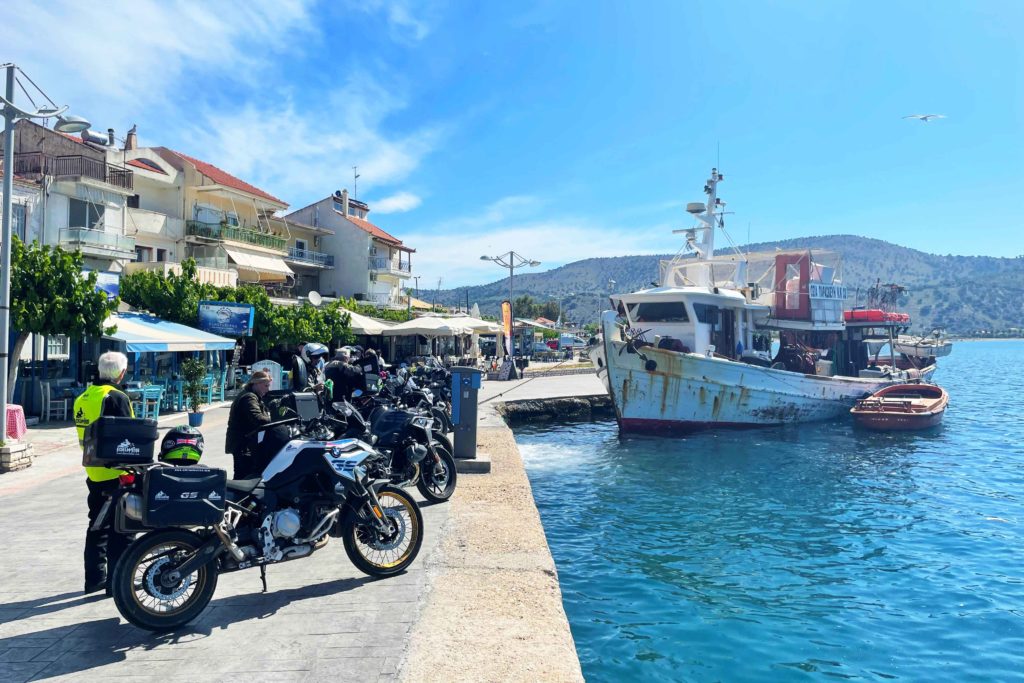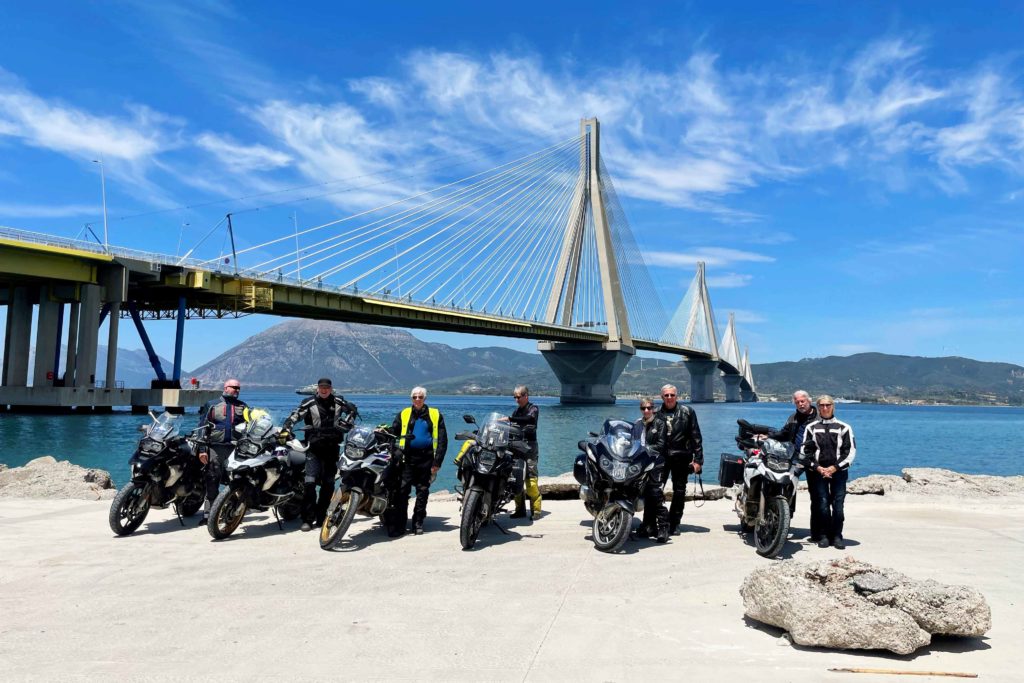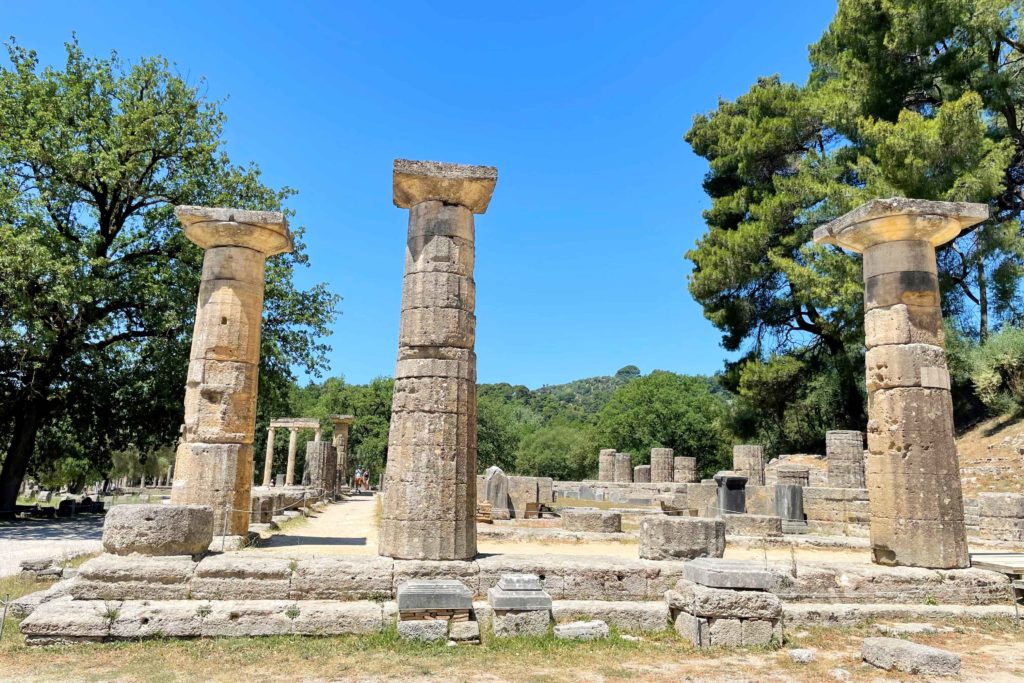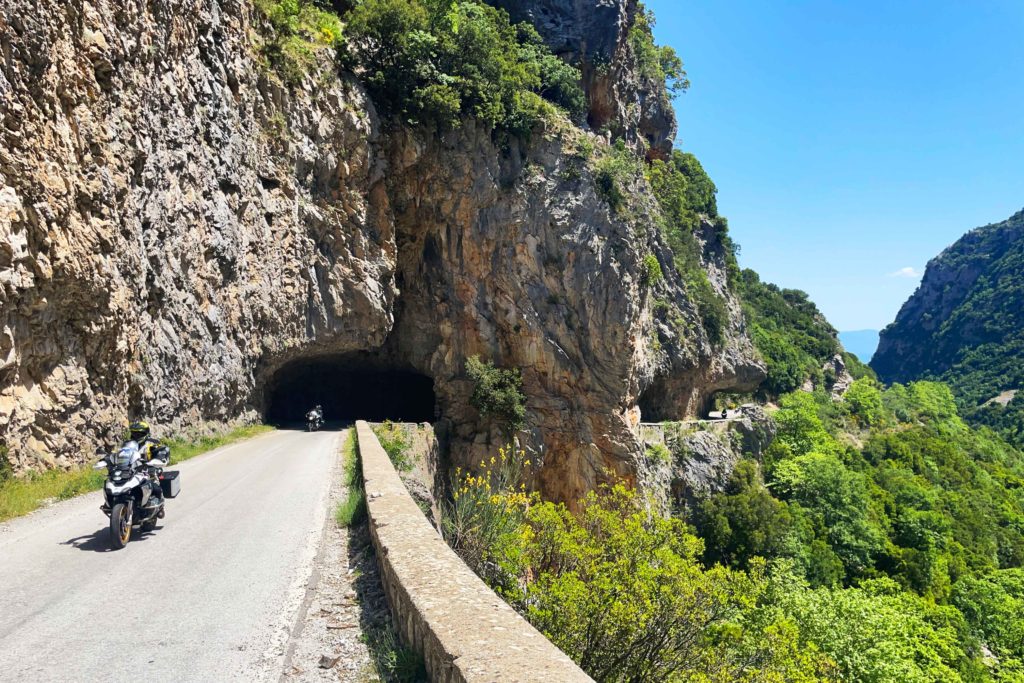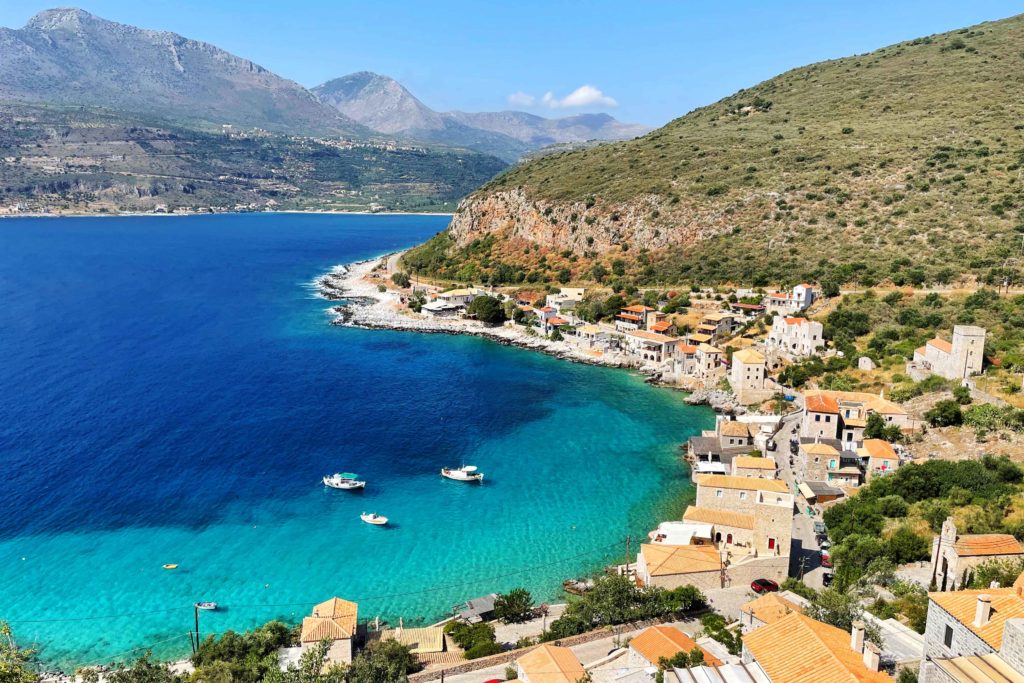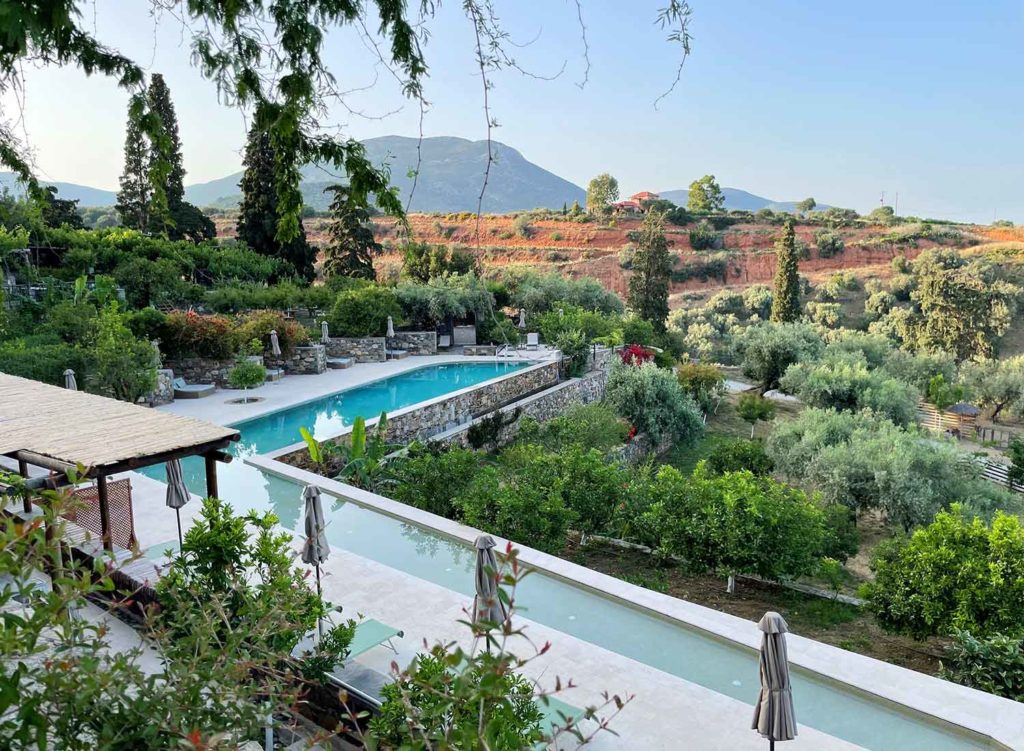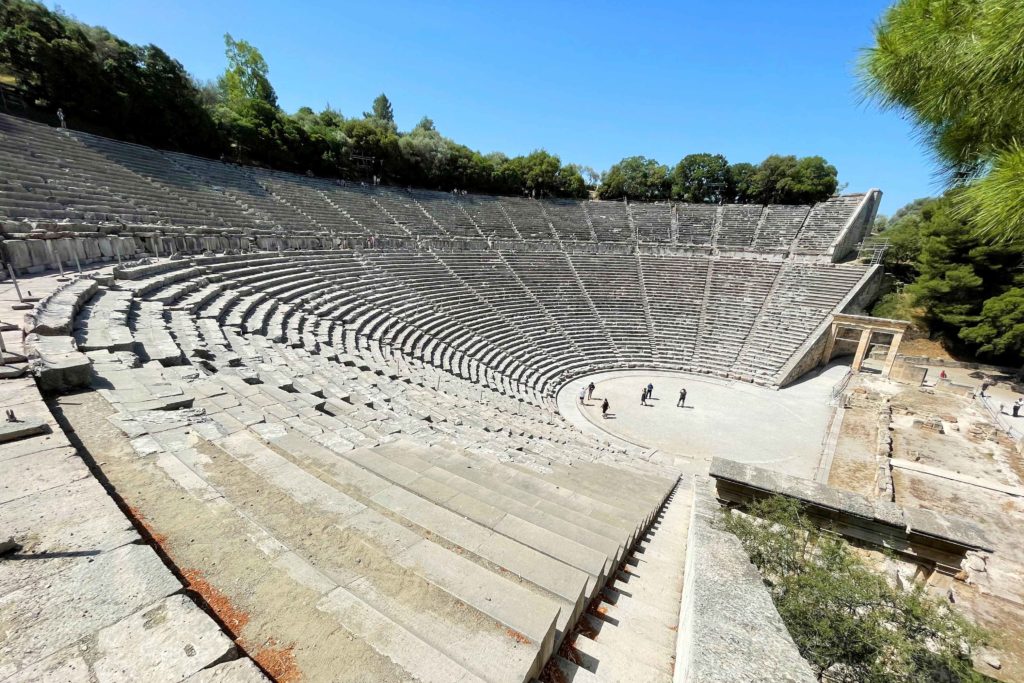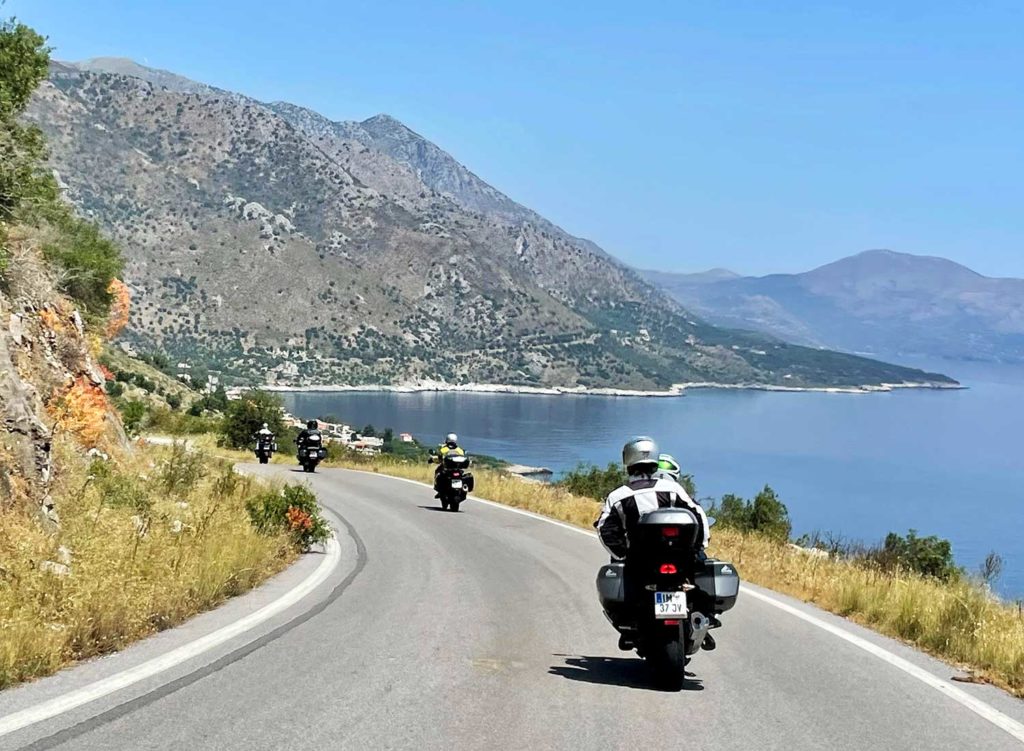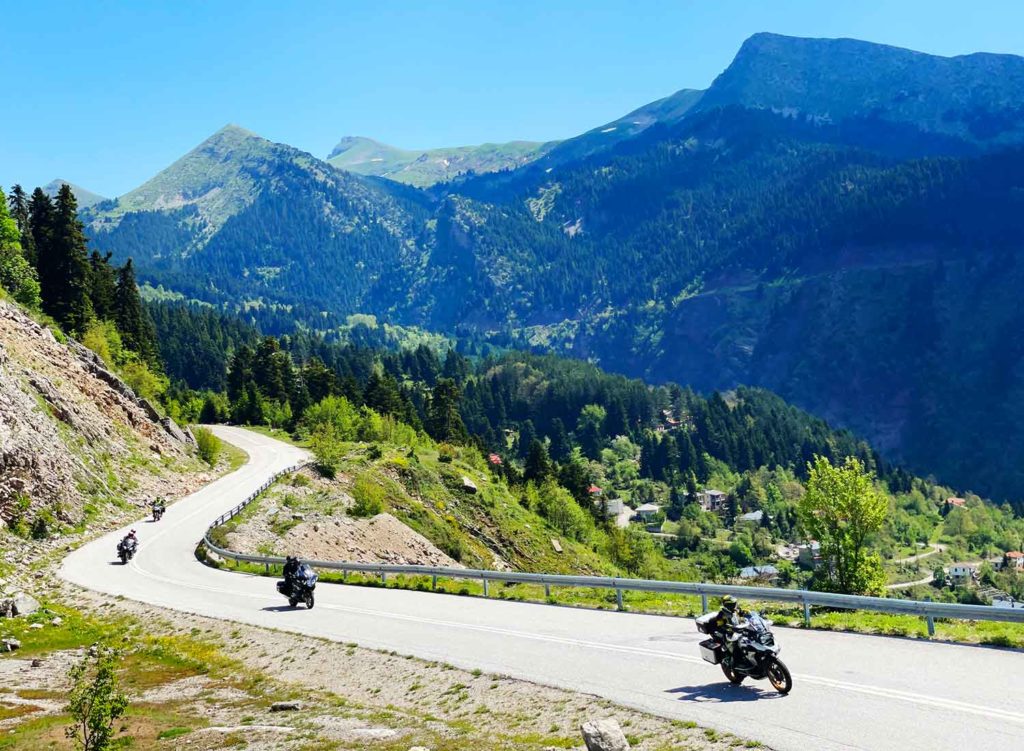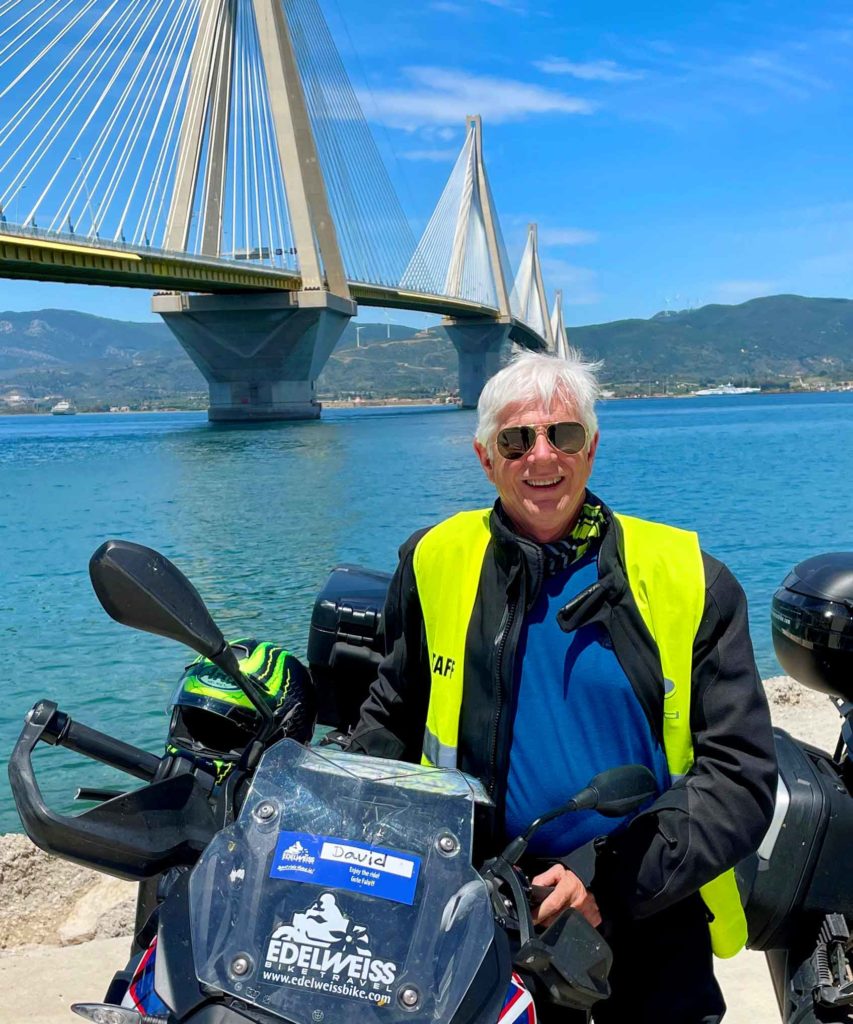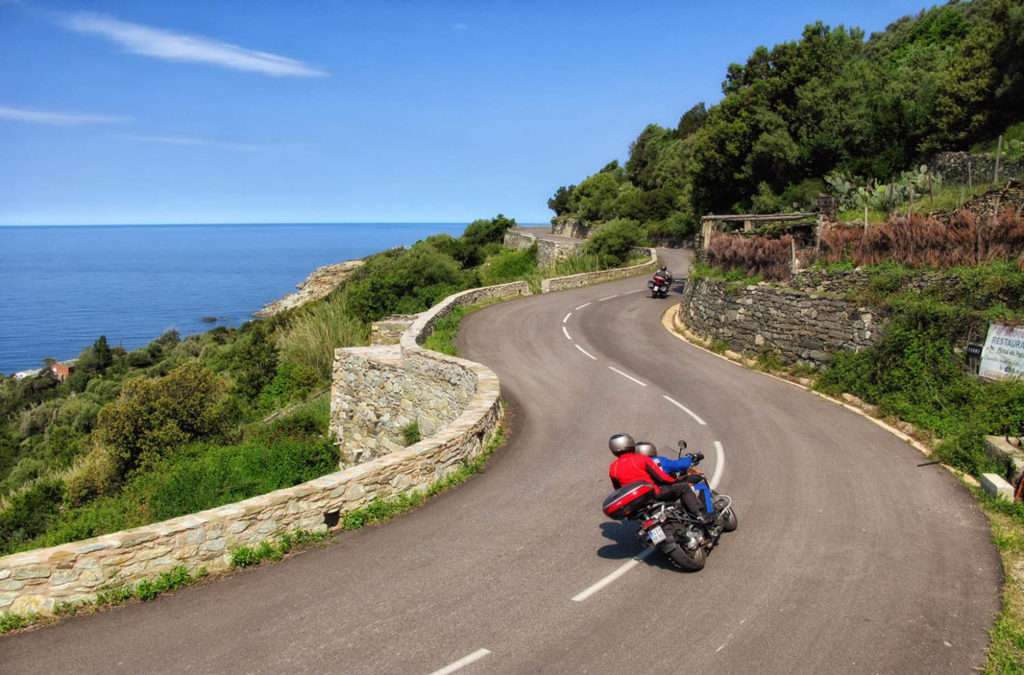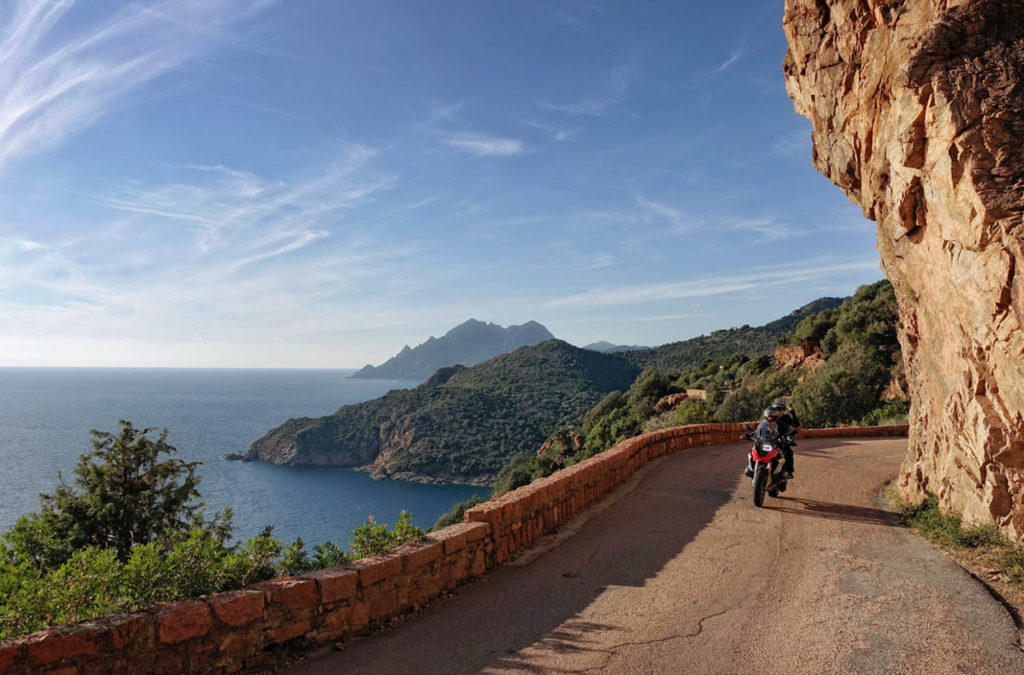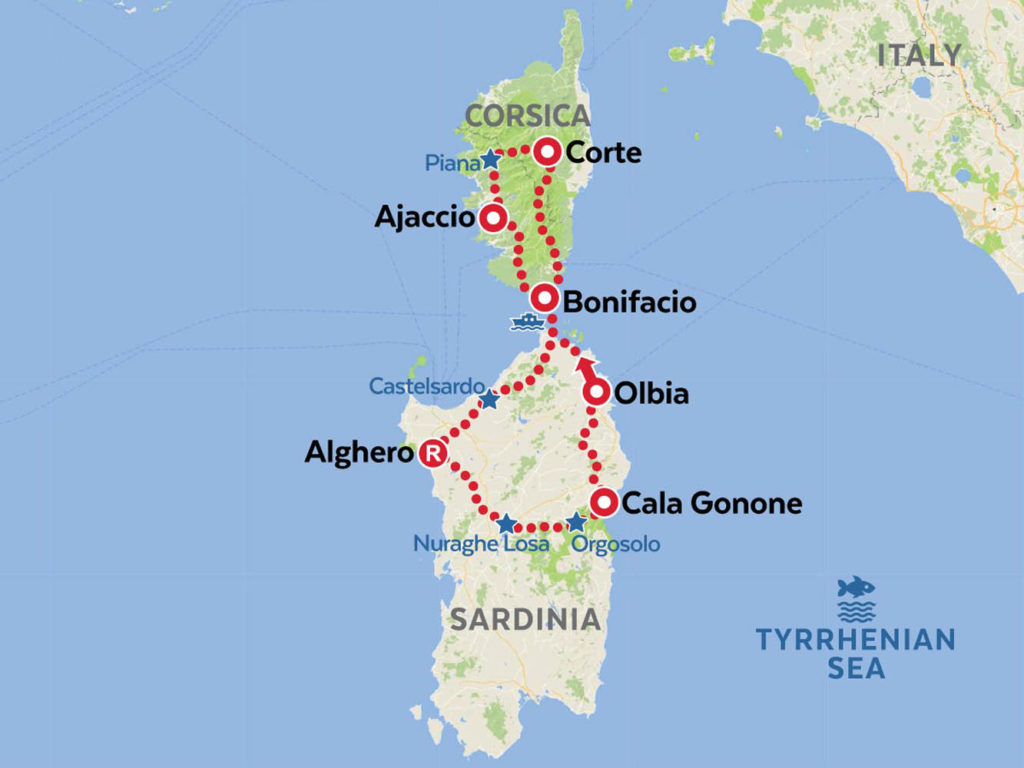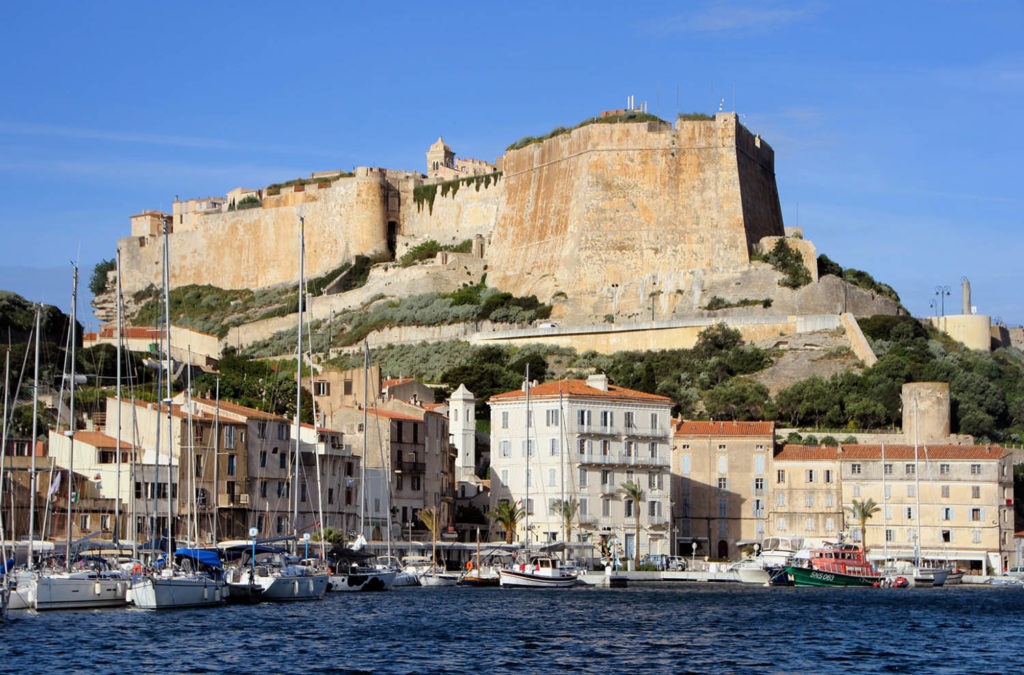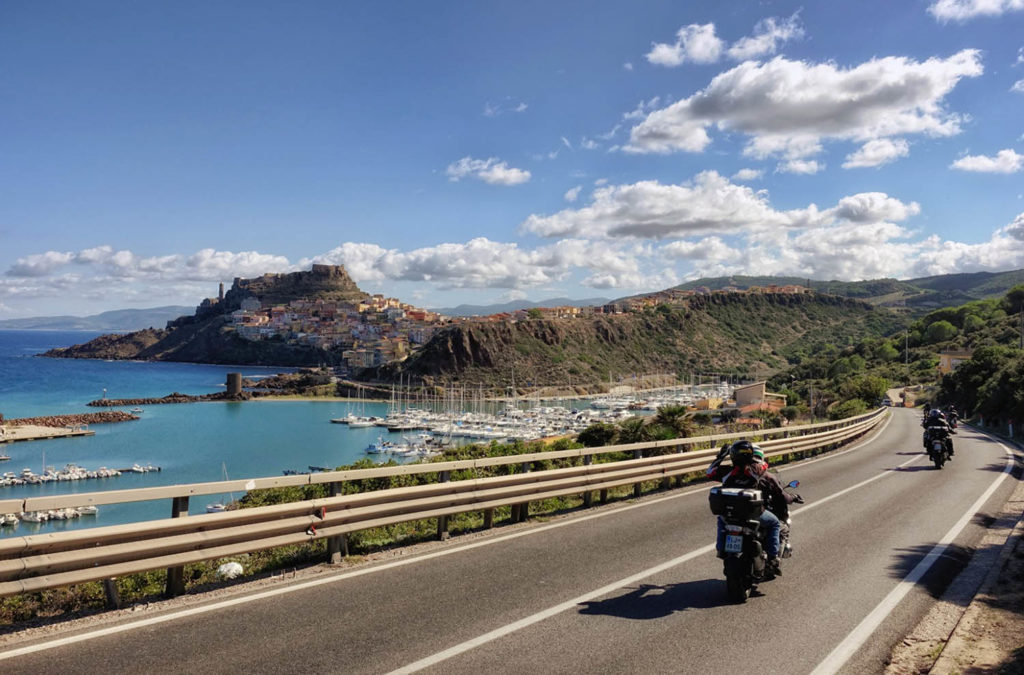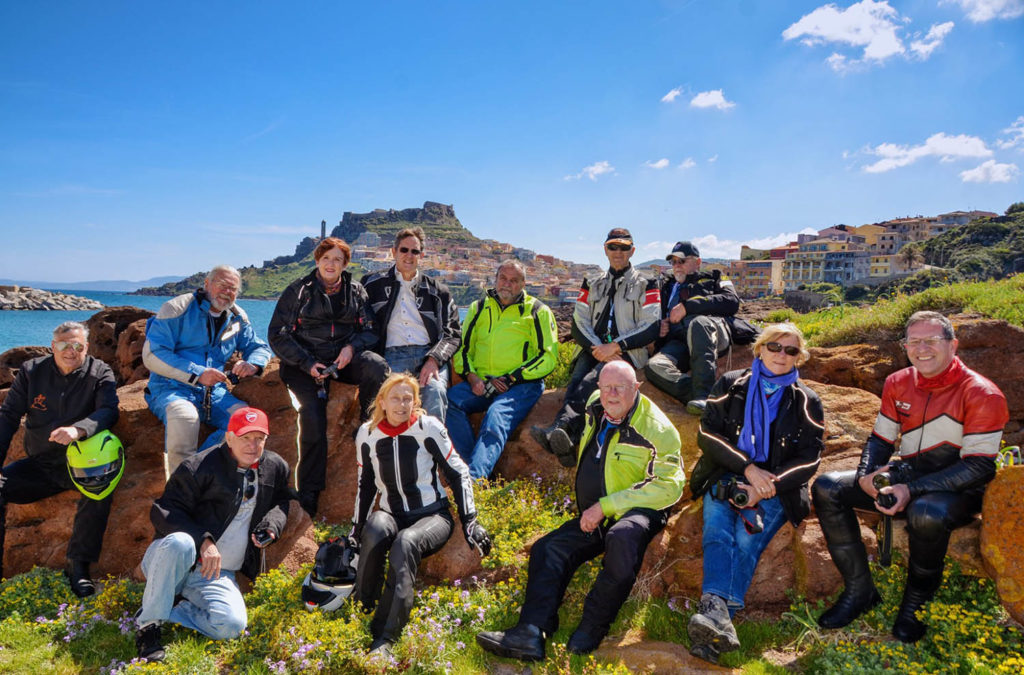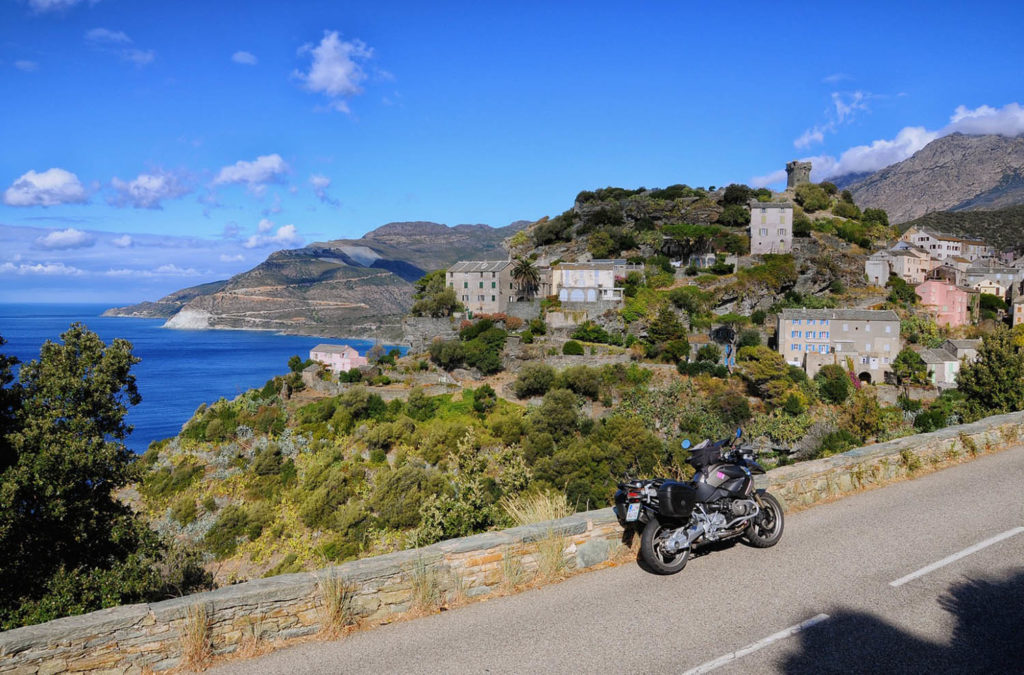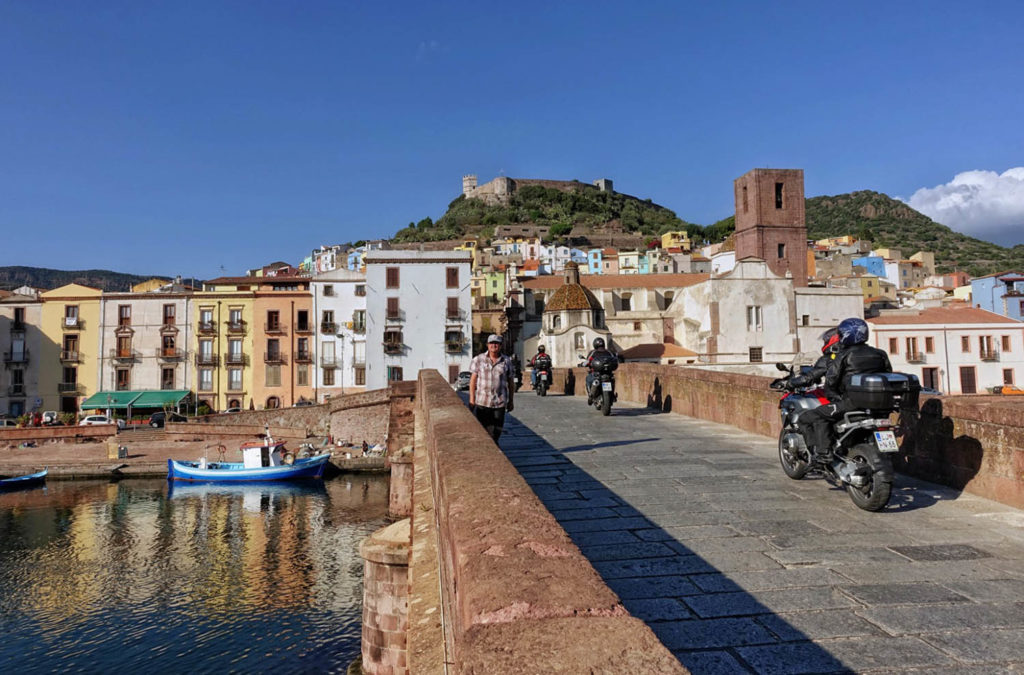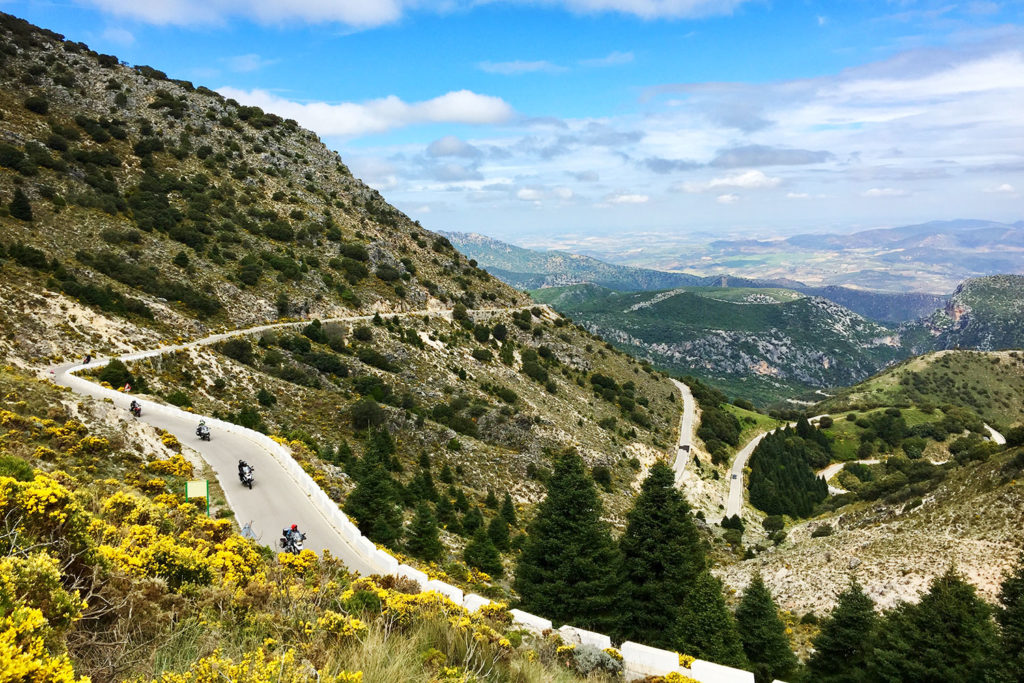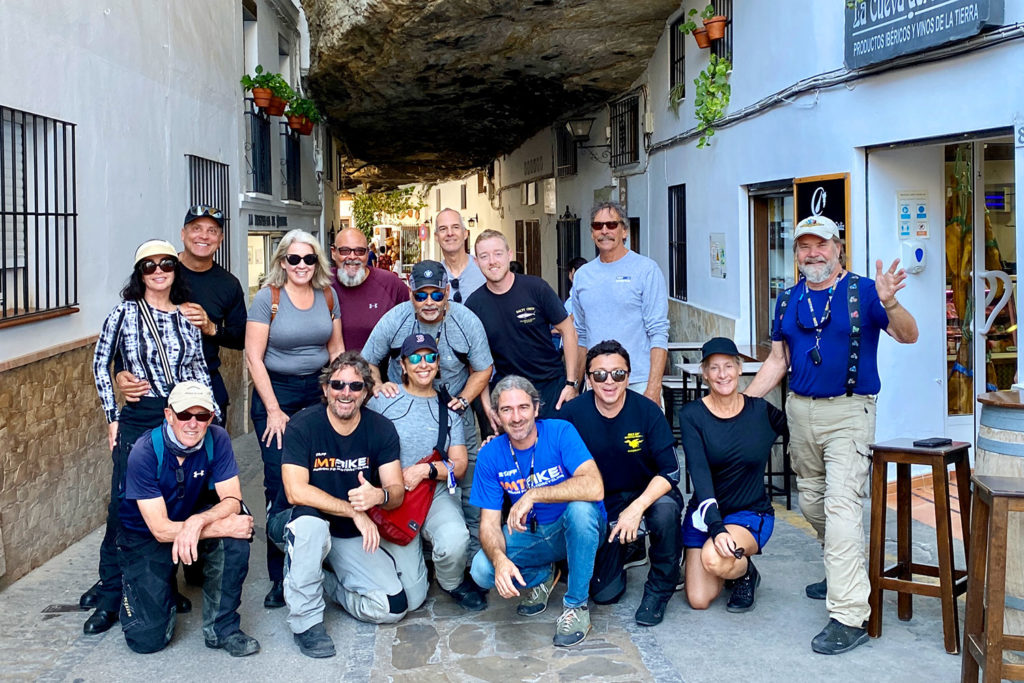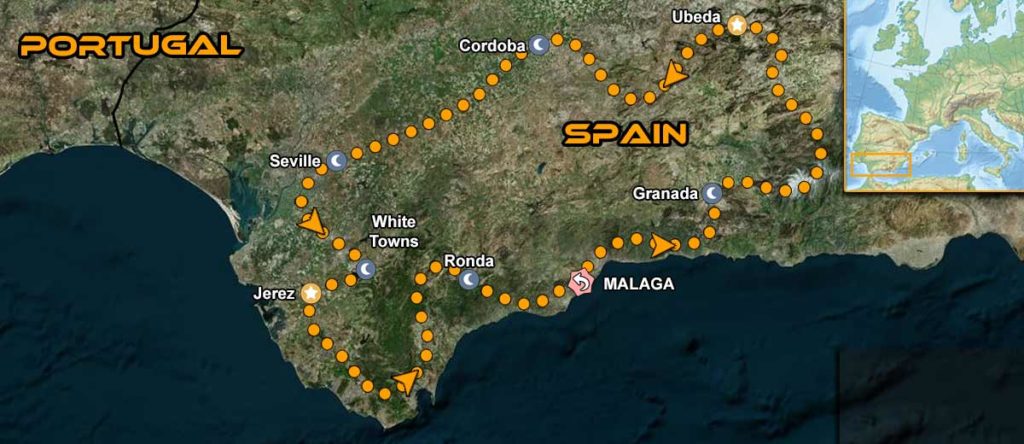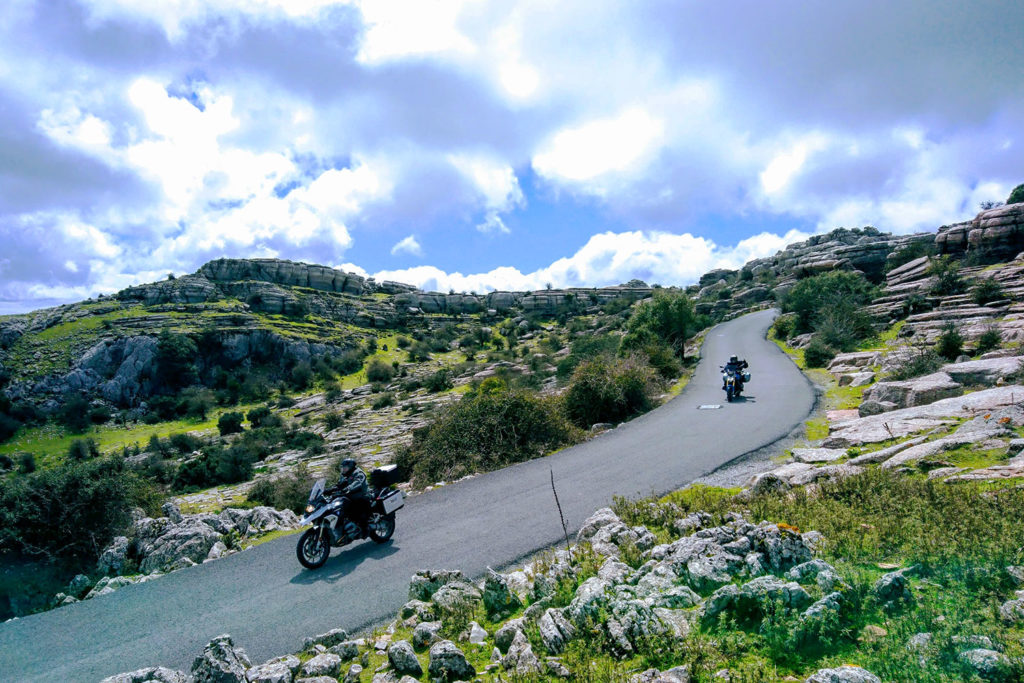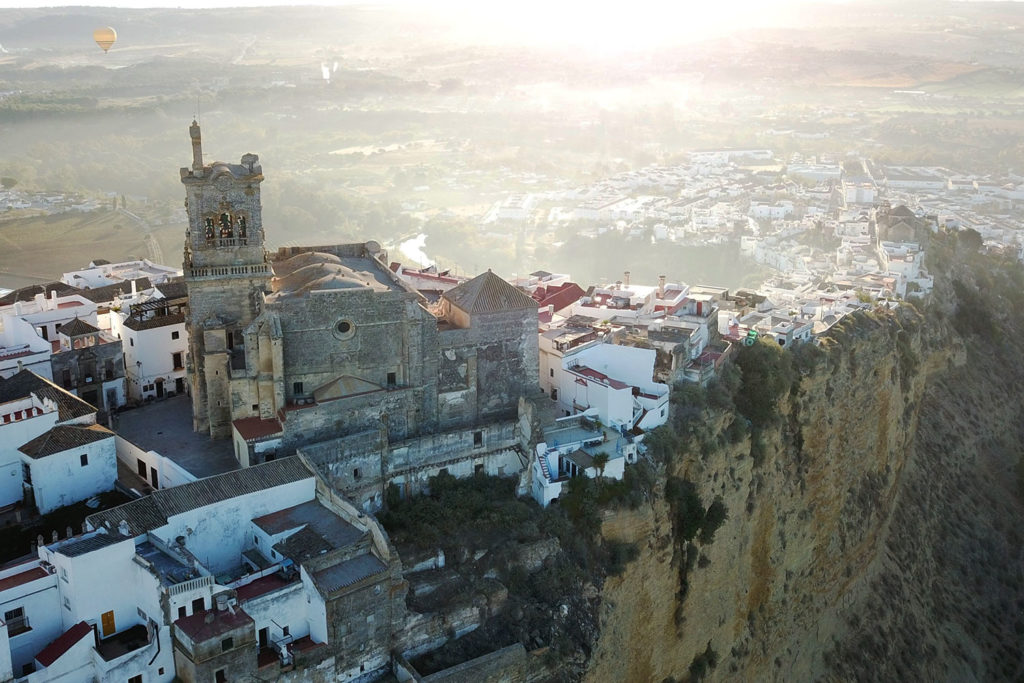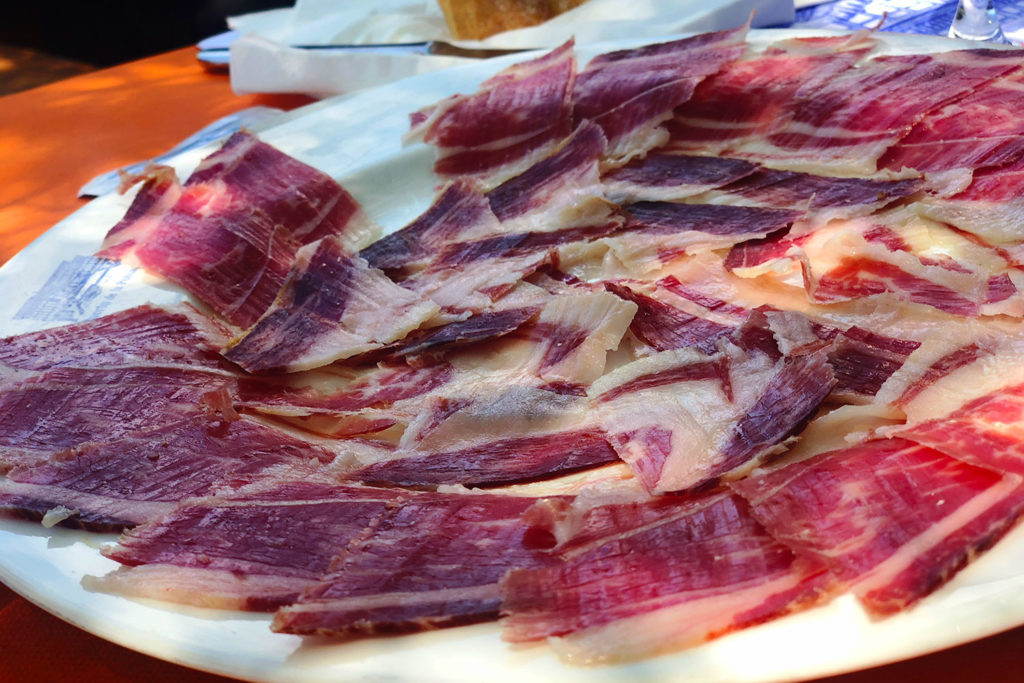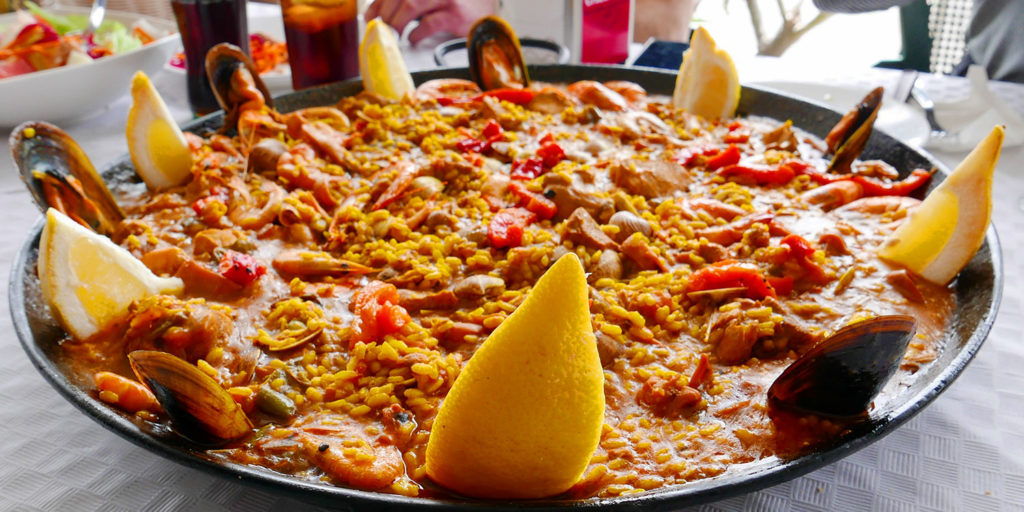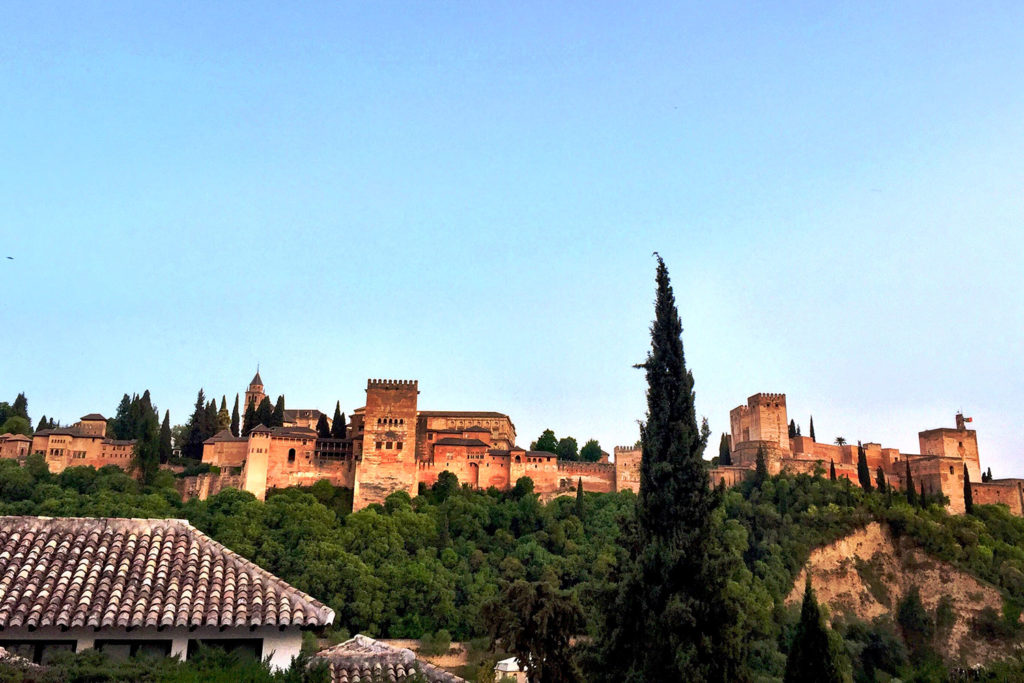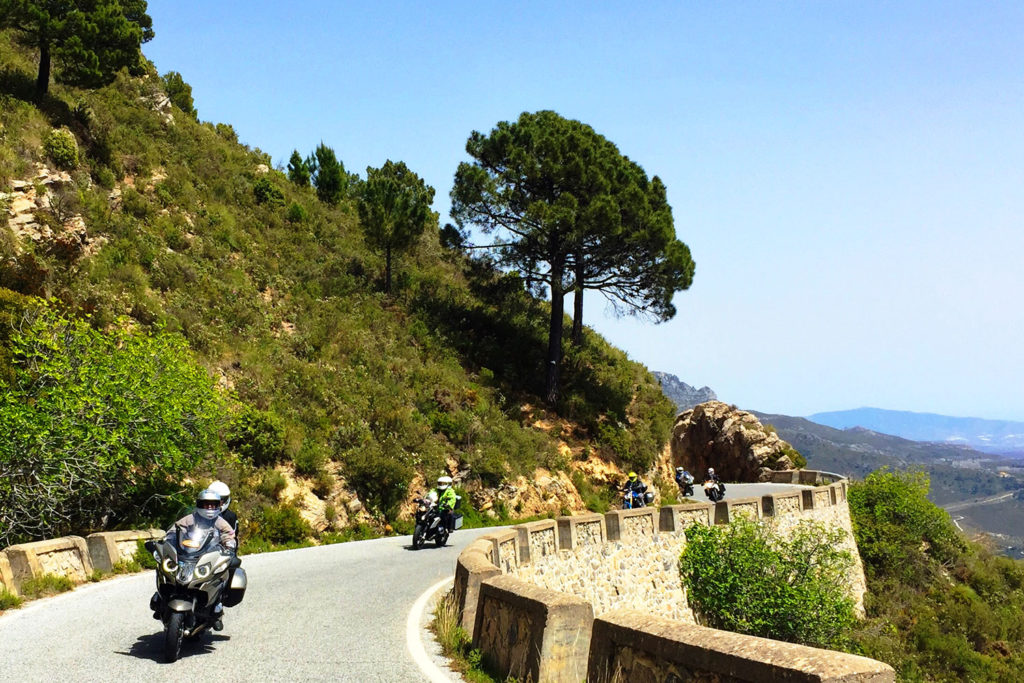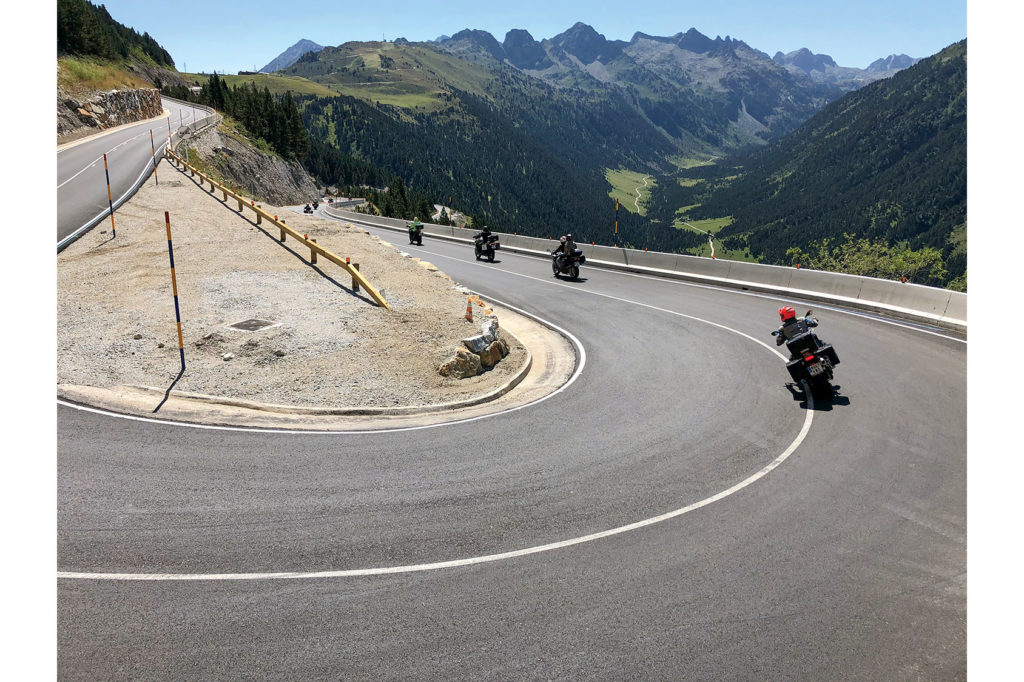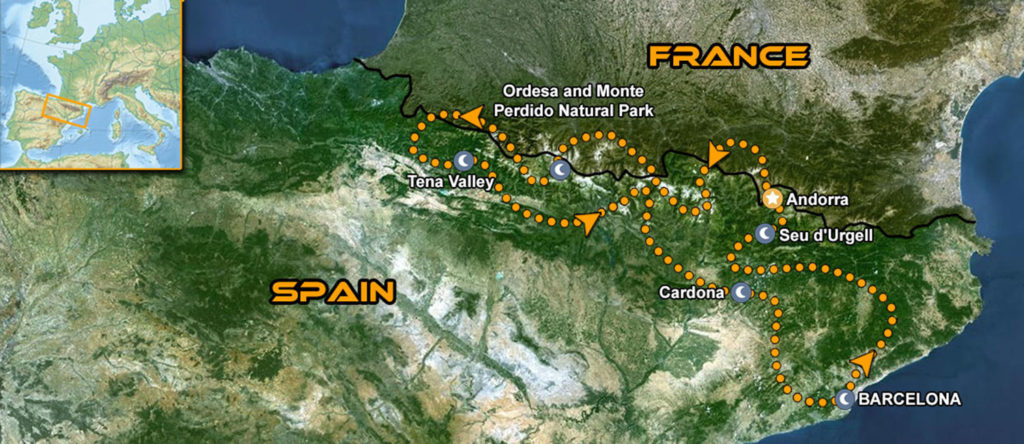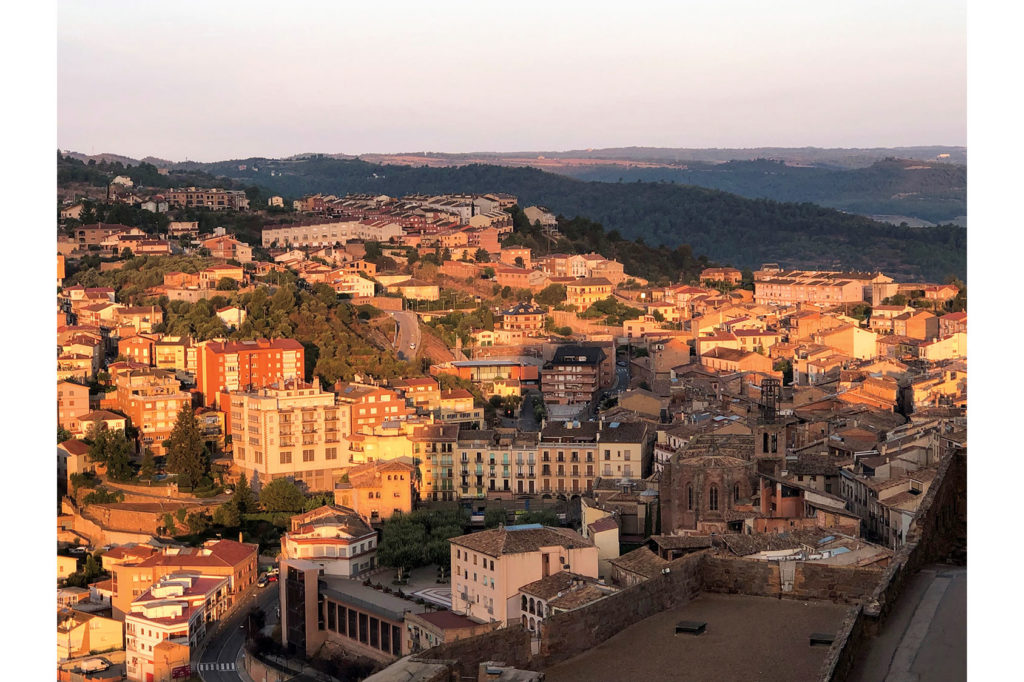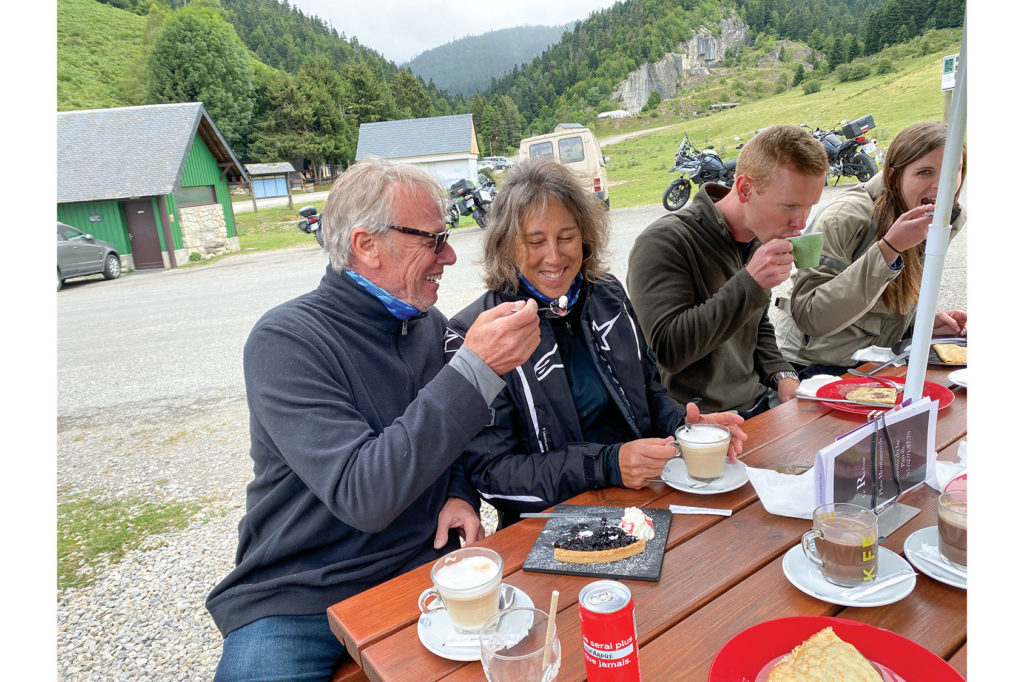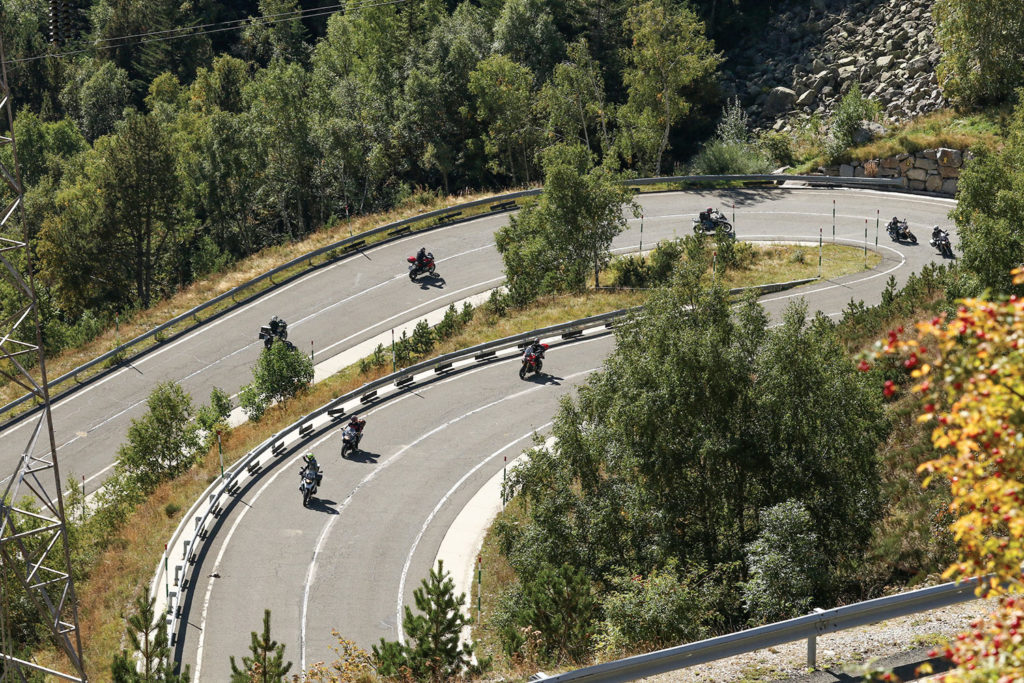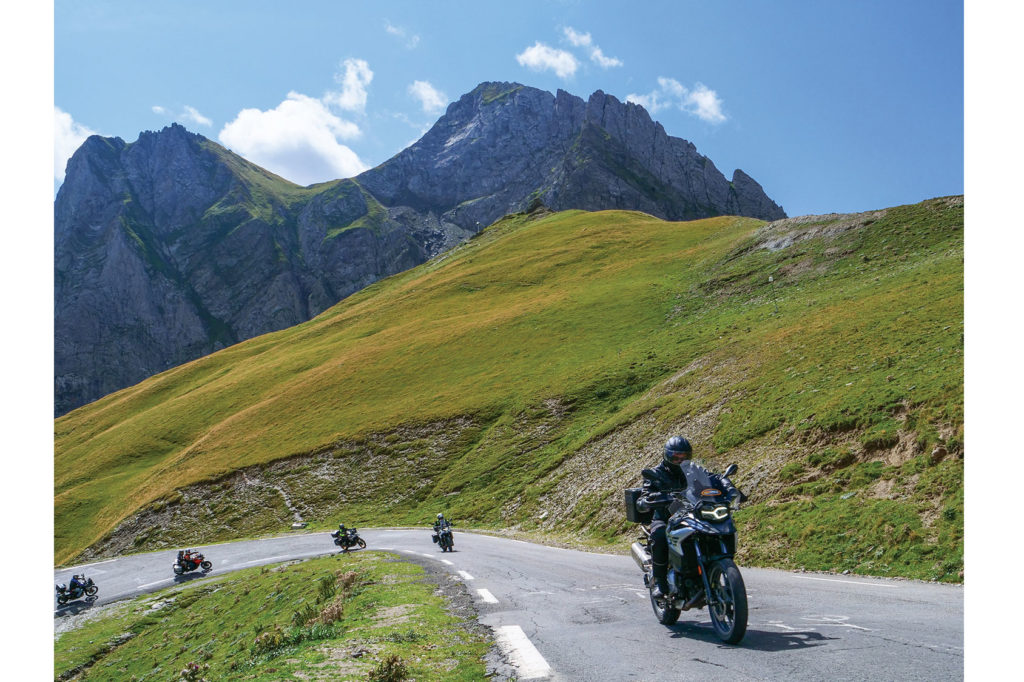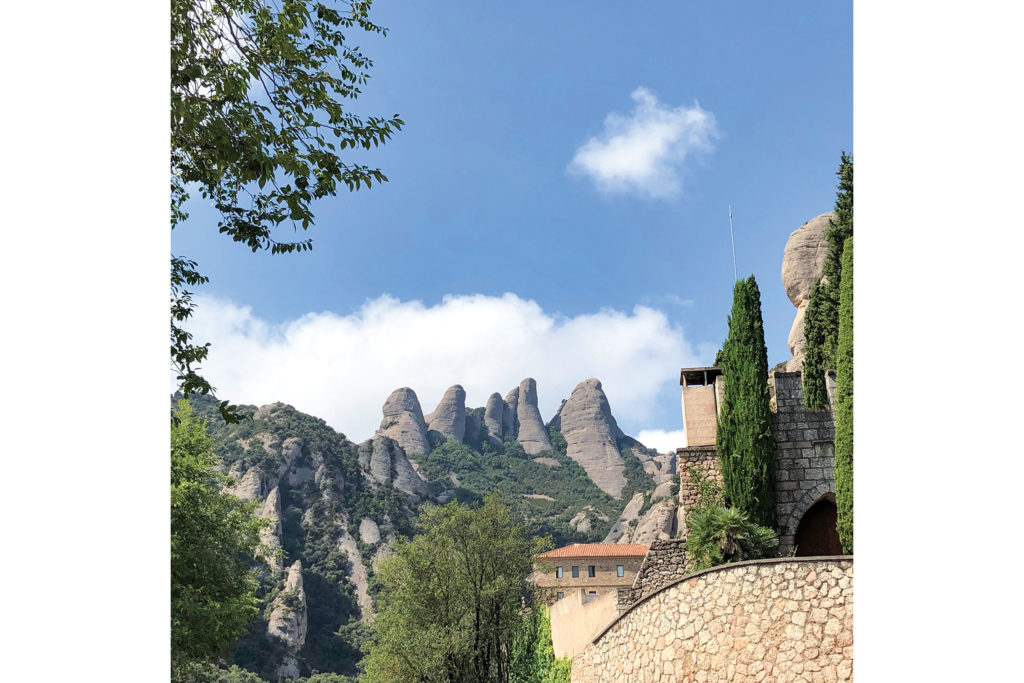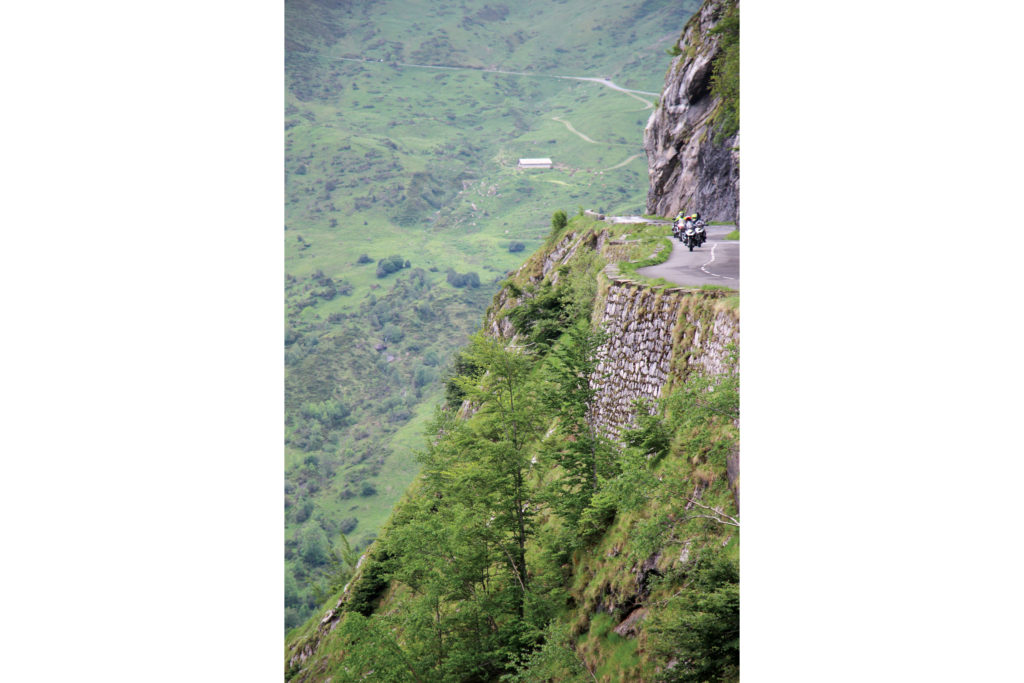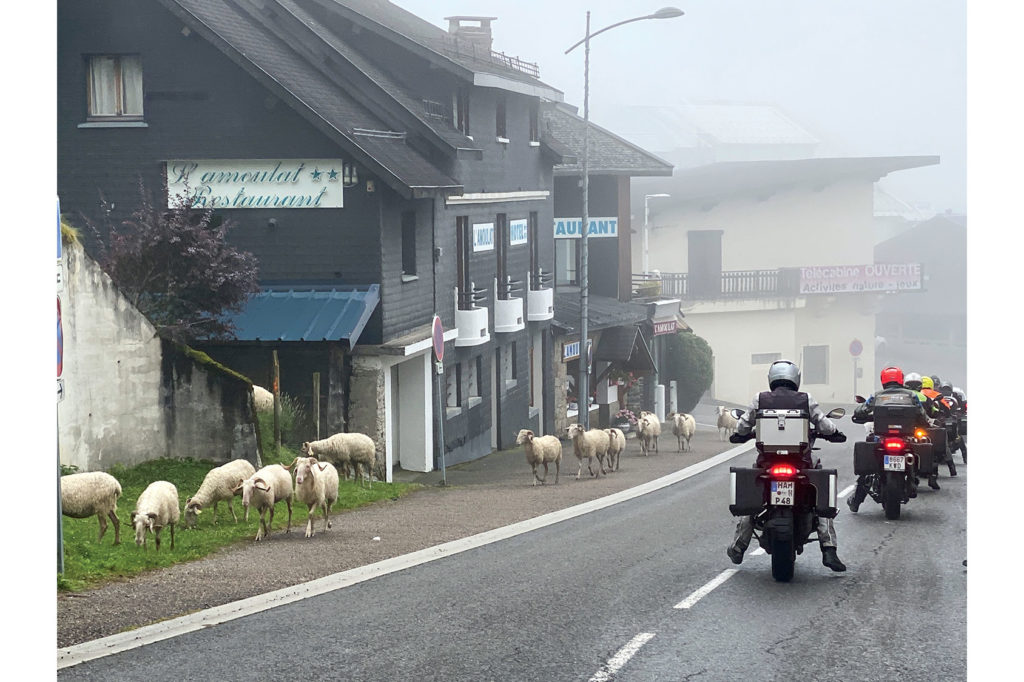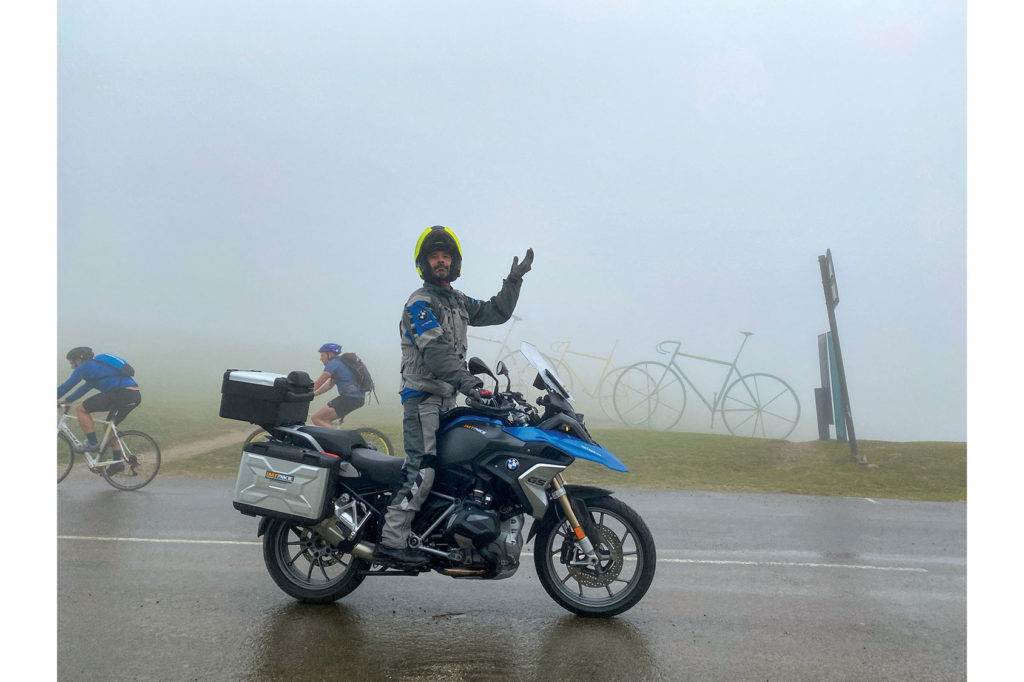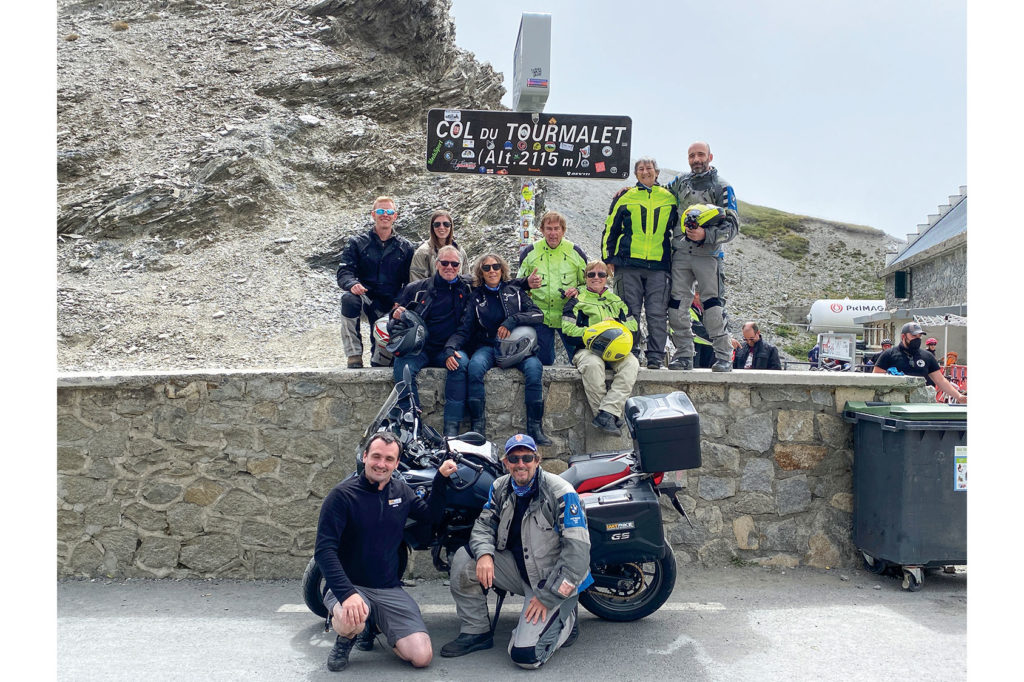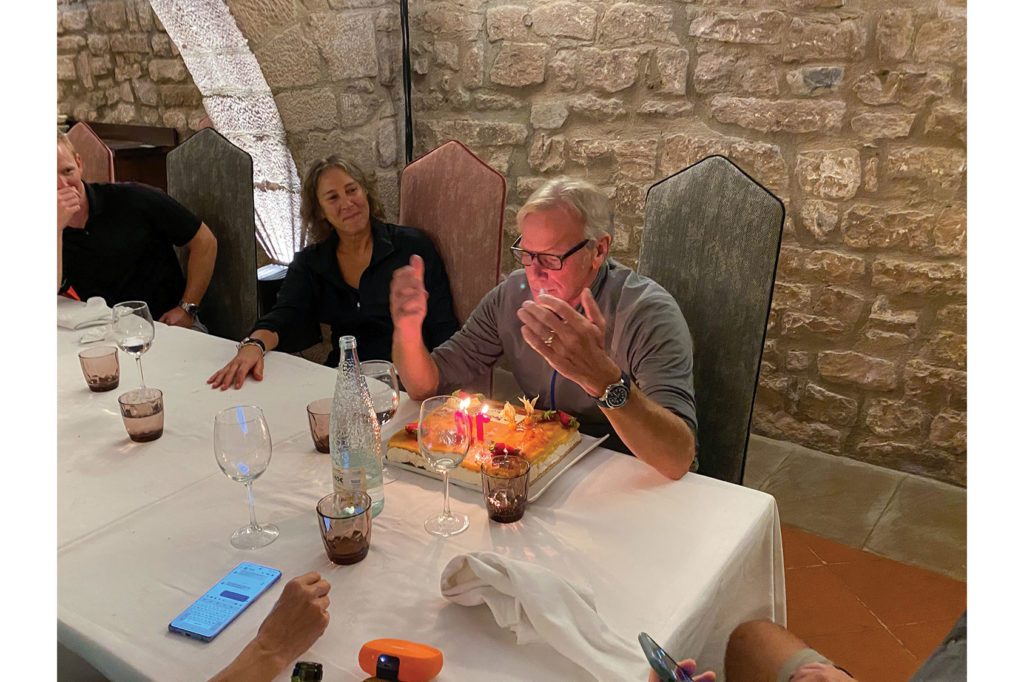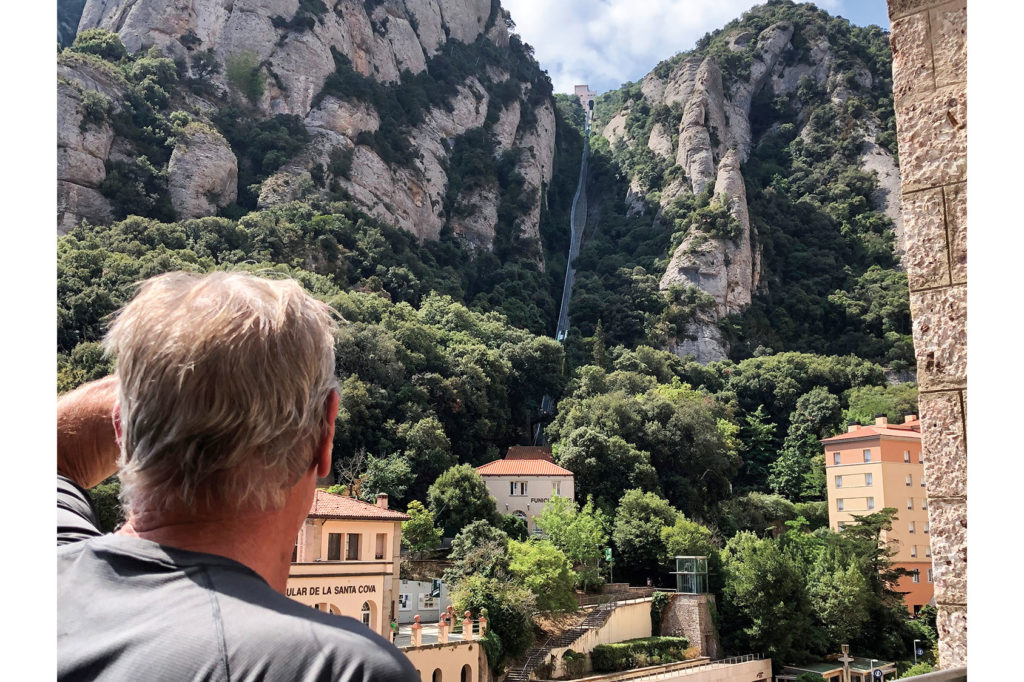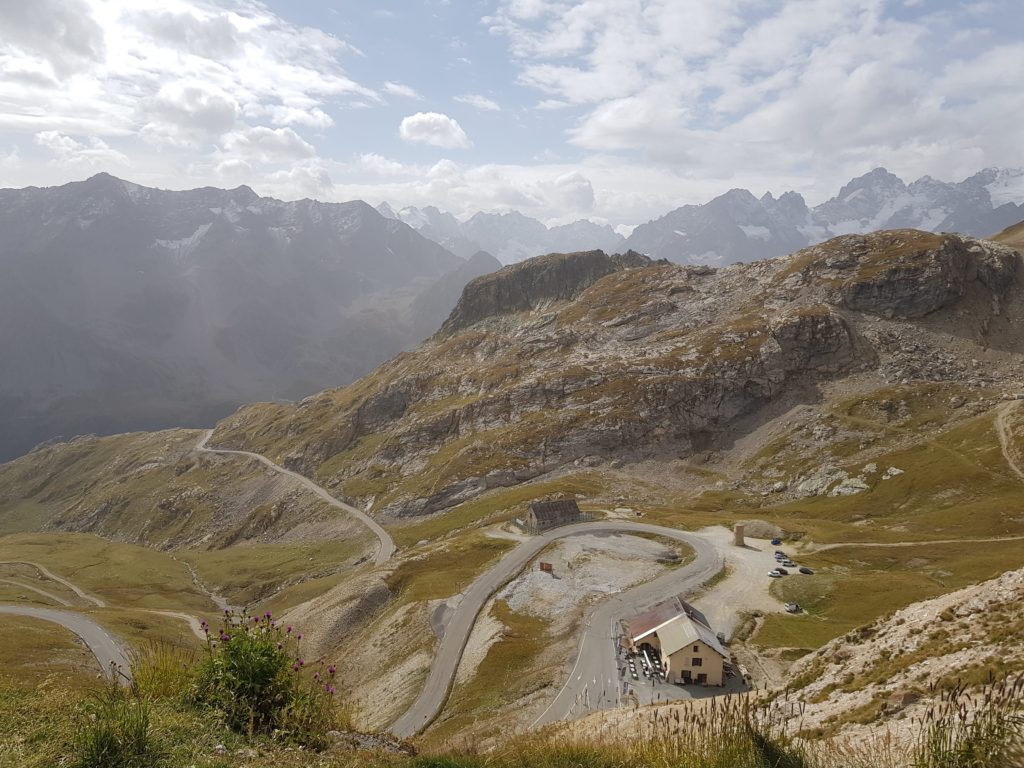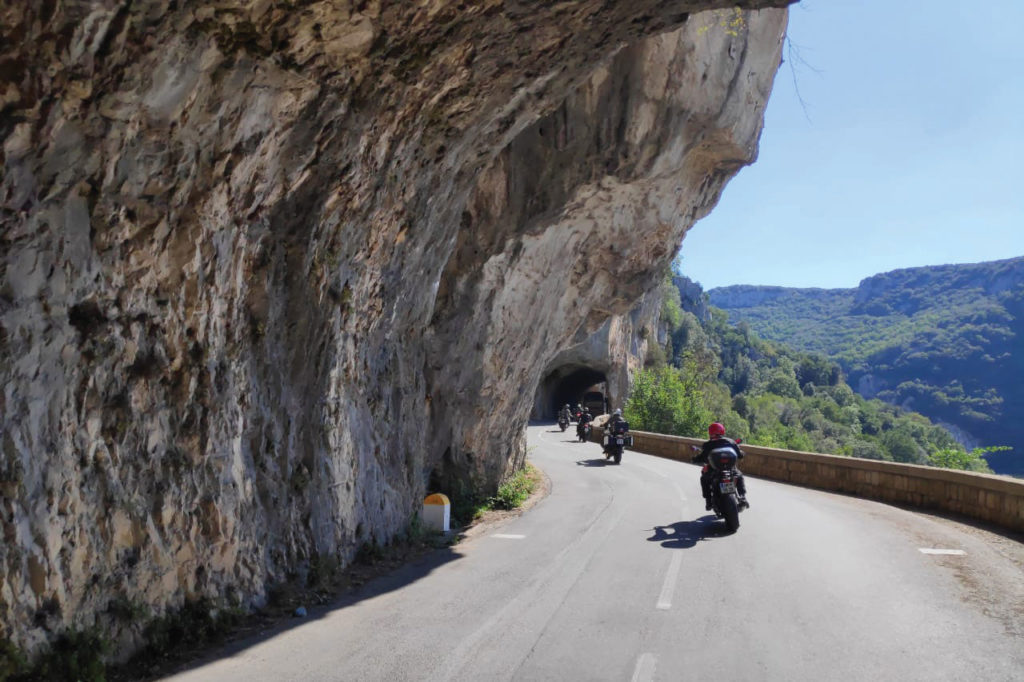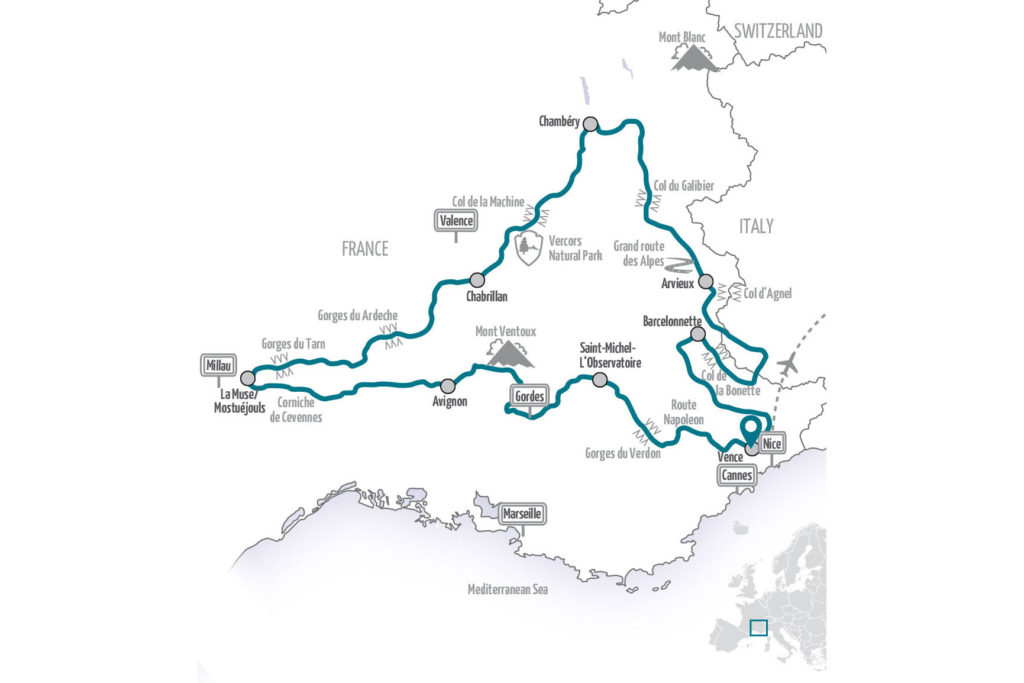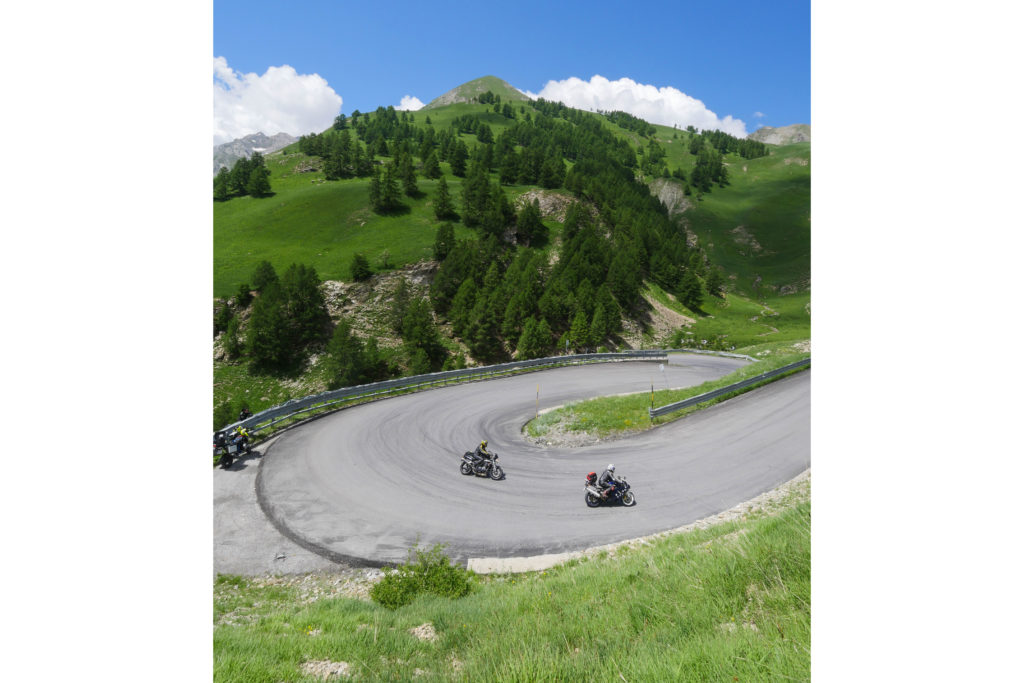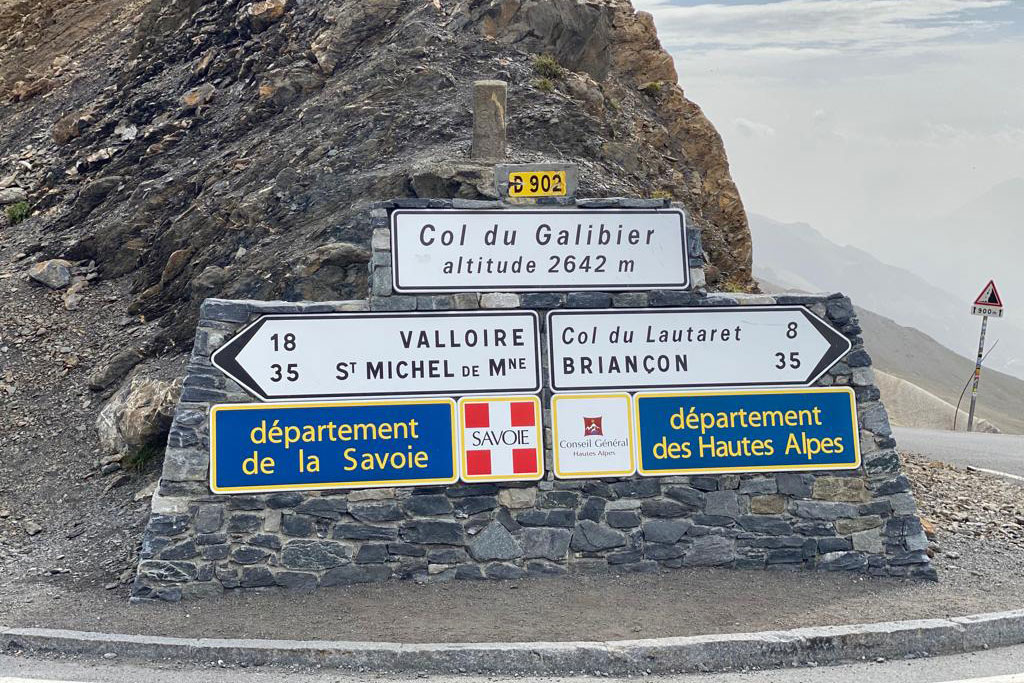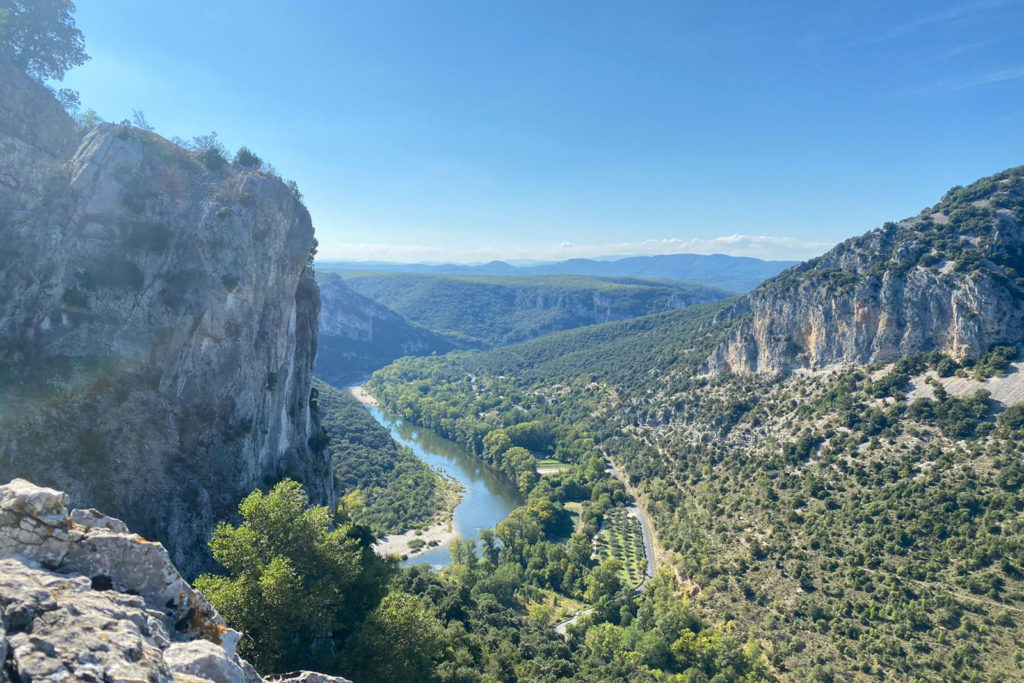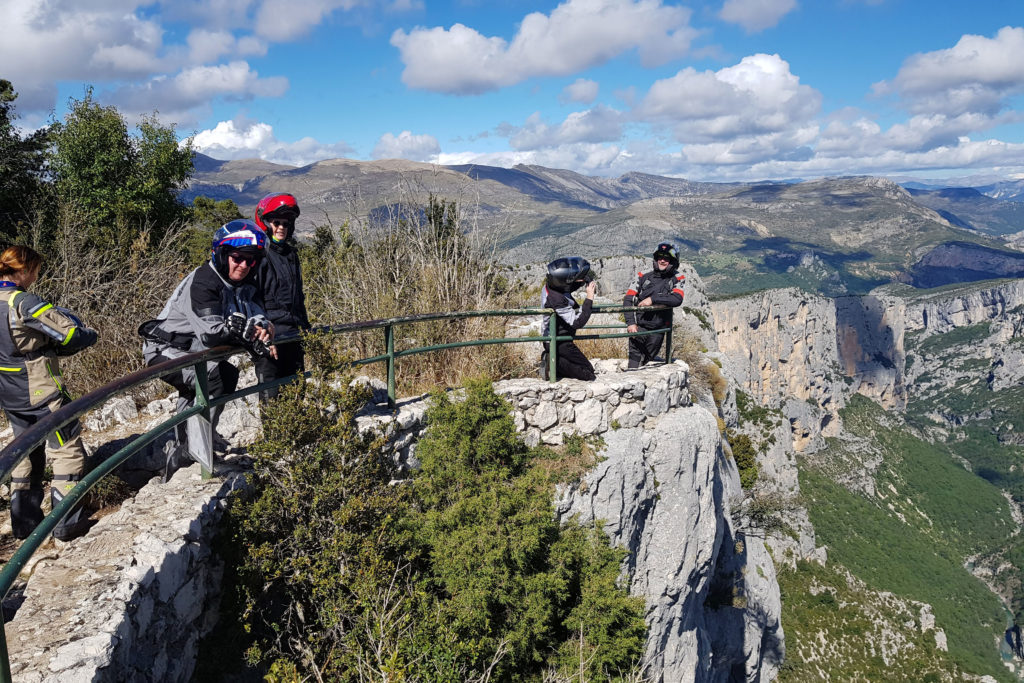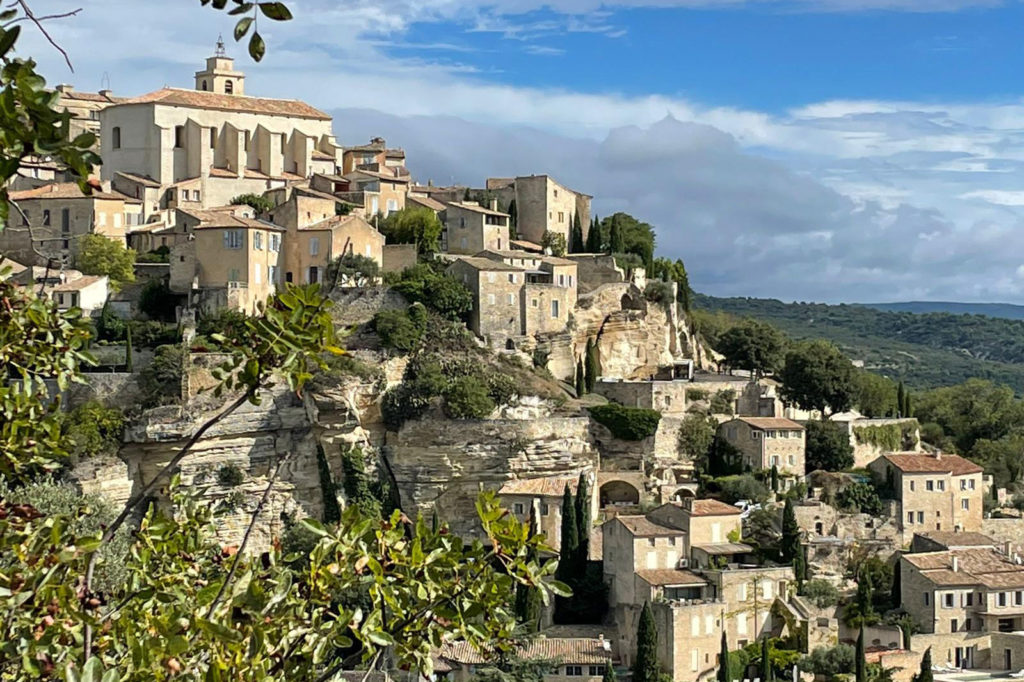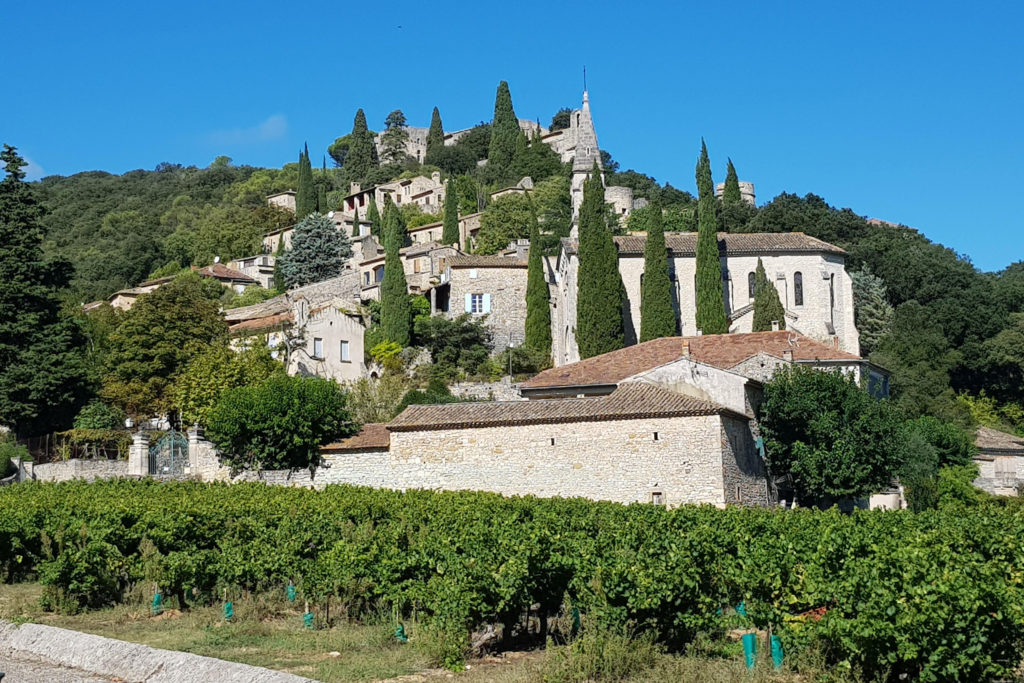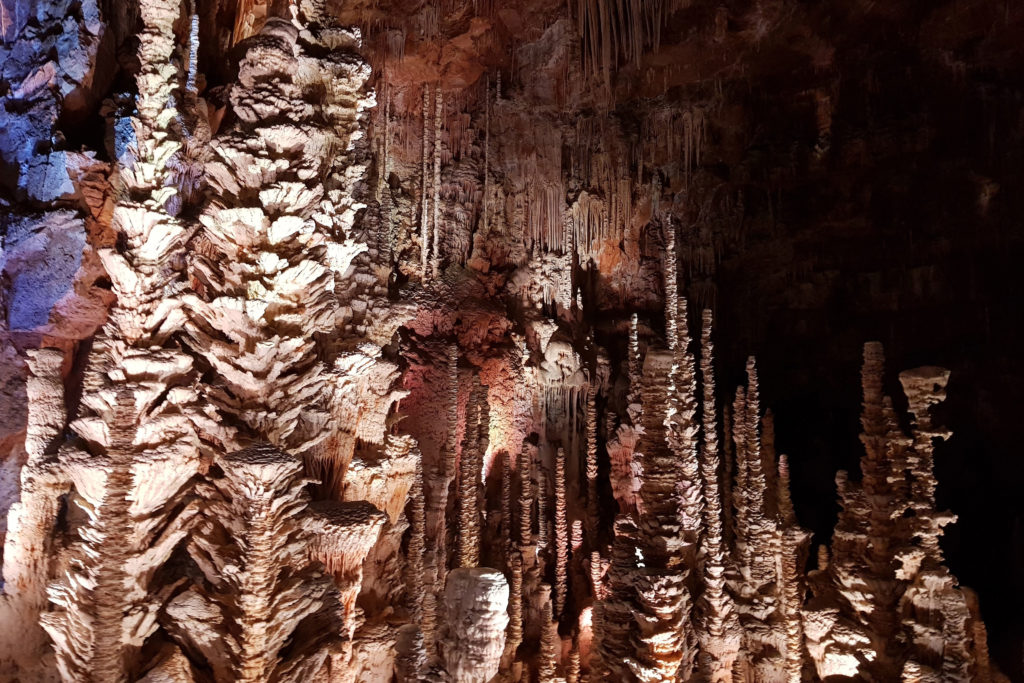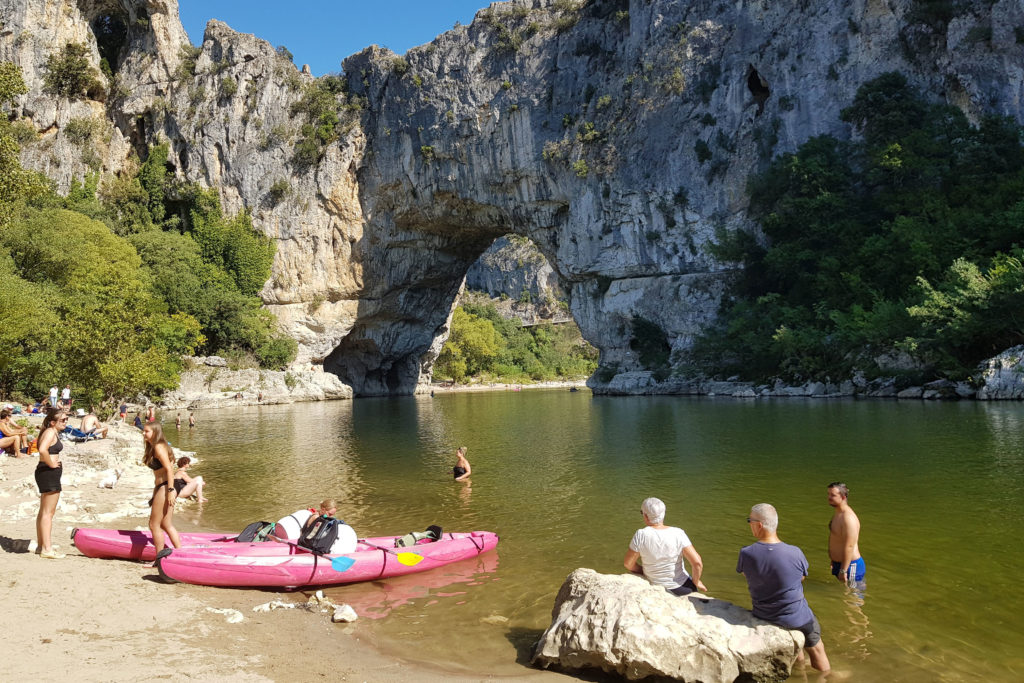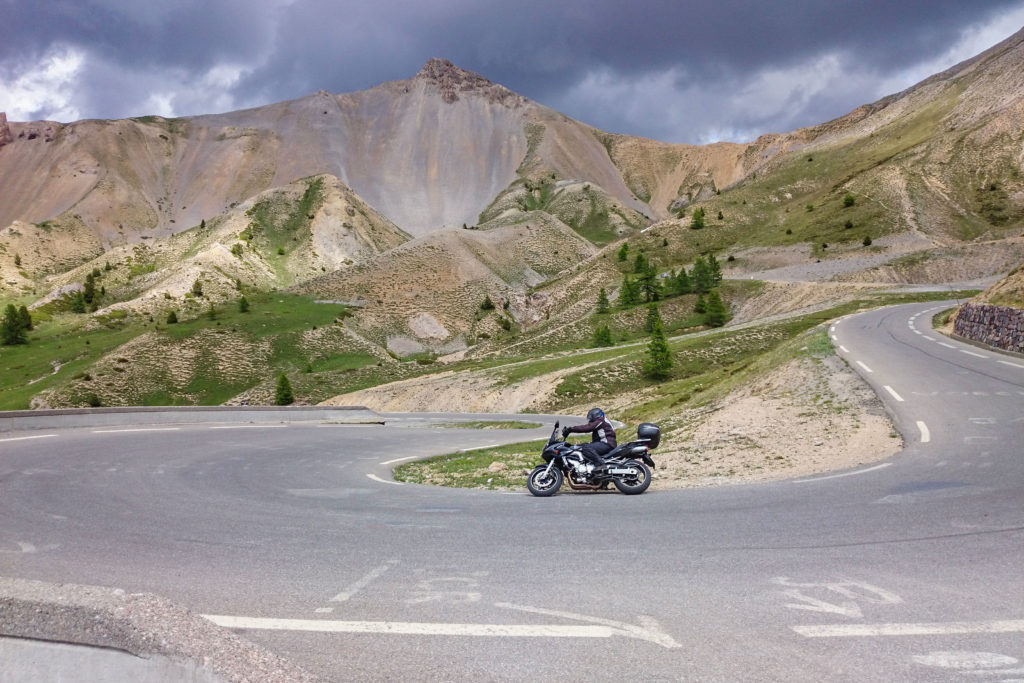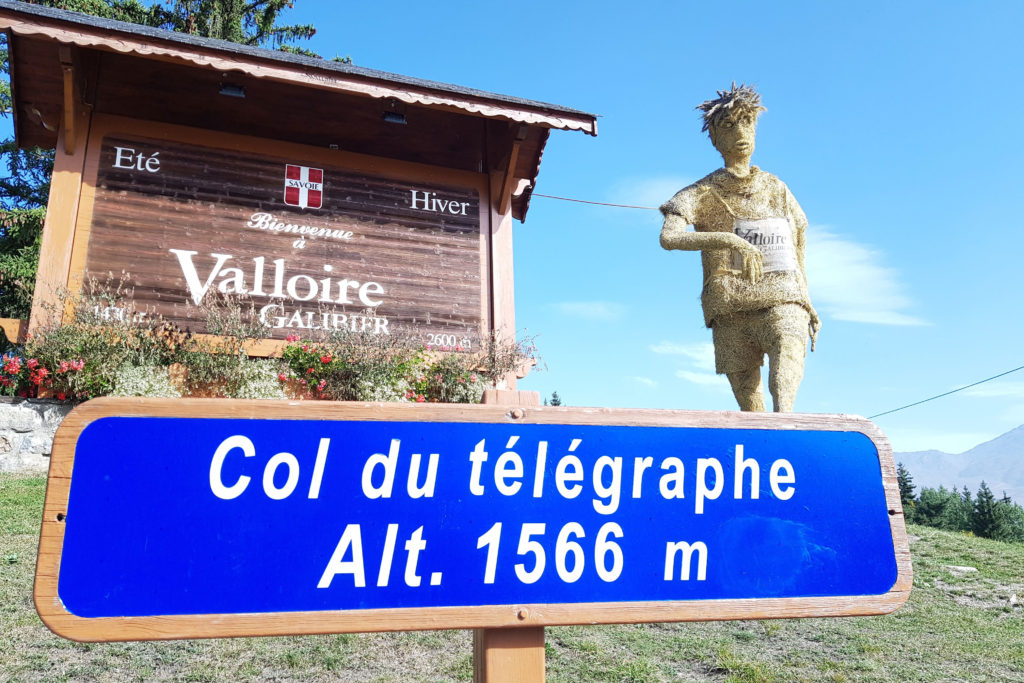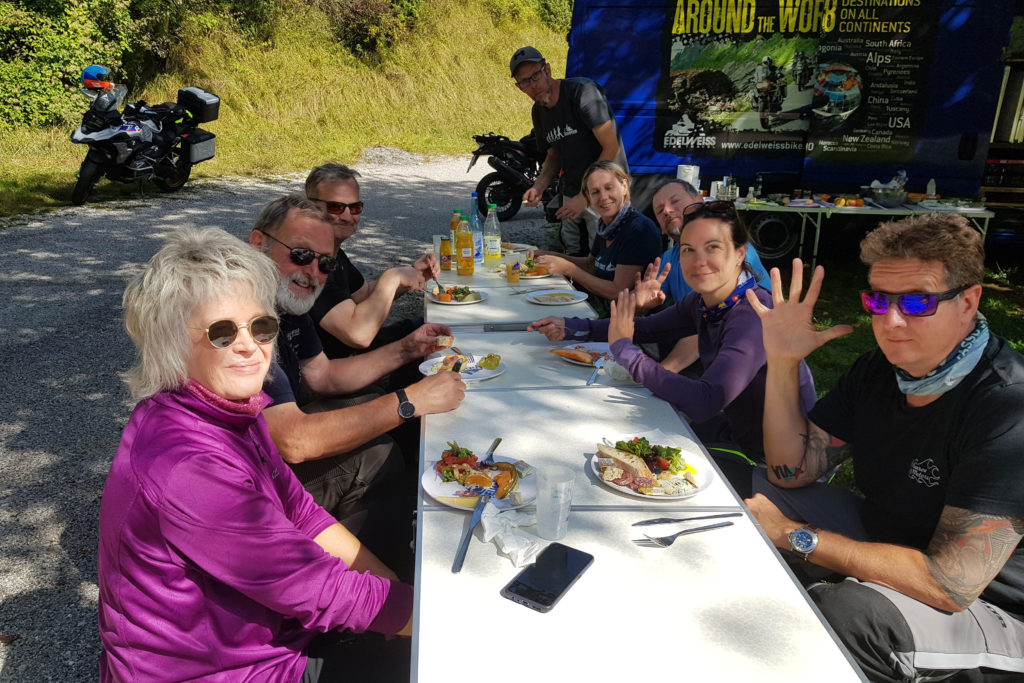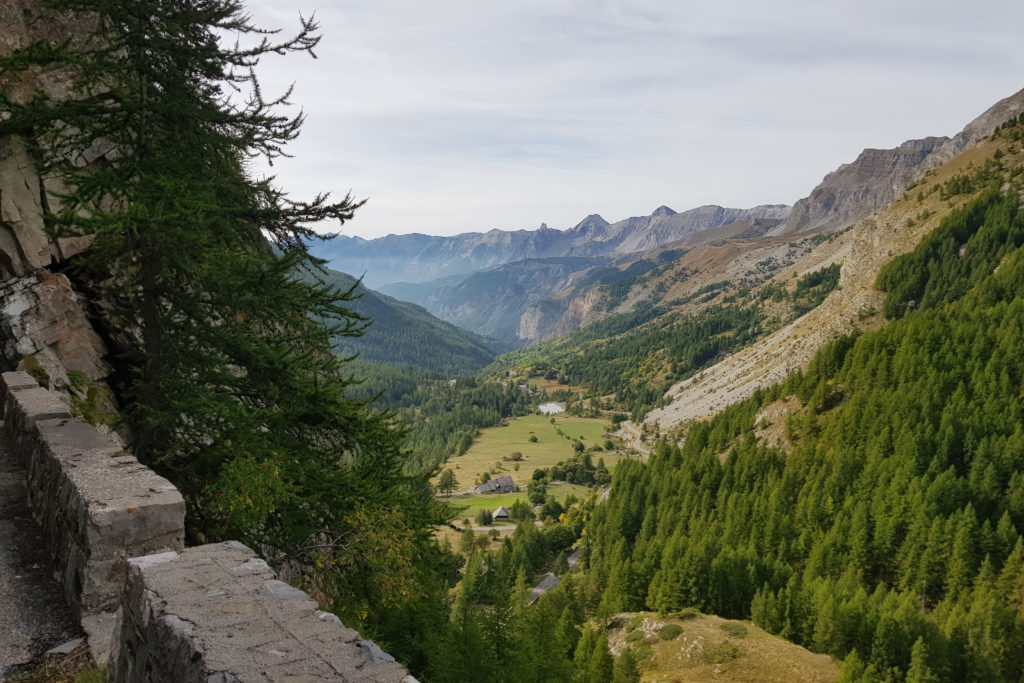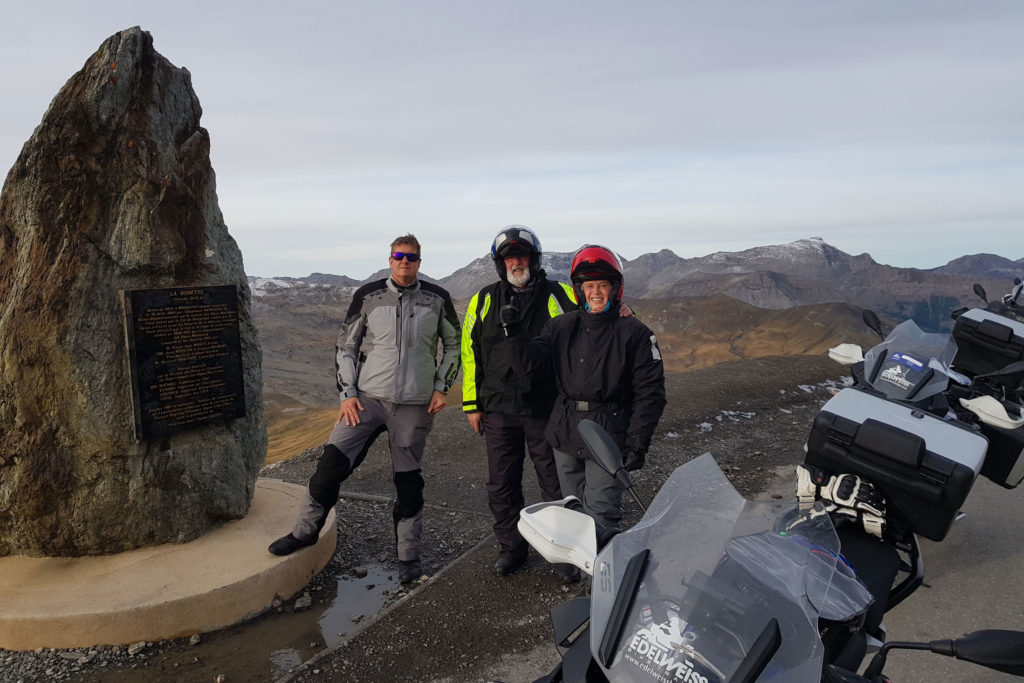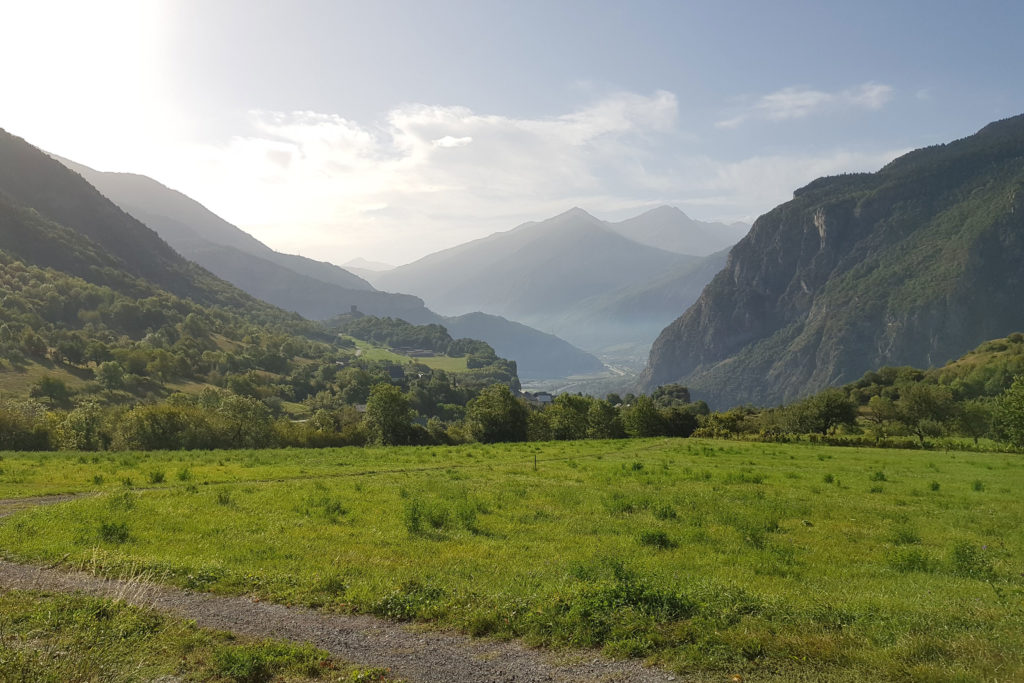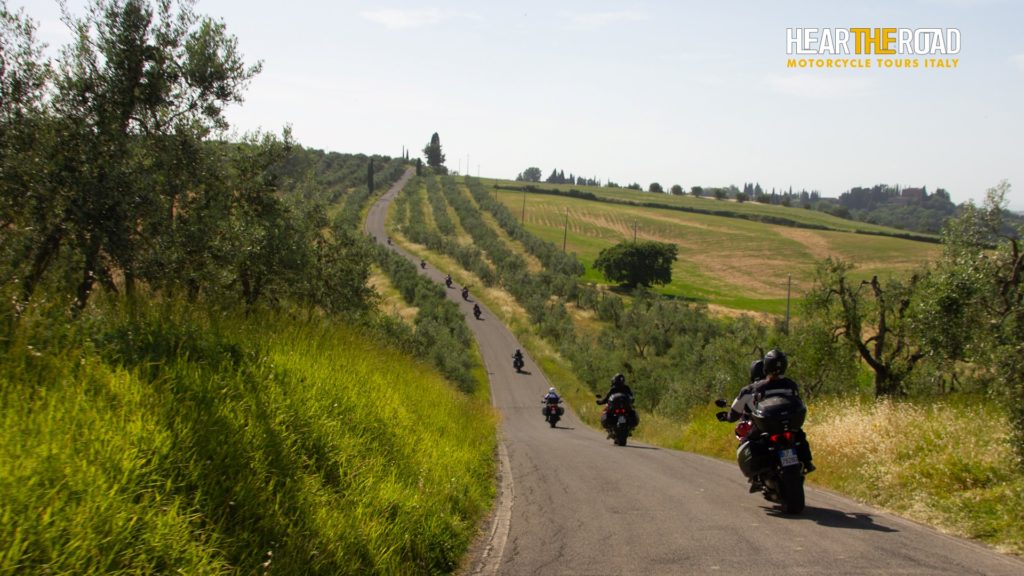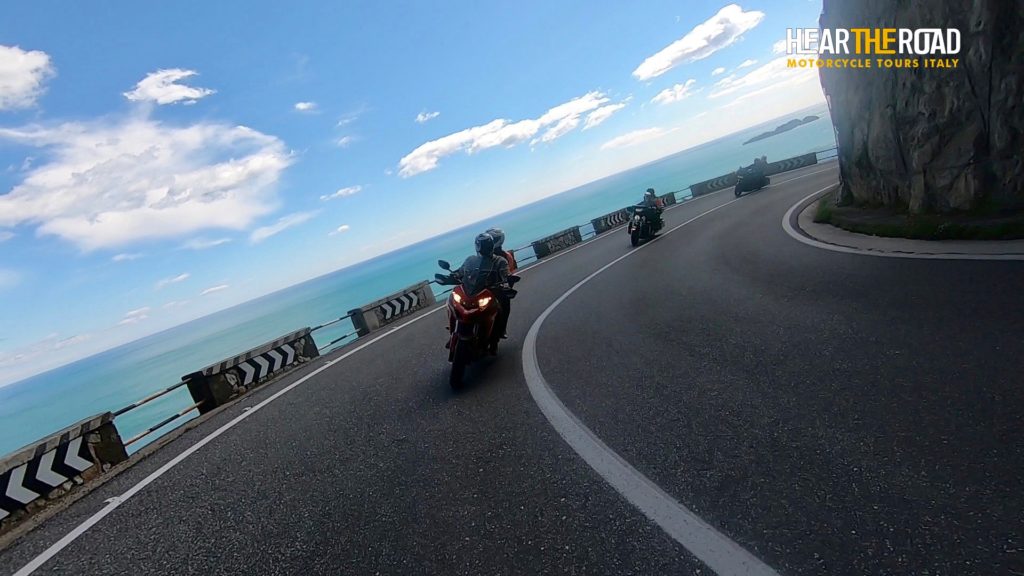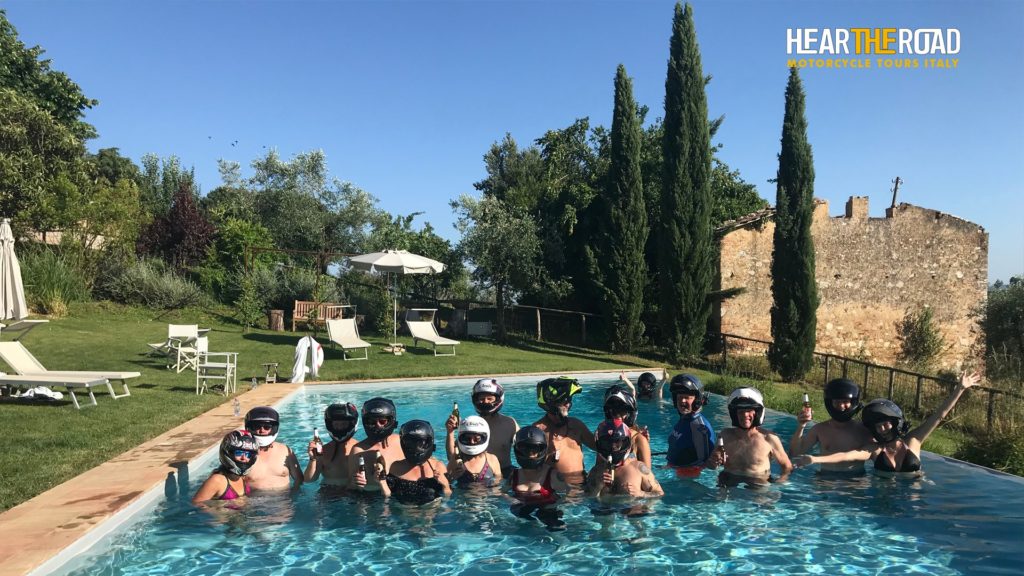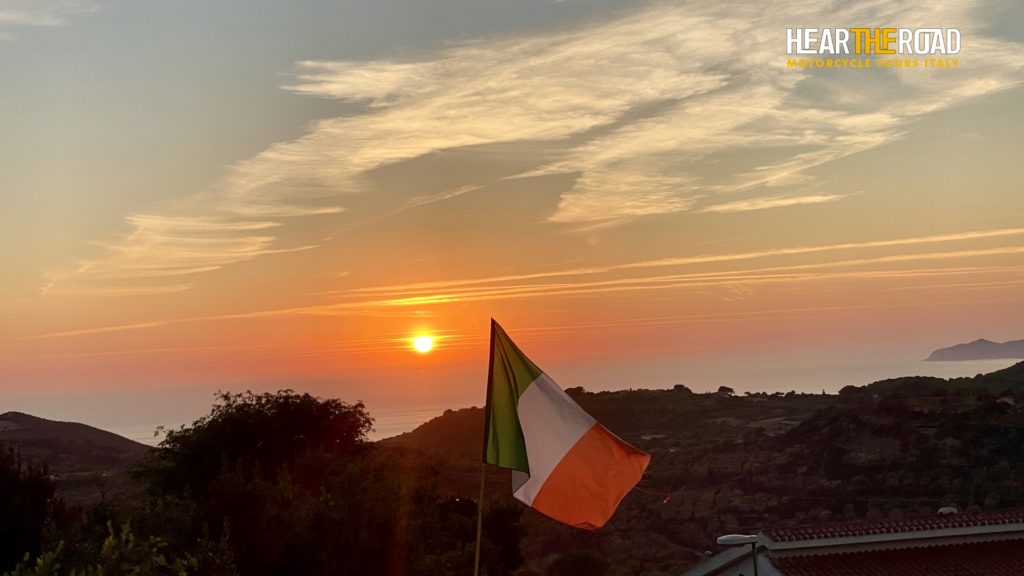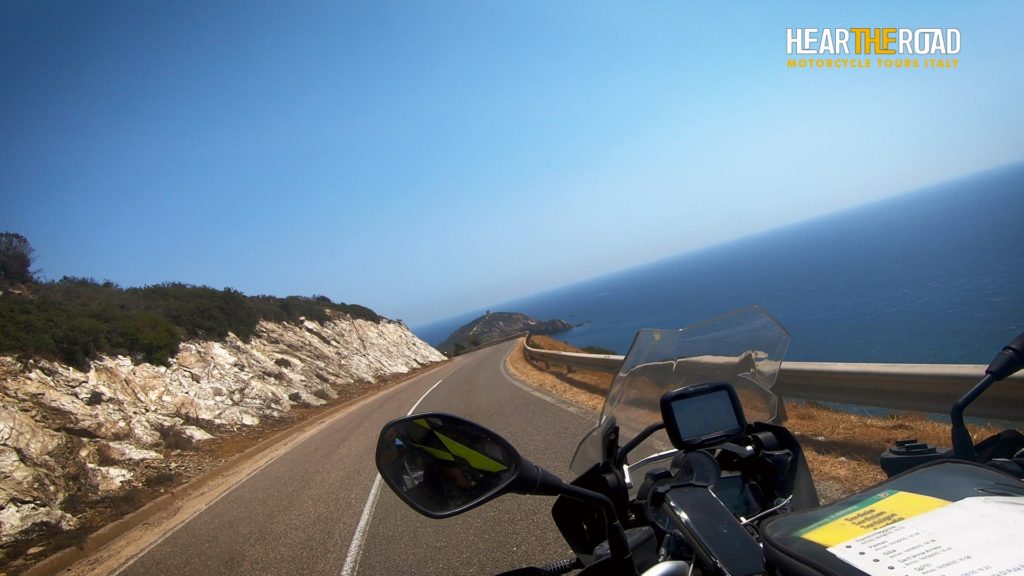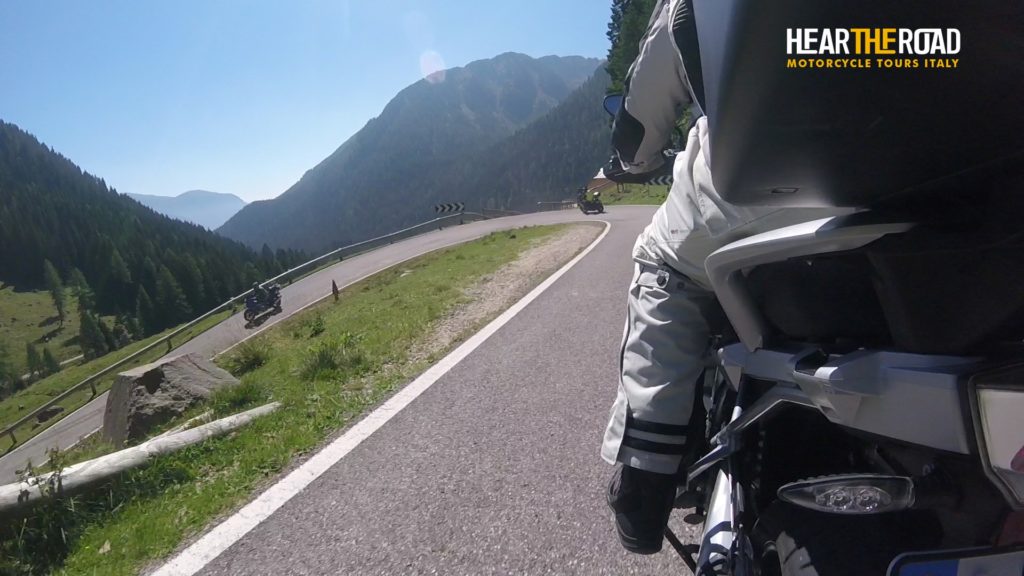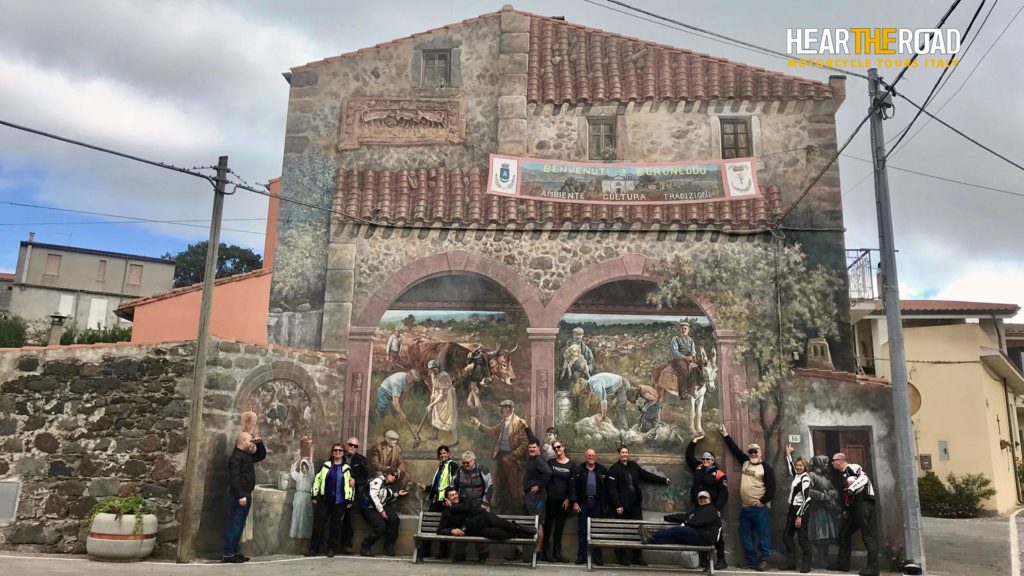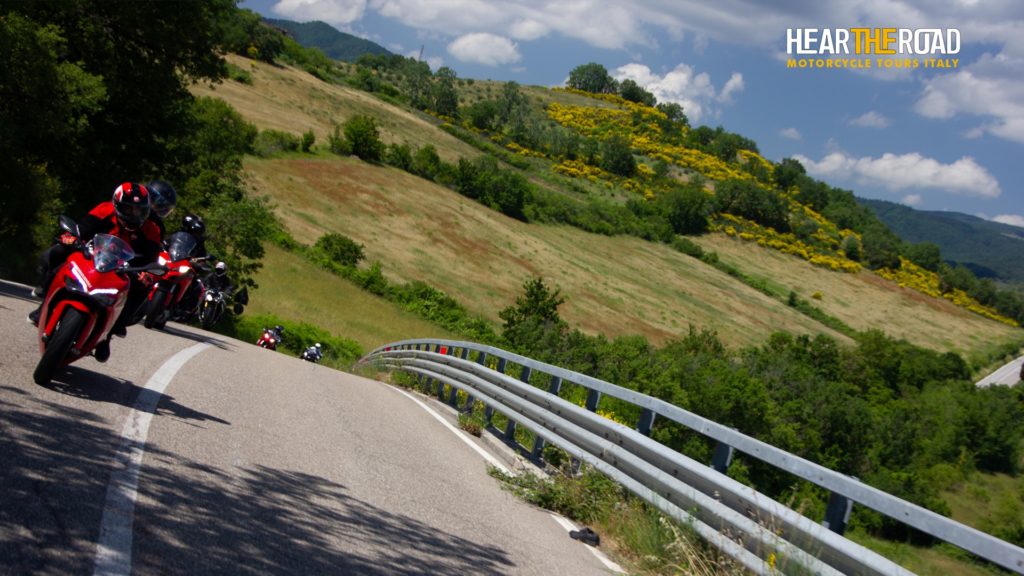After months of planning and a morning of pavement riding, we arrived at a section of the Trans Canada Adventure Trail near Huntsville, Ontario. Our plan was to ride about 900 miles of the TCAT, which stretches 9,000 mostly off-road miles from Newfoundland in the east to British Columbia in the west (see sidebar “TCAT 101” at end of the story).
Our group was a fairly diverse threesome of riders. Dan, who had some dirt-riding experience, was concerned with how his Yamaha Super Ténéré would handle some of the tighter, more technical parts of the trail. Greg’s KTM 790 Adventure was probably the most off-road capable bike on this trip, but with almost zero dirt-riding experience, he didn’t know how he would handle the rigors of the trail.
I had the most dirt-riding experience, and with my new-to-me, BBQ-black enamel painted Kawasaki KLR650 – easily the ugliest bike on the trip – I was probably the least concerned with dropping my bike.
Related Stories:
- Long-Term Review: 2015 Yamaha Super Ténéré ES
- 2020 KTM 790 Adventure R | Road Test Review
- 2022 Kawasaki KLR650 Adventure | Road Test Review
Dirt Naps and Wet Boots
Within minutes of getting on the TCAT, we were faced with a fairly steep hill to climb with good-sized rocks and ruts. I made it to the top, but Greg lost momentum and fell, breaking his left side mirror. A broken mirror only five minutes into the off-road portion of the ride was not a great start. After the required photo, we righted his bike, Dan made the hill, and we carried on.
A few miles up the trail was the first deep, long water crossing with a pond on both sides. Greg again stumbled and got caught in a rut. In one scary moment, Greg fell, getting his bike twisted around and aimed directly into the pond we were crossing. One inadvertent twist of the grip and his bike would still be in that pond today. Getting it out ensured that both his and my boots were soaked, as waterproof boots are only effective when the water is not up to your knees.
After Greg had another fall in some deep sand, we decided we should start looking for a spot to camp. Our plan for this ride was to camp on public Crown land (see sidebar) as often as possible to add to the adventure and reduce our costs. There promised to be a lot of Crown land up north, but we knew it might be harder to find where we were at that point.
While looking for a camping spot, Dan led us through a puddle that looked on the surface like every other one we had recently splashed through. But this one was different. As Dan rode into it, his front wheel disappeared into the water, followed by the rest of his bike nearly up to the seat. He quickly hit the kill switch to avoid sucking water into the airbox and was stuck deep in the muck. After the requisite laughter and photos for posterity, Greg and I pulled him out backwards using a tow strap we had brought for such occasions. Now Dan was a member of Team Water-Soaked Boots.
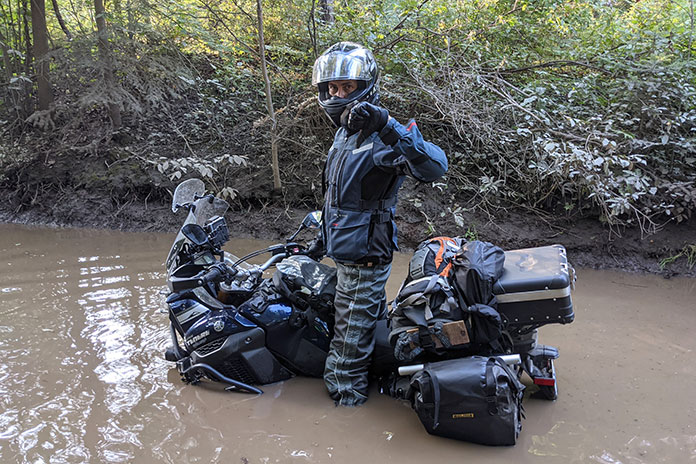
Related Story: A Solo Journey on the TransAmerica Trail
Trans Canada Adventure Trail? Or Zombieland?
Exhausted and fearful of future bike-sucking puddles, we left the trail and camped in an area with several abandoned RV trailers and a bus, left to rot away in what appeared to be an unofficial RV graveyard.
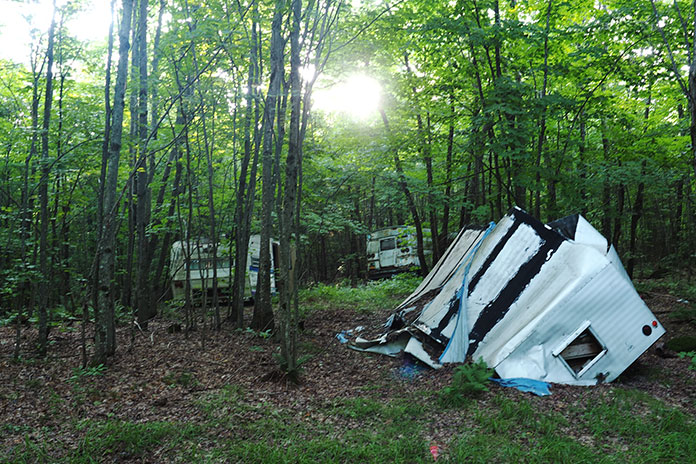
After a night filled with zombie RV nightmares, we found the TCAT again. The trail turned from an abandoned, pulled-up rail line to a narrow one-lane “road,” to a two-lane logging road, followed by a highway near North Bay, then back to an old rail line again. The variations of the route ensured that we remained focused, monitoring the terrain for rocks, potholes, and water. After what seemed like forever along an old rail line, heading west directly into the setting sun, we camped in my aunt and uncle’s backyard, which is a bit off the trail on a beautiful lake near Sudbury.
In the morning, we continued along the TCAT to an old rail bridge that we were not brave – or stupid – enough to cross. It seemed about 450 feet long and at least 100 feet high with no side rails. Many rail ties were missing, broken, or burned. There was evidence of snowmobile tracks on the bridge, but we agreed that trying to ride our bikes across was a terrible idea, so we backtracked and got on the highway toward Sudbury.
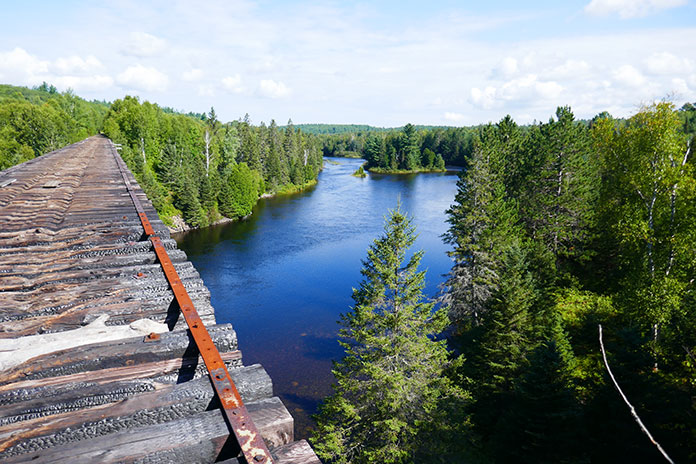
Once back on the TCAT north of Sudbury, we were totally alone. The road turned into a single lane with trees on each side. If two cars were to meet here, they would have to negotiate a path to allow each other to get by. We didn’t see any cars though – or anyone else. A stop near a river gave us a chance to enjoy the natural beauty and sounds of a seemingly endless supply of rushing water. The isolation was a rarity for us, and the peace of shutting our bikes off in the middle of the trail and hearing nothing but the gentle breeze through the trees never got old.
The TCAT offers some alternate technical sections that roughly parallel the main track. One section we took follows a power line cut through the woods and offers up some decent challenges, including rocky ascents and descents. Several water crossings gave us some difficulties and wet boots, but we eventually made it through.
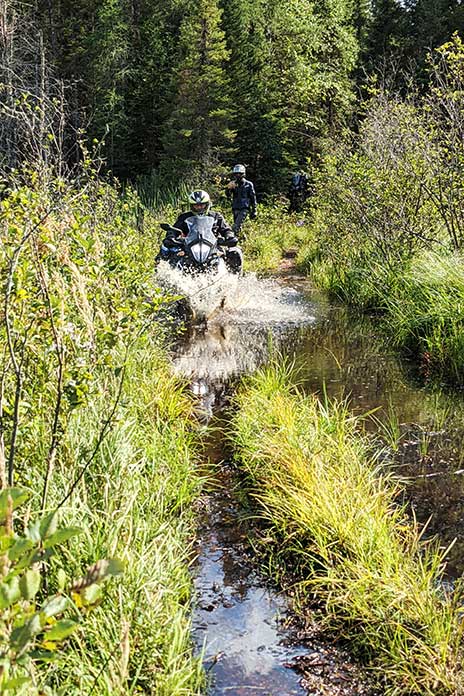
‘It’s log, log! It’s big, it’s heavy, it’s wood!’
Once off the technical section, the track had us on a road where the only traffic was logging trucks. There were three tire tracks in the gravel, and we tried to stay on the farthest right one, especially around corners, because the trucks use up the two left tracks and then some.
We almost choked in the dust thrown up by the trucks. One time, after two trucks went by in a row, I could hardly see the road in front of me and had to slow down for fear of going off the side.
We found a nice camping spot just off the road with an outhouse, which, at this point in this isolated part of the province, was a luxury for us.
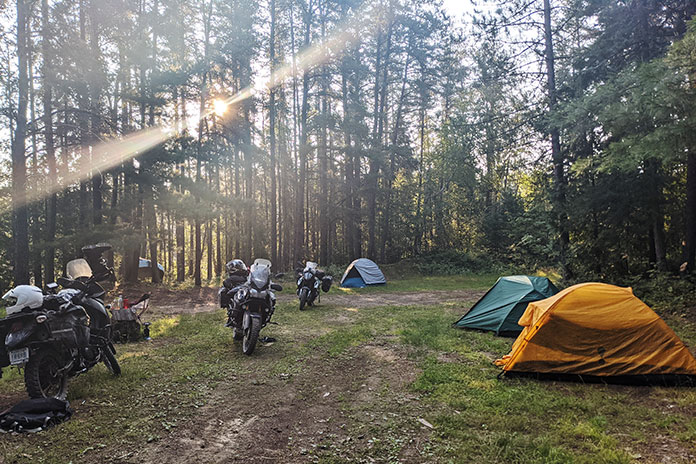
After making it to Shining Tree the next morning, we bypassed the 60 or so miles of logging road the TCAT follows that would’ve taken us to Timmins and instead got on Highway 560 toward Watershed. The track again took us on a logging road toward Chapleau, where we stocked up on groceries, knowing that the next stretch would keep us away from civilization for more than 24 hours along some snowmobile trails toward Wawa.
Leaving Chapleau, we rode on gravel roads for a while, and we started searching for a camping spot. Our goal was to find a spot that was roomy with plenty of space for a fire, as well as water nearby for swimming and collecting our drinking water. In this part of the province, there is a ton of Crown land, but our standards meant that we had some trouble finding a good spot that day. We finally found a seldom-used boat launch where we set up our tents as the sun was setting. We had a great fire on a beautiful sandy beach, listening to the calls of the loons on the otherwise deserted lake under the glow of the nearly full moon.
The next day our gravel road turned into a snowmobile trail, wide enough for a truck but with a lot of rocks, sand, and hills. Trails that are smooth and easy in the winter on a snowmobile can be treacherous in the summer on a motorcycle.
Hello? Anyone Out There?
Isolation was our constant companion. We had seen only a couple of people since the previous afternoon in Chapleau. As we were riding along, a black bear suddenly darted out about 20 feet ahead. He quickly vanished into the bushes, but the shock of it stayed with me for a while, so I slowed my pace. Hitting a bear was not something I was keen to do.
Shortly after the bear sighting, we came across a clearing by a lake where someone in a truck camper had set up. Needing our morning coffee, we stopped and asked if he minded if we made our coffee by the water. Dan had a swim while I made the coffee, and we had a chat with the man, who said he loves the area and comes up every summer from Michigan with his canoe and ATV. He gave us a few pointers about the type of route we had ahead of us.
We arrived at Halfway Haven Lodge, which coincidentally is located about halfway between Wawa and Chapleau on the trail. It’s mainly a hunting camp and snowmobile lodge and was closed for our summertime visit. In the winter months, it has fuel and a few cabins for rent. A neat place in the middle of the Northern Ontario wilderness.
We continued on the sometimes rocky and challenging trail, which again followed a power line. It is safe to say that the power line portions of the northern Ontario TCAT are some of the most challenging sections. They are also the most interesting and offer some of the nicest views. Eventually the track turned back into a small road. It was another hot day, so we took advantage of a great swim spot on the side of a gloriously refreshing river.
As we approached Wawa and the end of the TCAT portion of our trip, we came across a small box in the road with a handwritten note on it saying there was a washout ahead and the road was not passable. A man in a truck confirmed that the washout indeed made it impossible for us to get through. We considered going to check it out for ourselves, but Greg had reached his limit for gravel and trail riding, so we declared the end of our TCAT journey and made our way back to the pavement of Highway 11 and eventually home.
The section of the TCAT from Huntsville to Wawa was everything we had hoped it would be. If you crave isolation and remoteness without being more than a few hours from civilization and challenging adventure riding, the Ontario portion of the TCAT will reward you. We’ve already begun planning our next TCAT journey.
Trans Canada Adventure Trail Sidebar: TCAT 101
The Trans Canada Adventure Trail is a 9,000-mile route across Canada from the east coast of Newfoundland to the west coast of Vancouver Island. It started out as a concept in 2007, took five years to map out, and was put together with the help of many volunteers. Most of the route is gravel or dirt, with some pavement sections where necessary. If a rider is looking for more of a challenge, there are some alternate sections that are more technical than the standard route. Visit GravelTravel.ca for more information and to purchase the GPS tracks of the TCAT for $25.
Much of the TCAT in northern Ontario goes through Crown land (what Canadians call public land), and it’s important to obey rules about what you can and cannot do. Camping by Ontario residents is free for up to 21 days at any one site per year. Nonresidents must pay a fee of approximately $10 per night, and permits can be purchased online. For more information, click here.
The post The Long Way Across Ontario on the Trans Canada Adventure Trail first appeared on Rider Magazine.
Source: RiderMagazine.com

